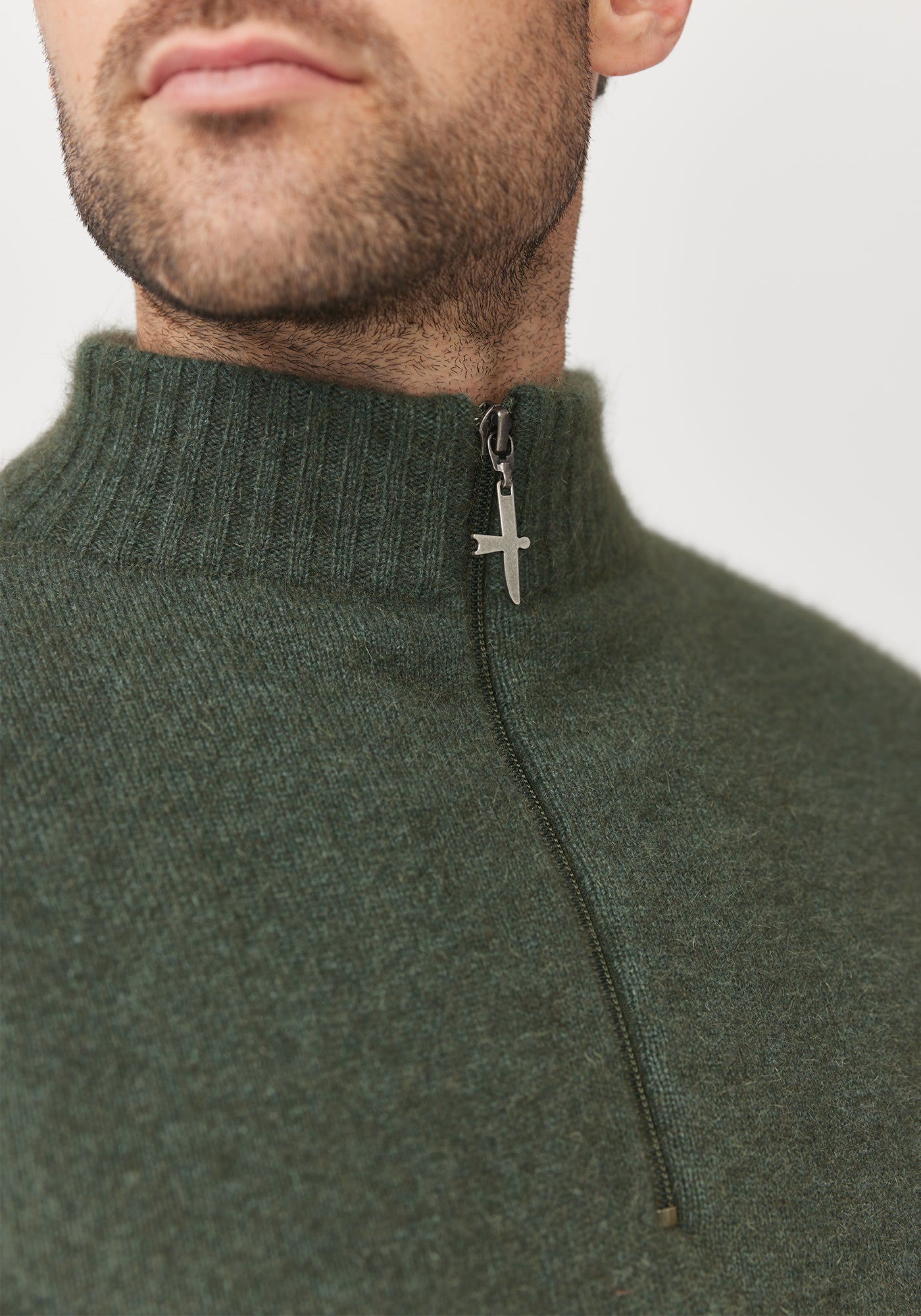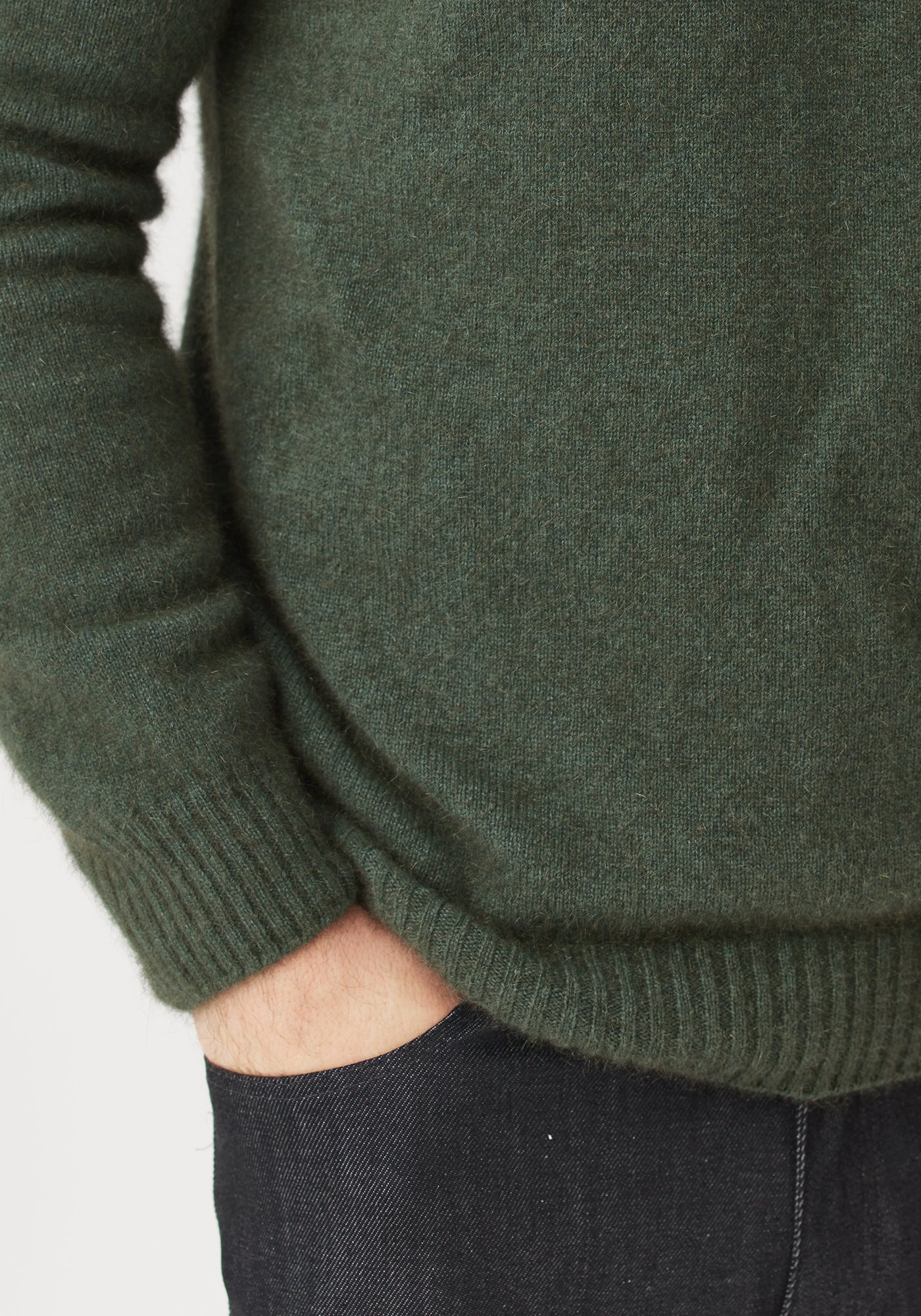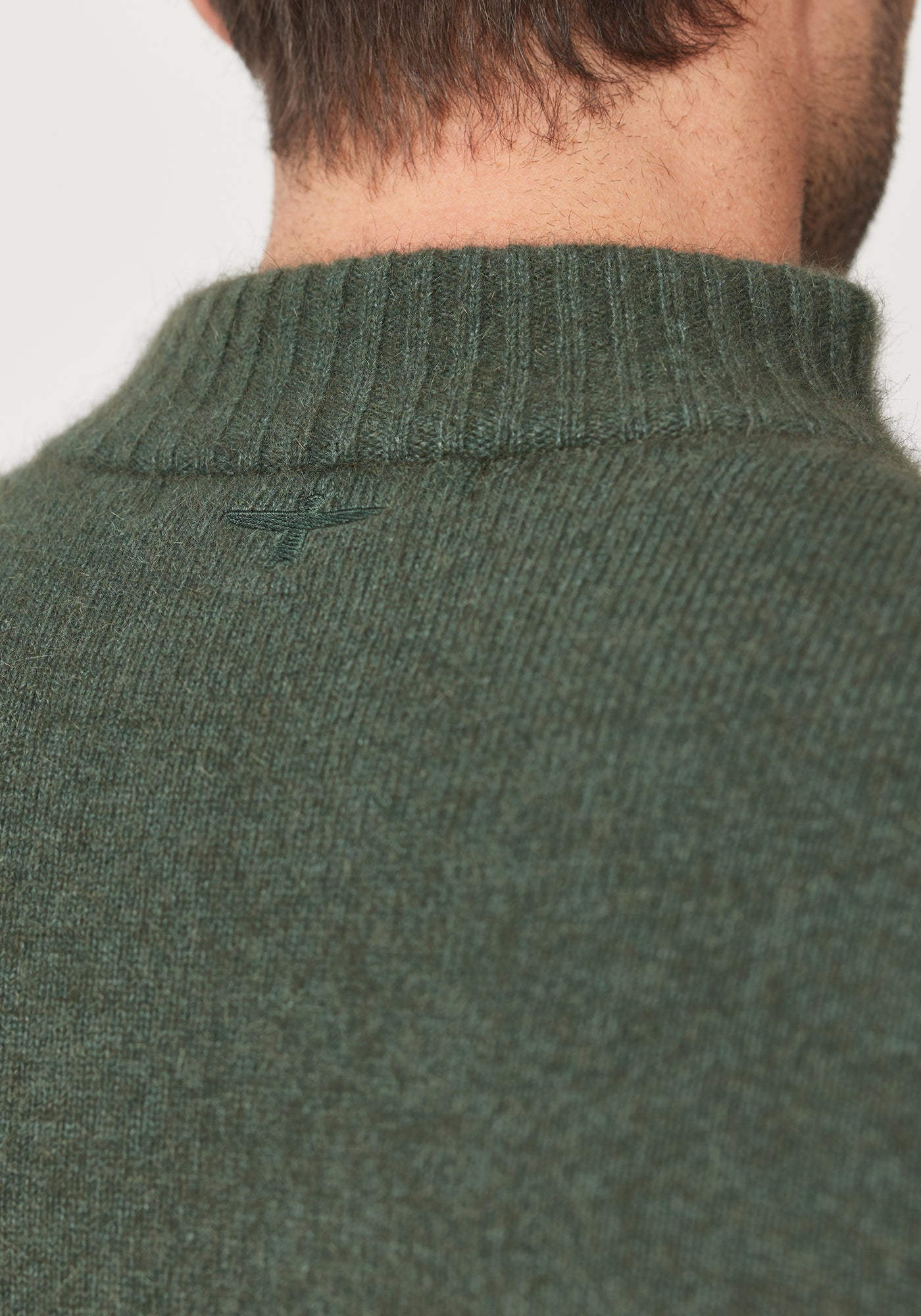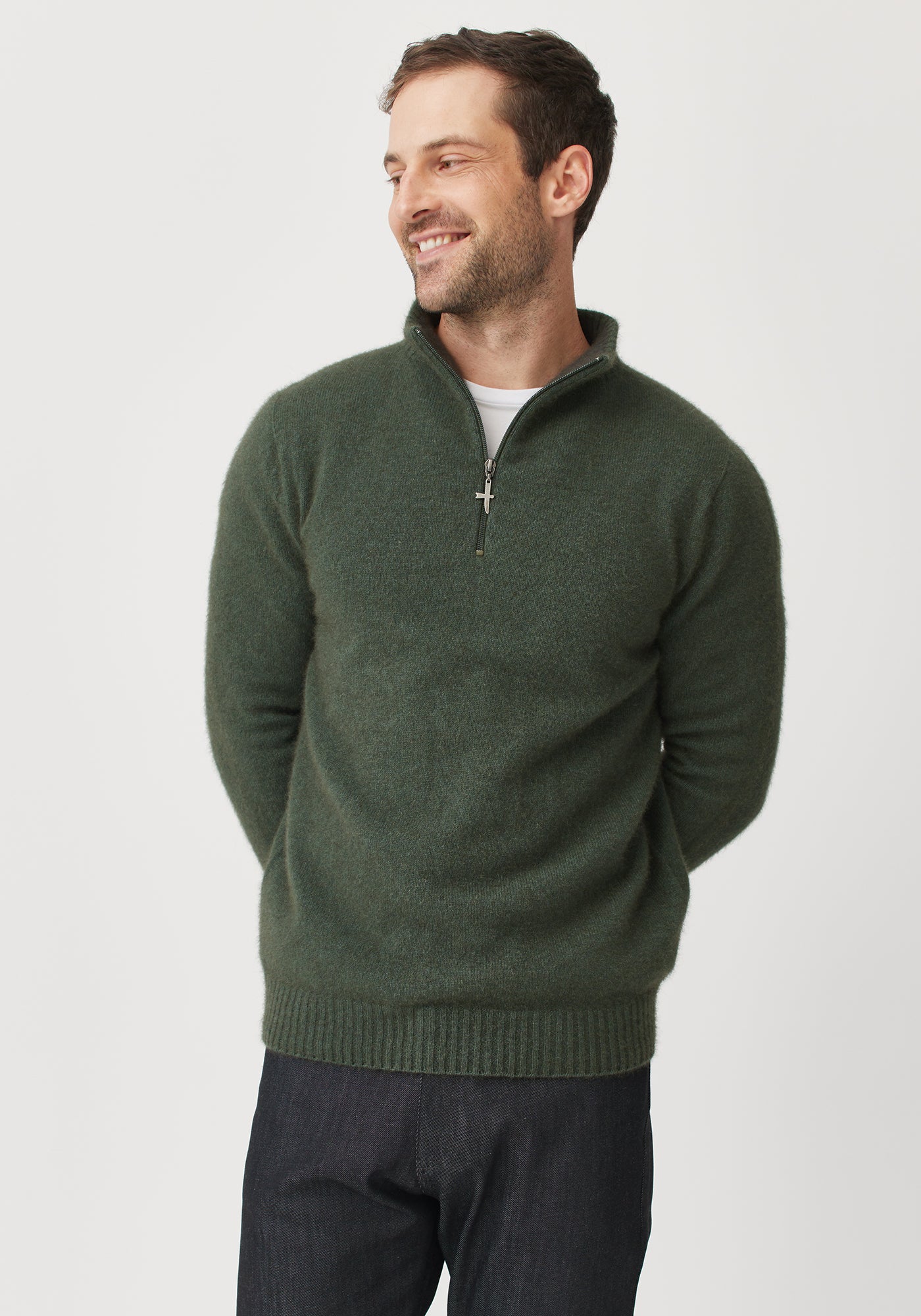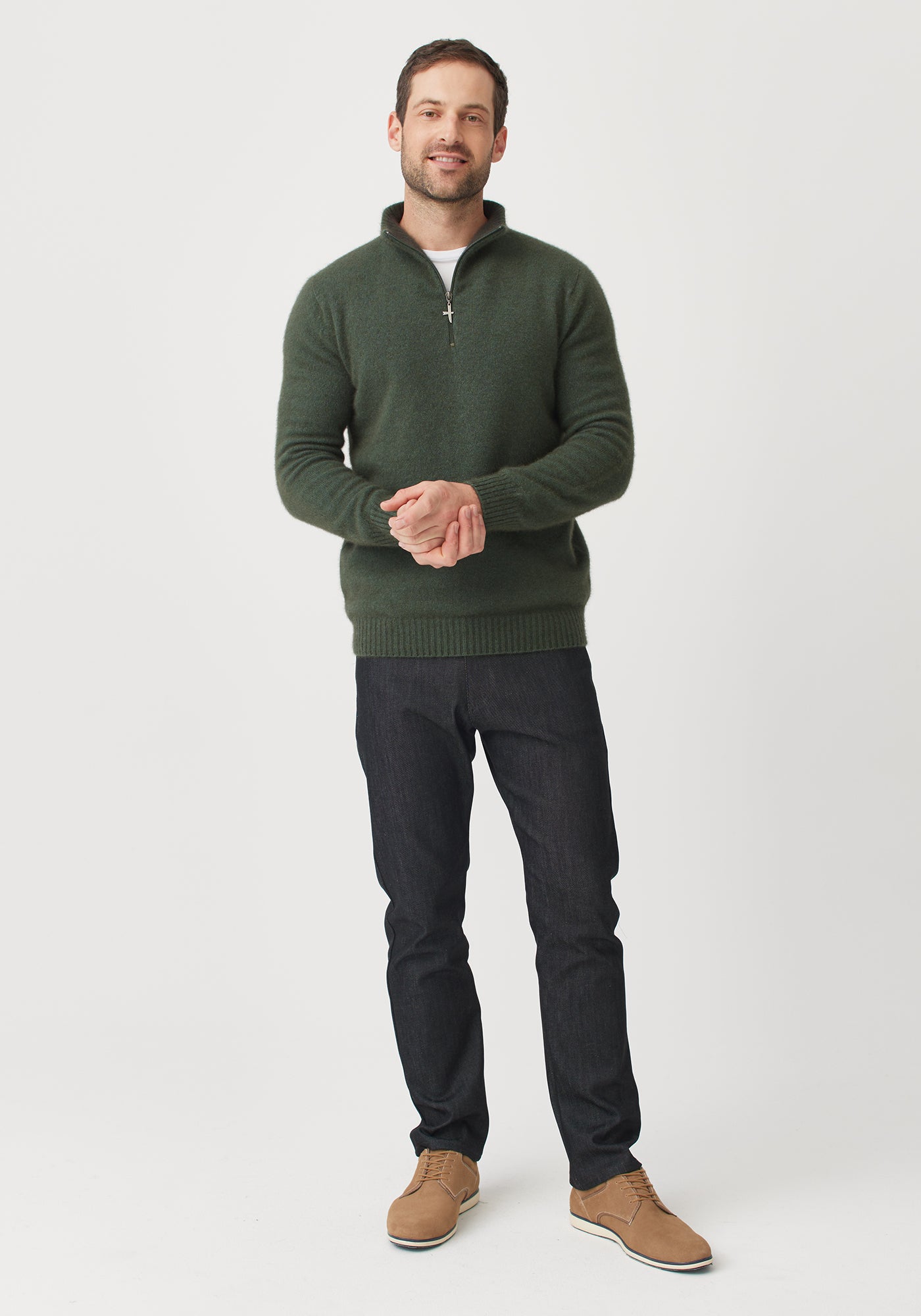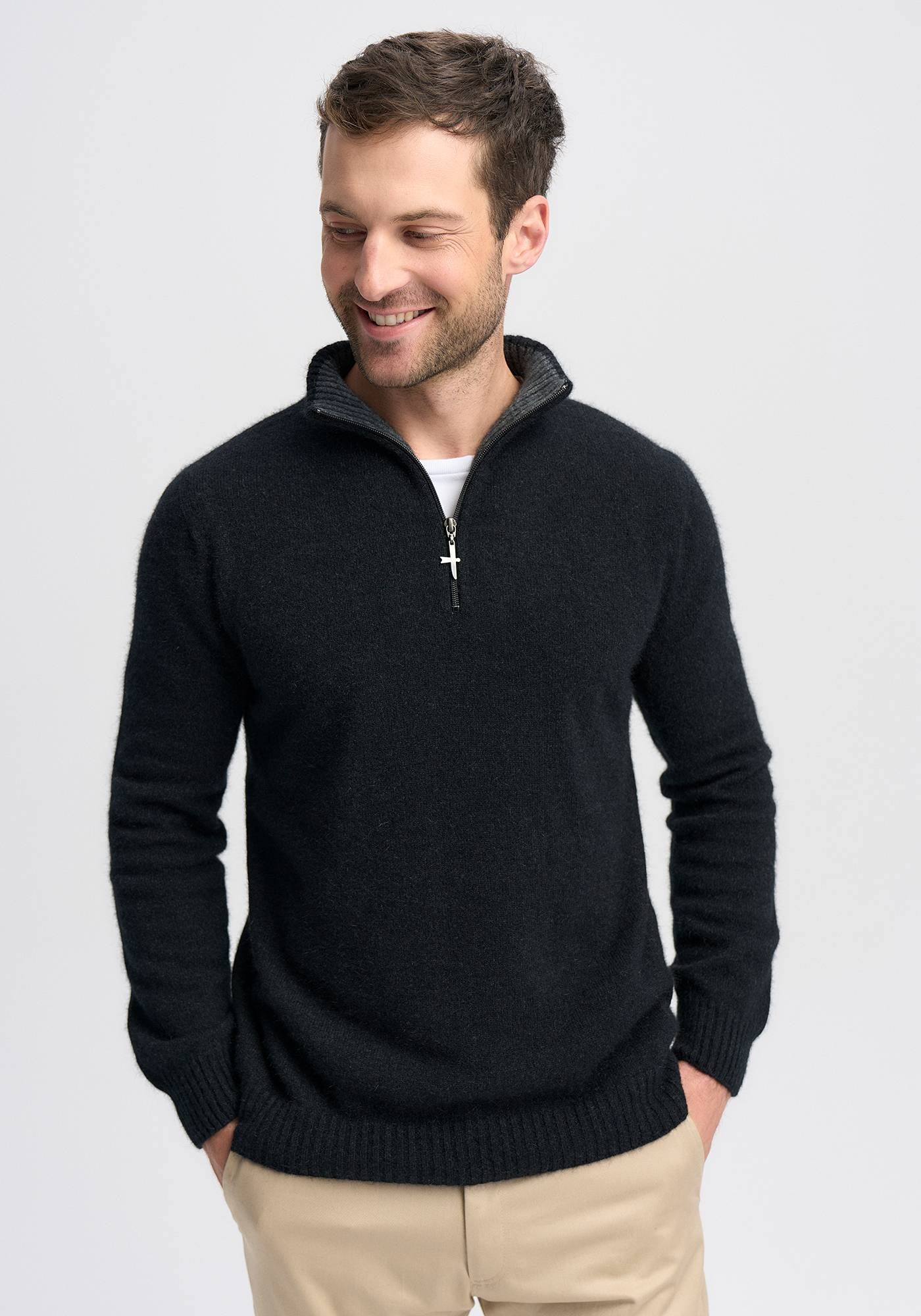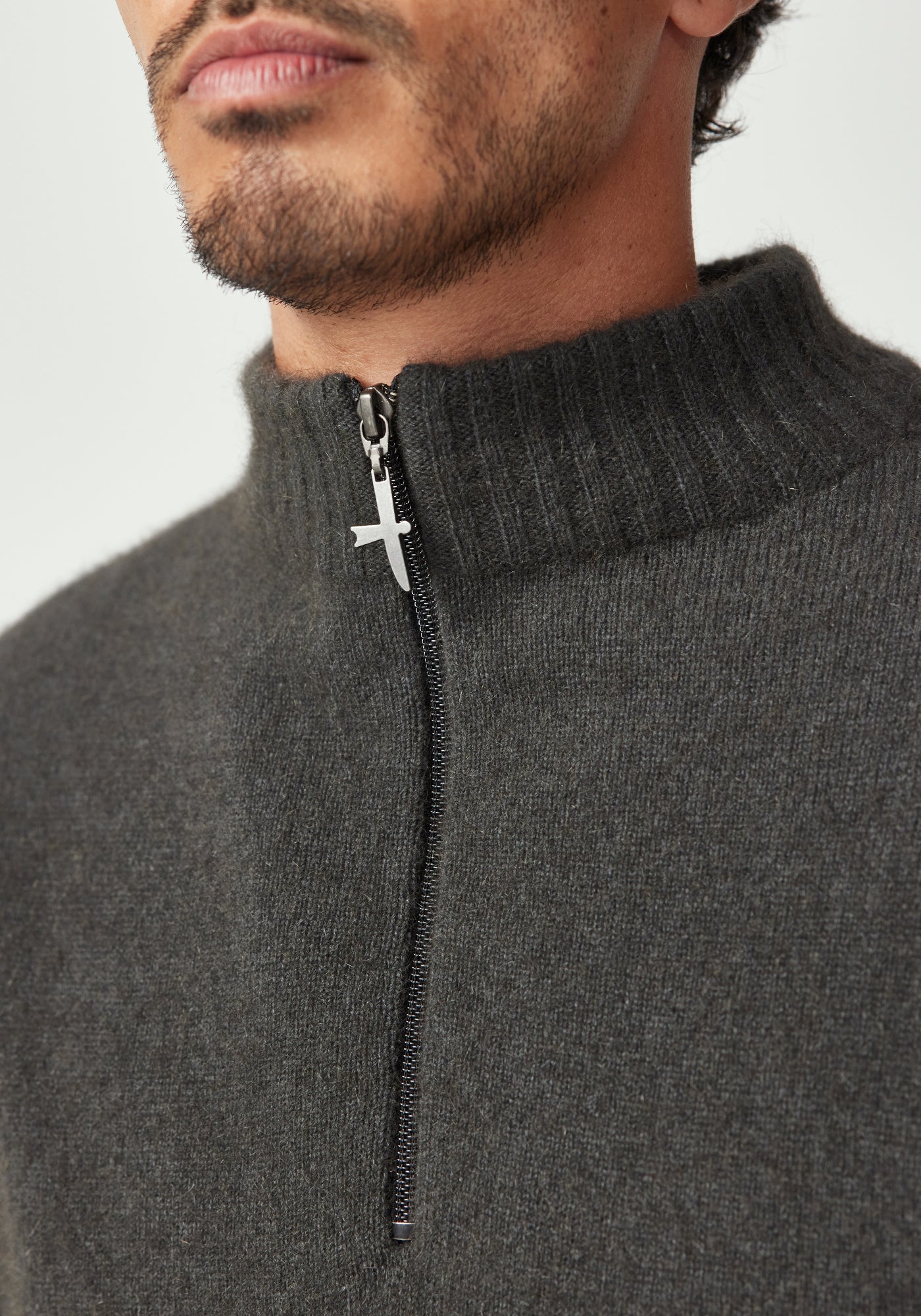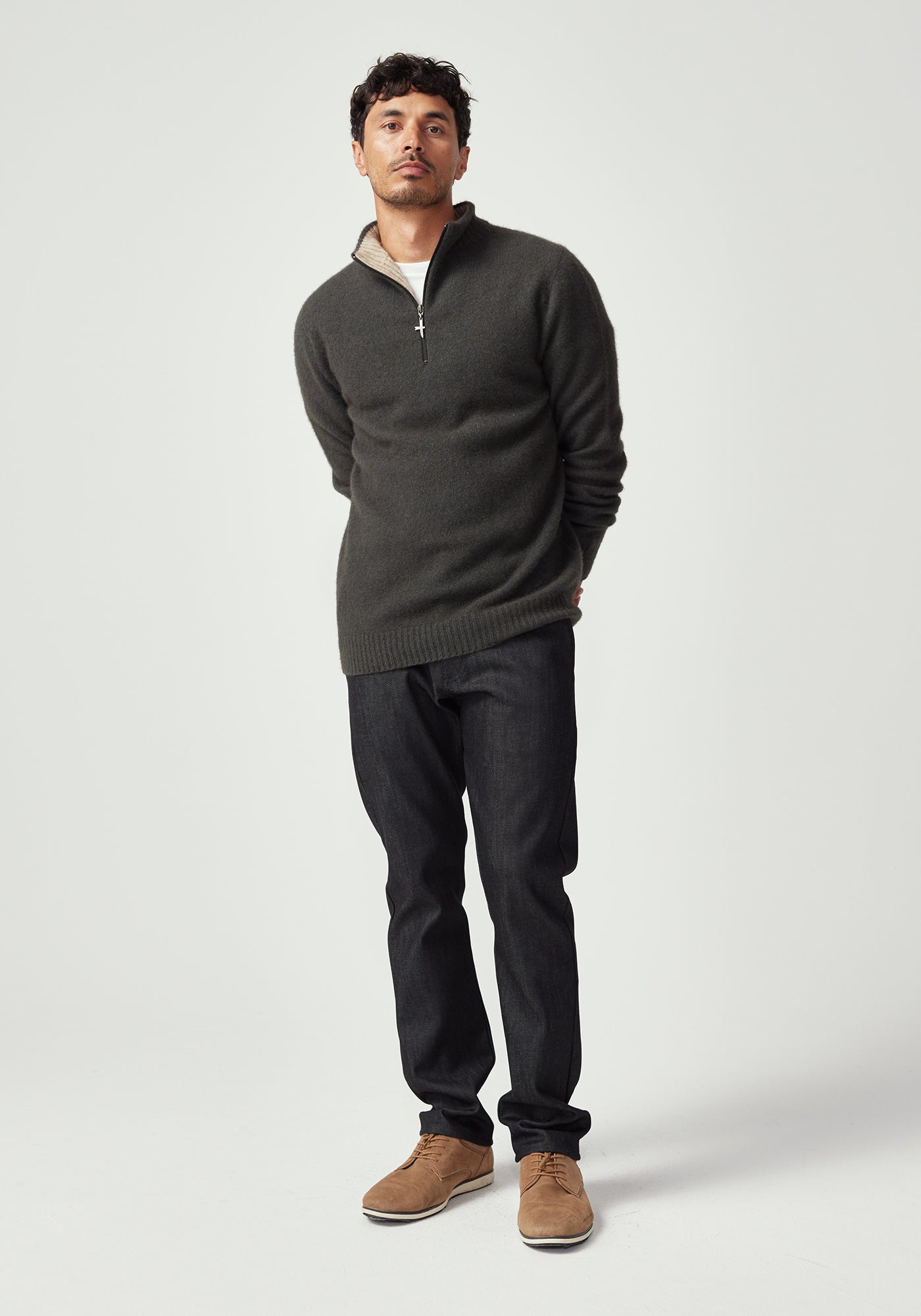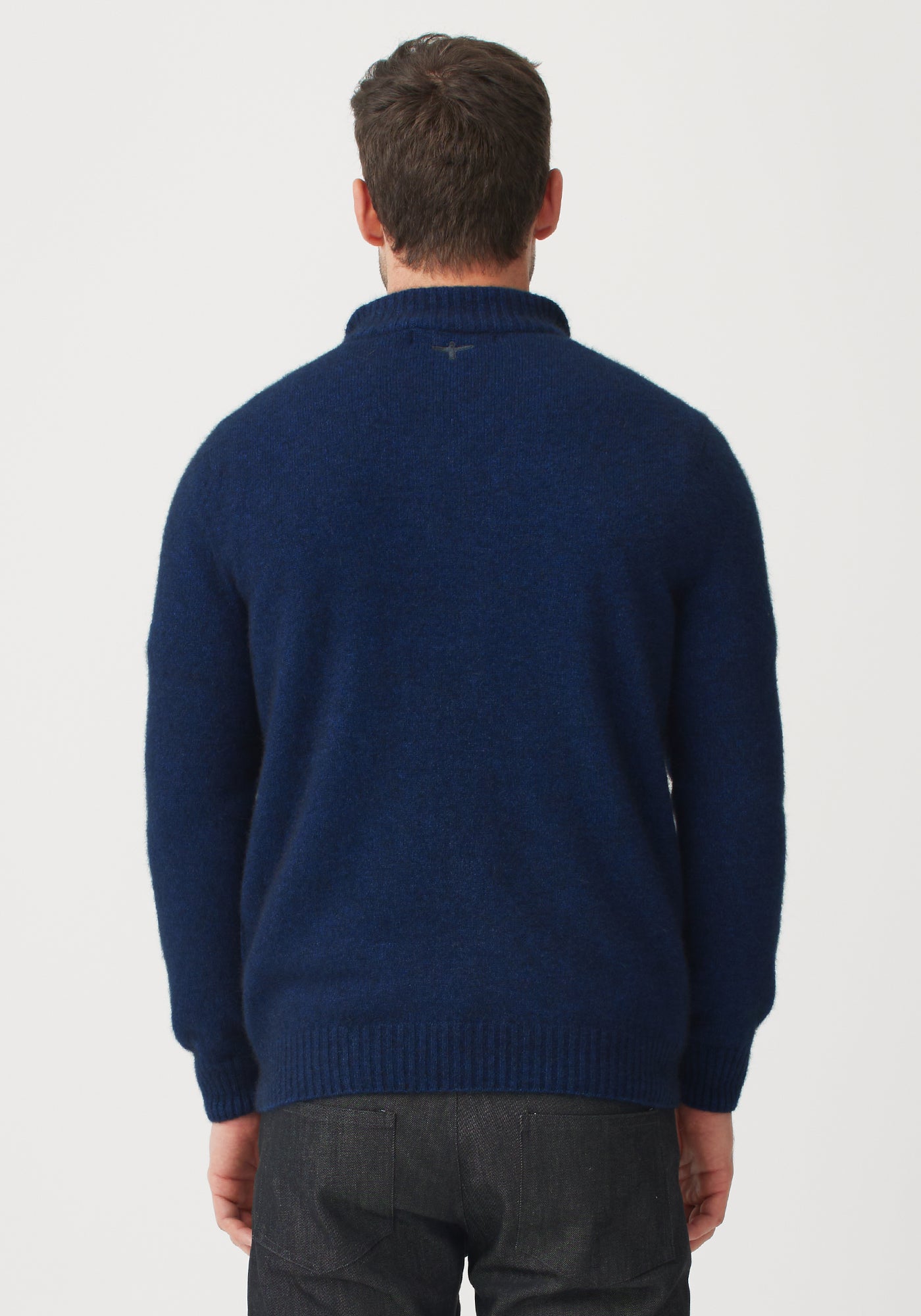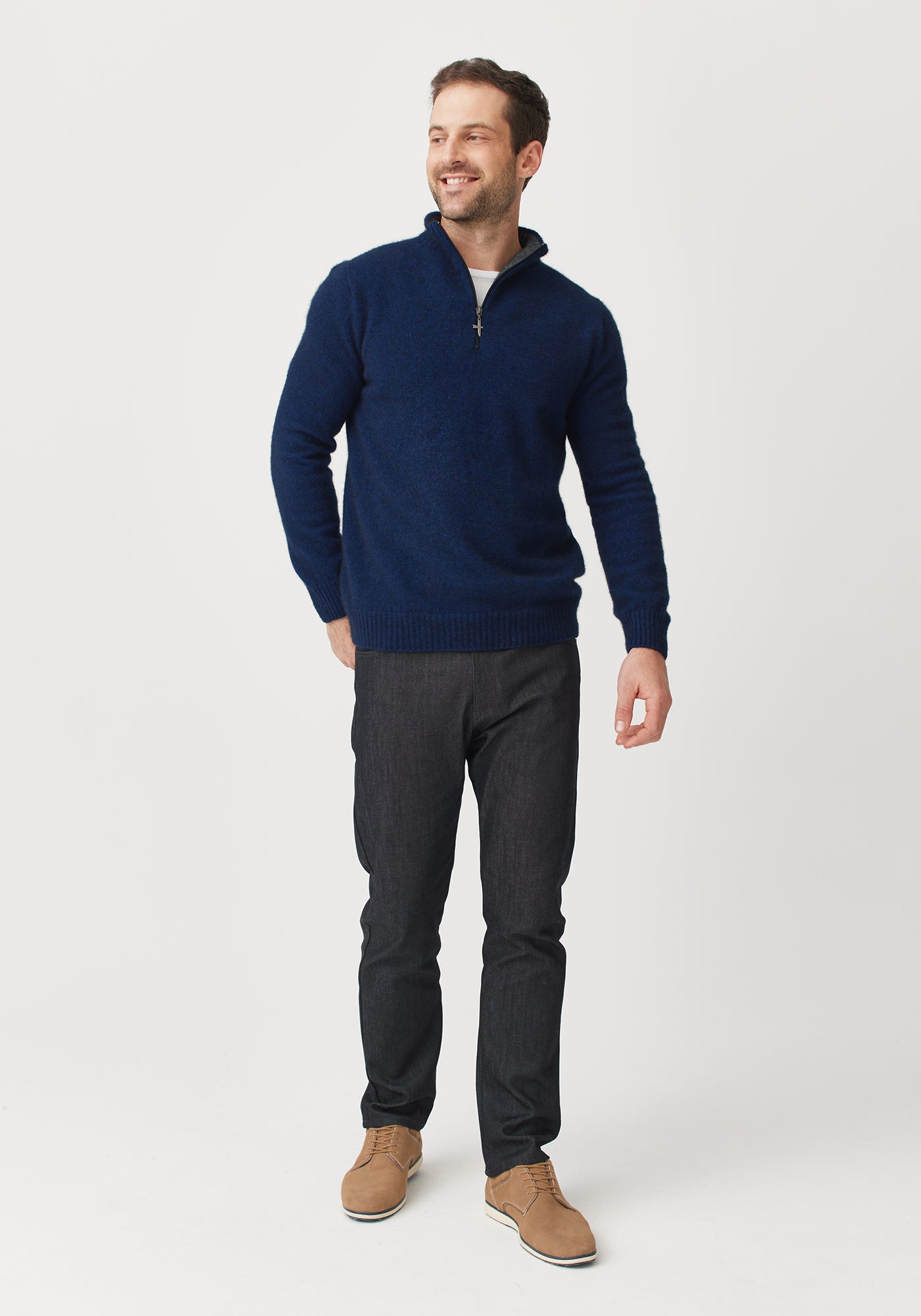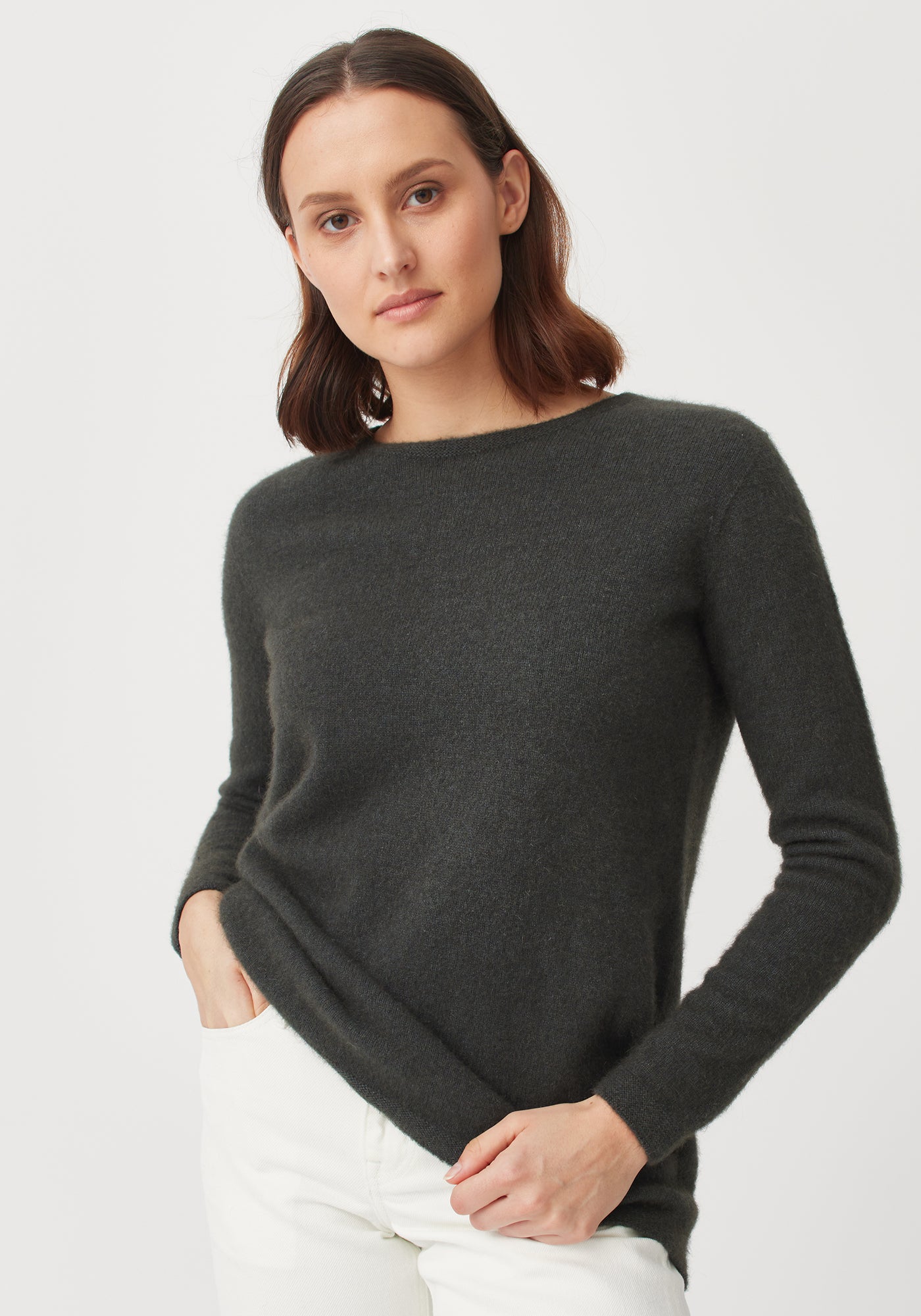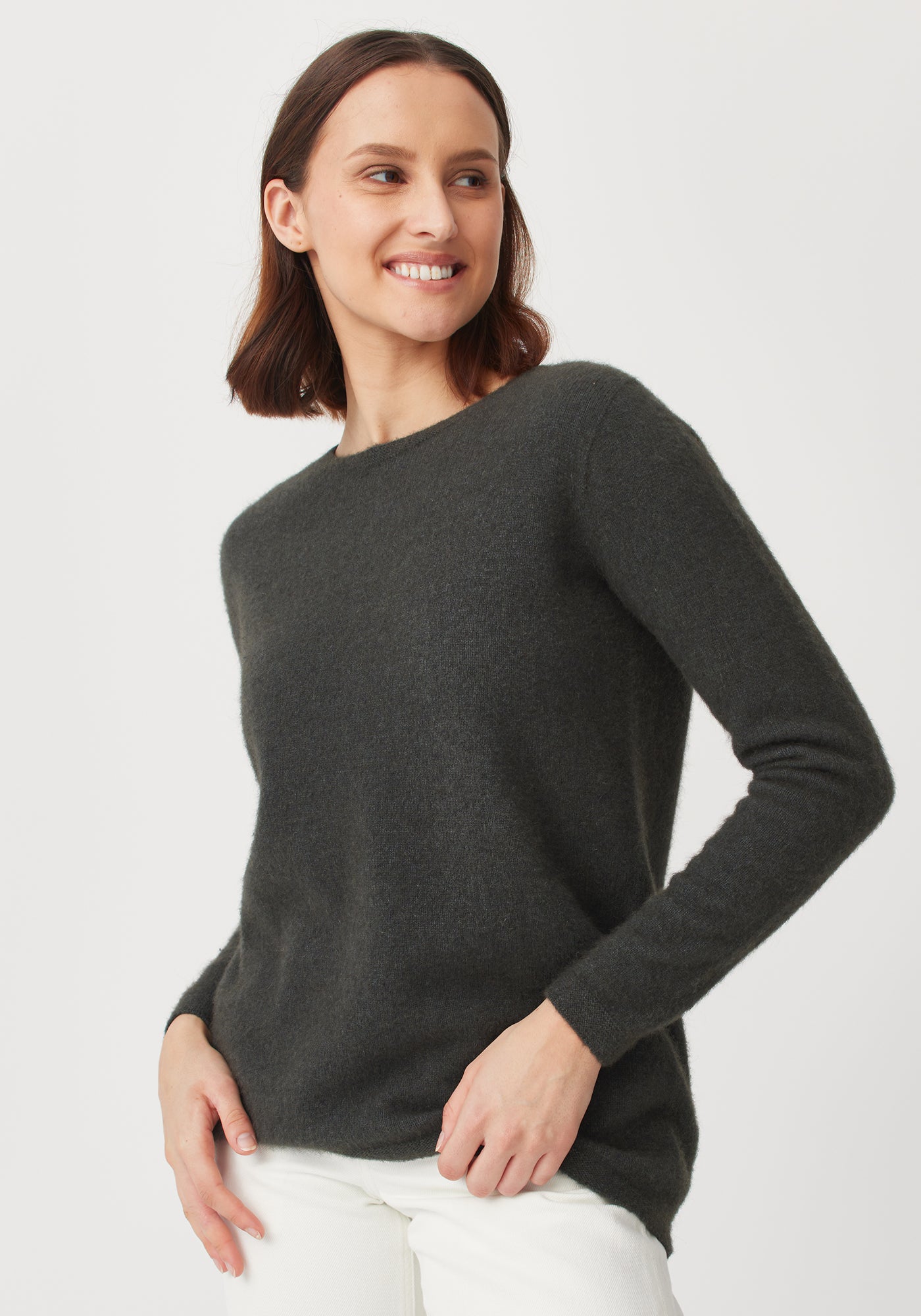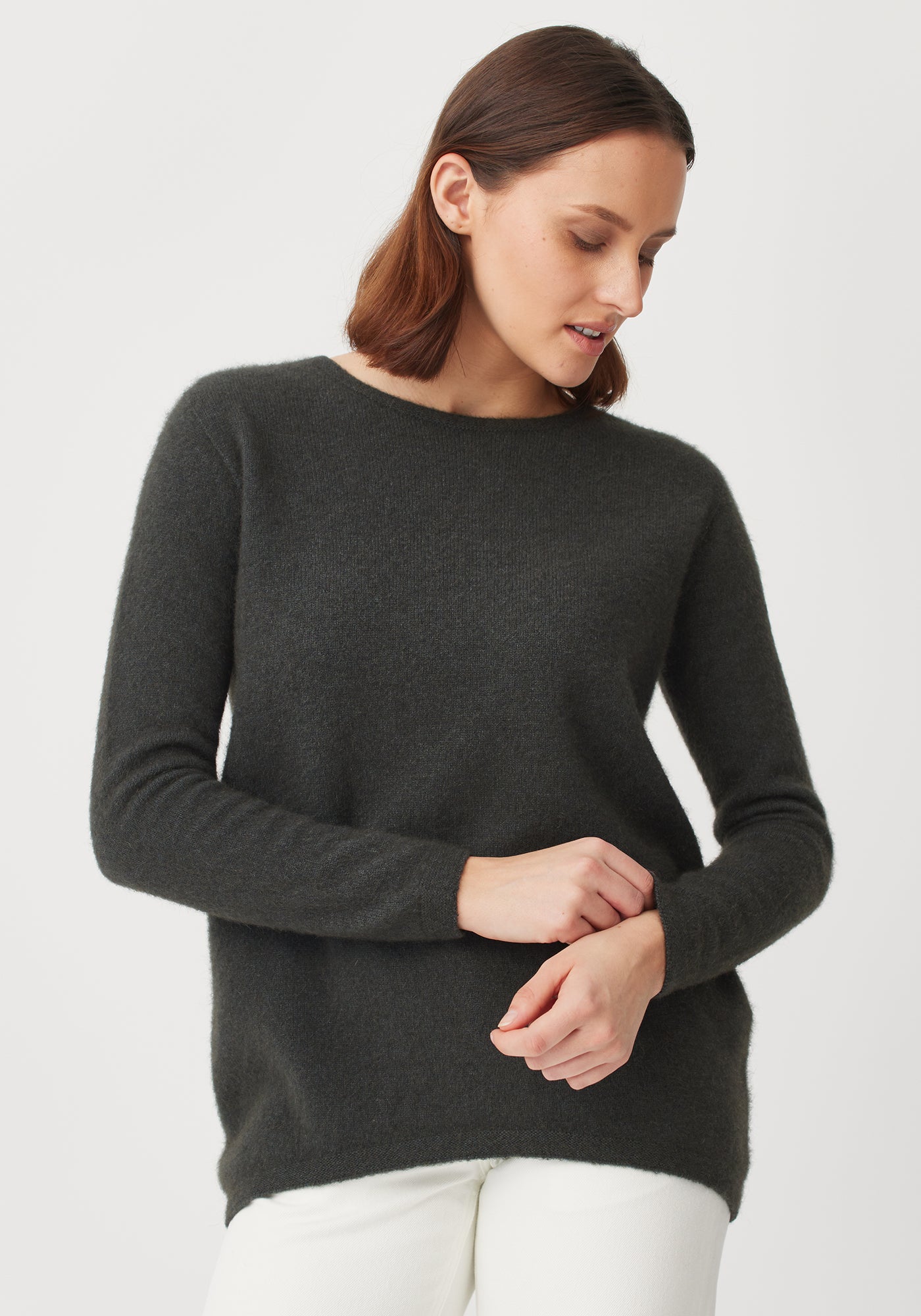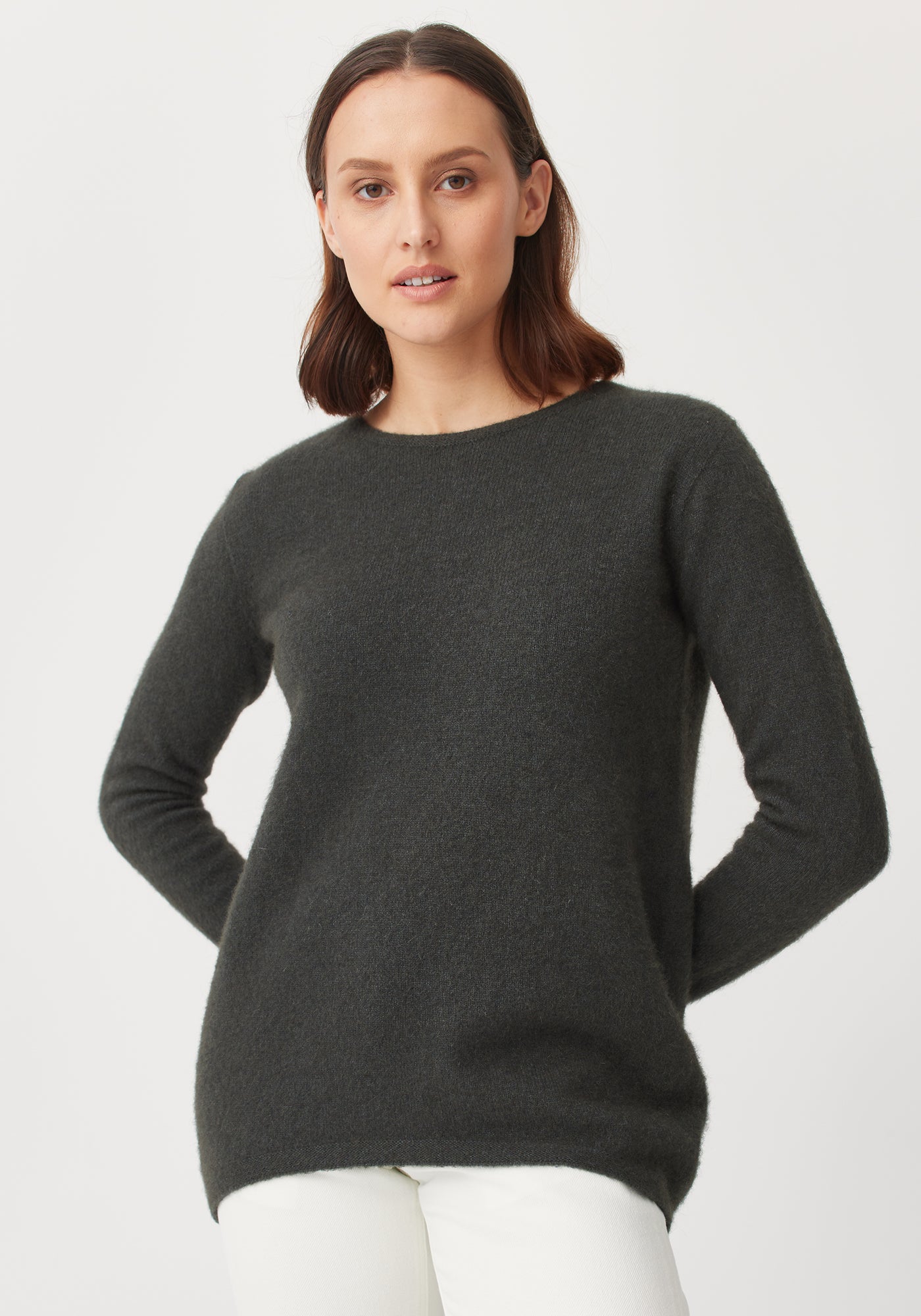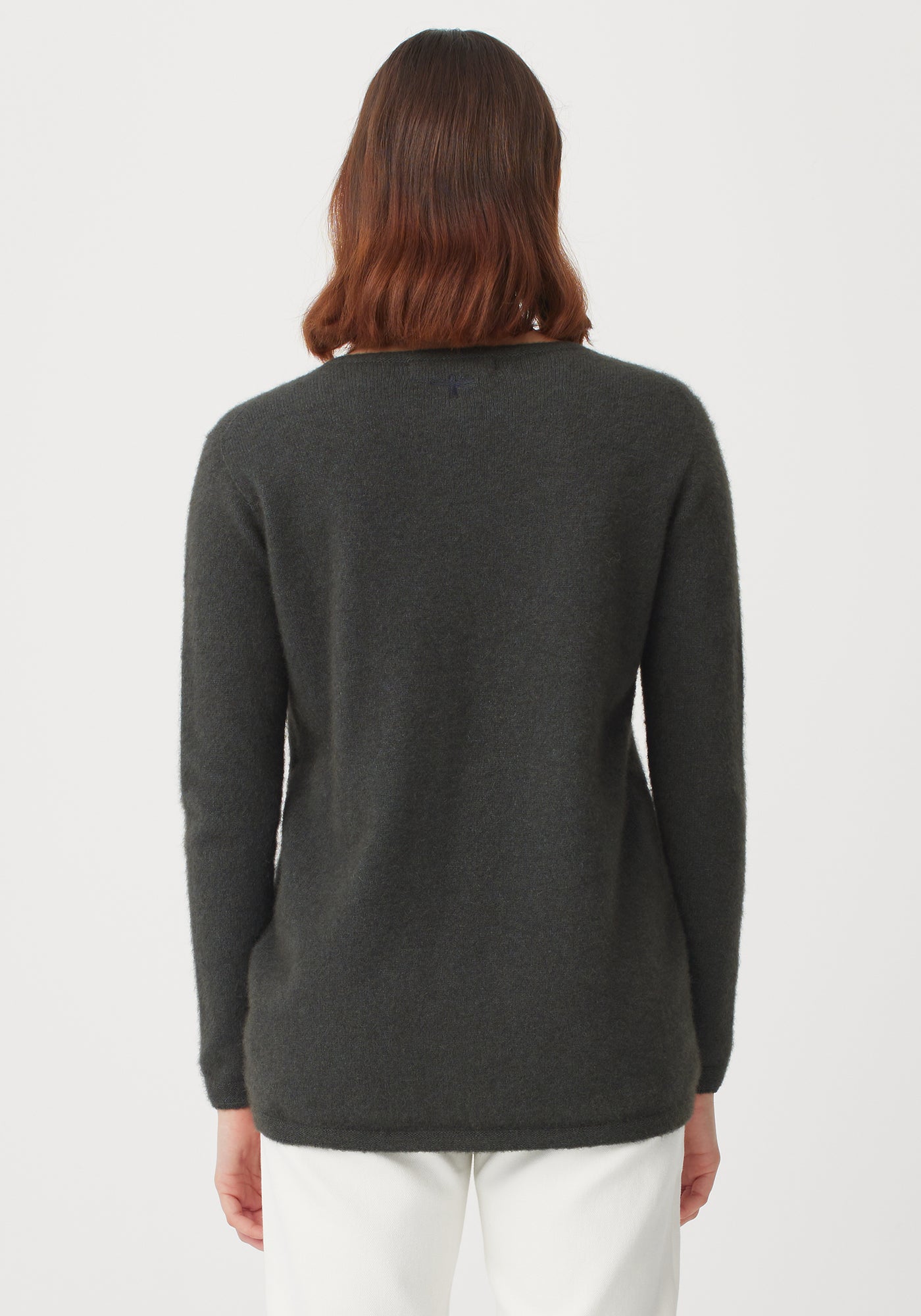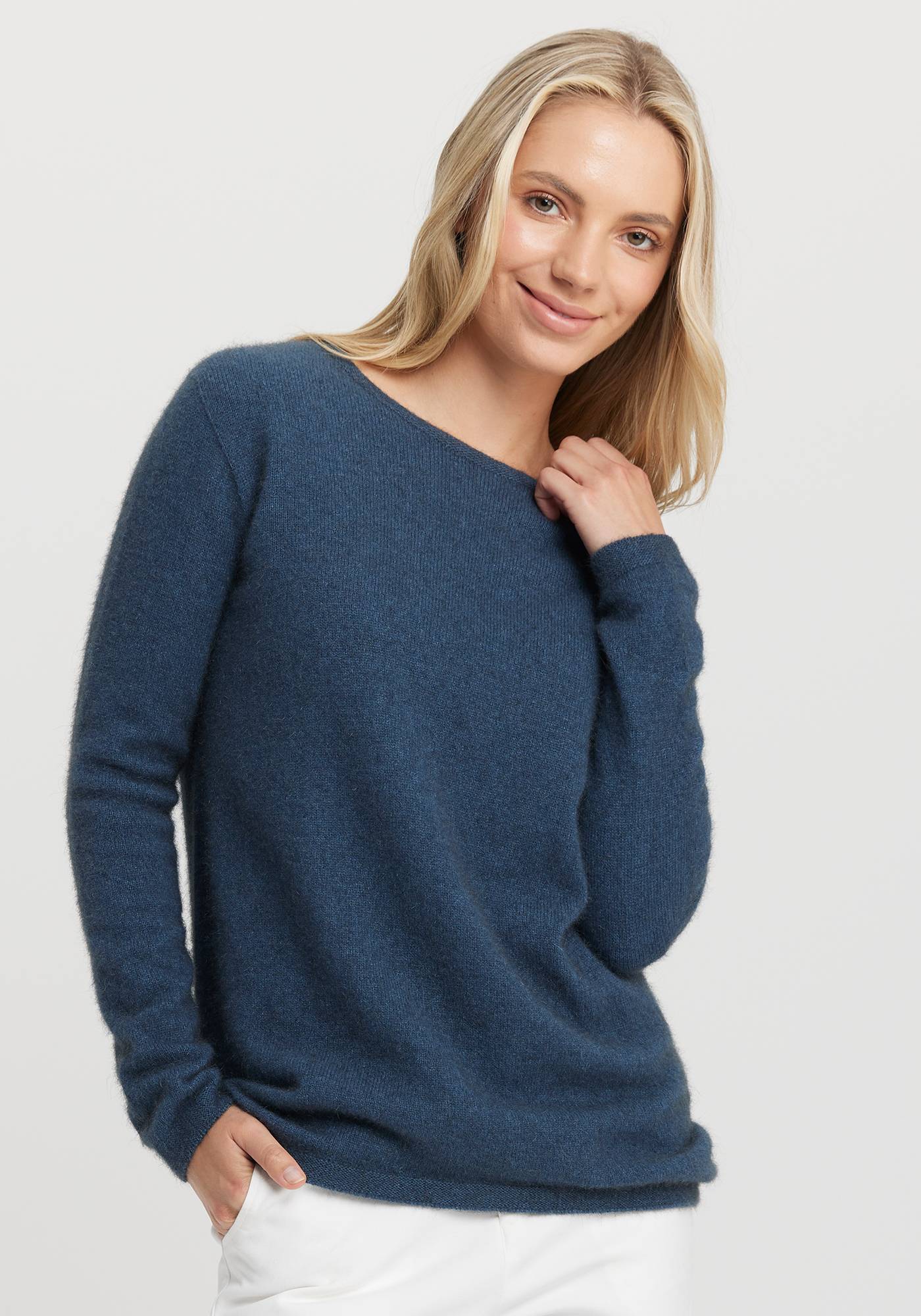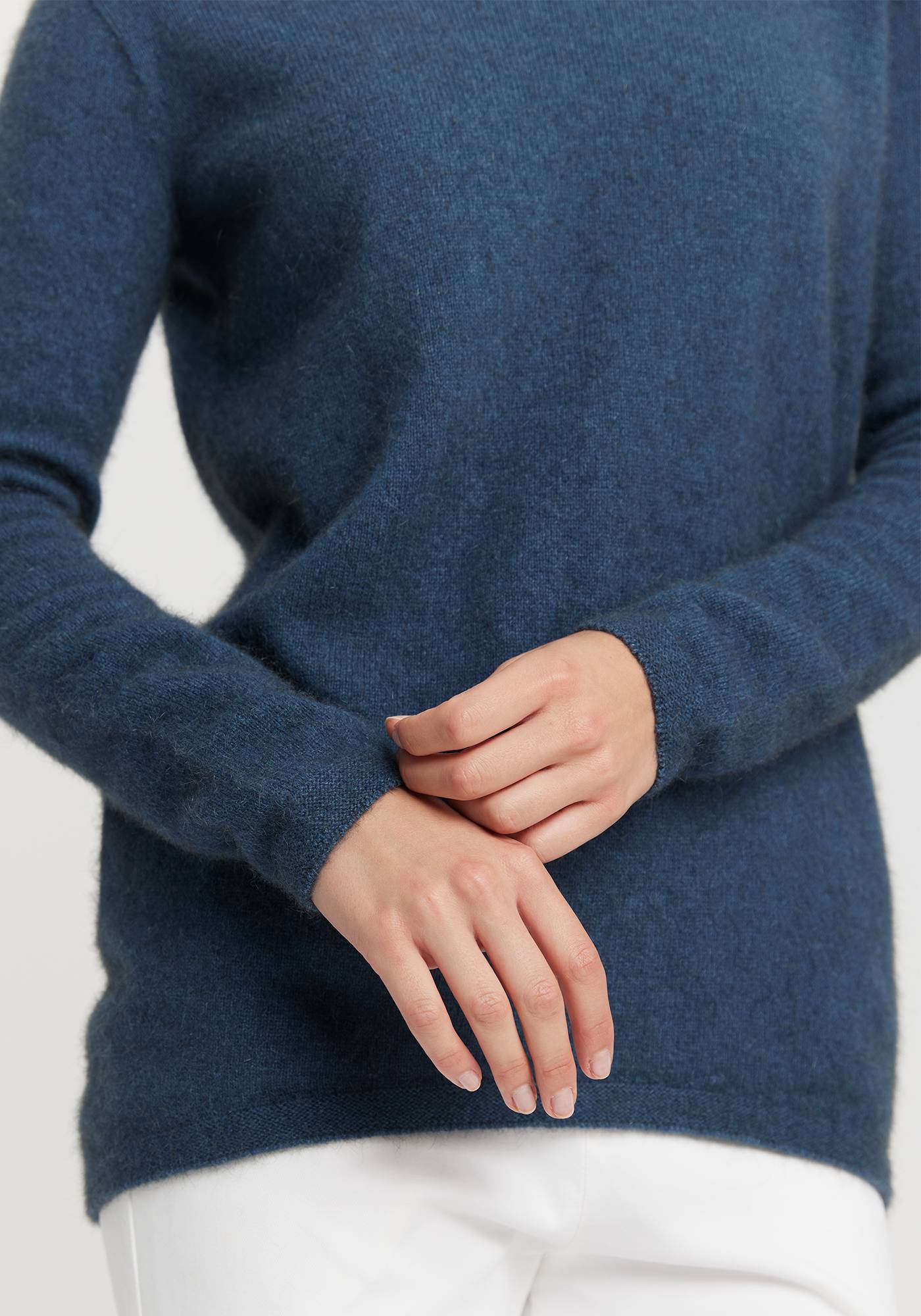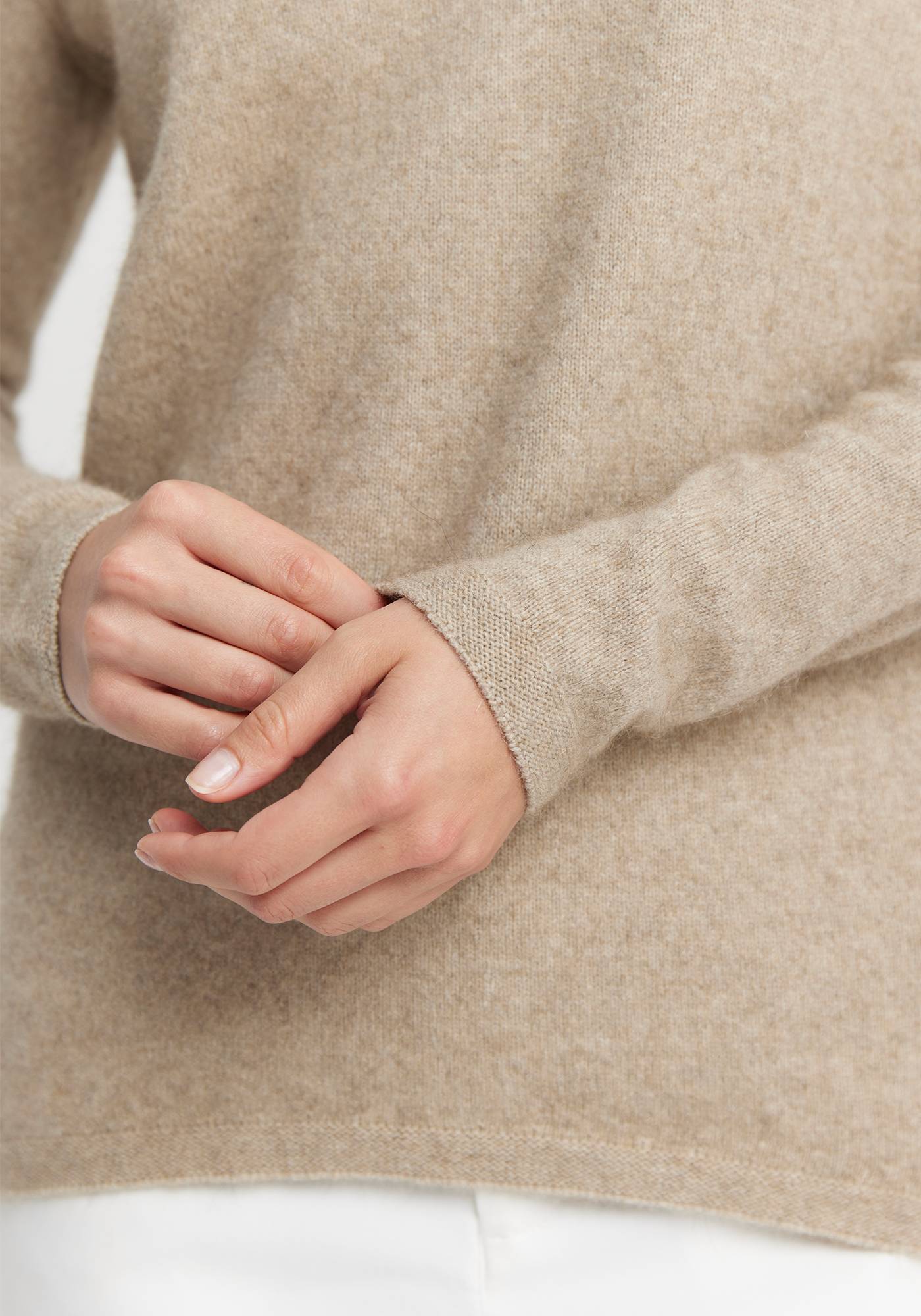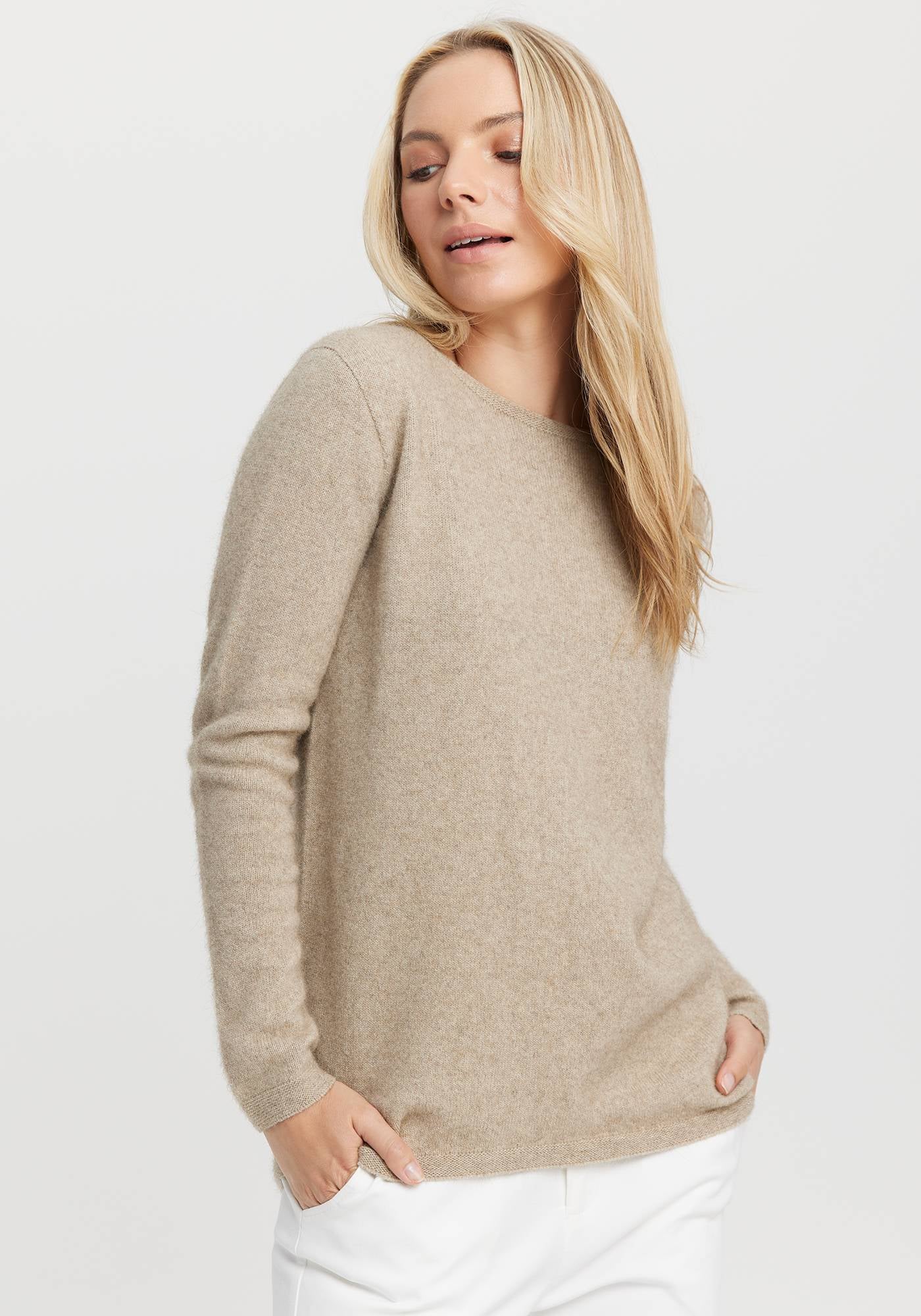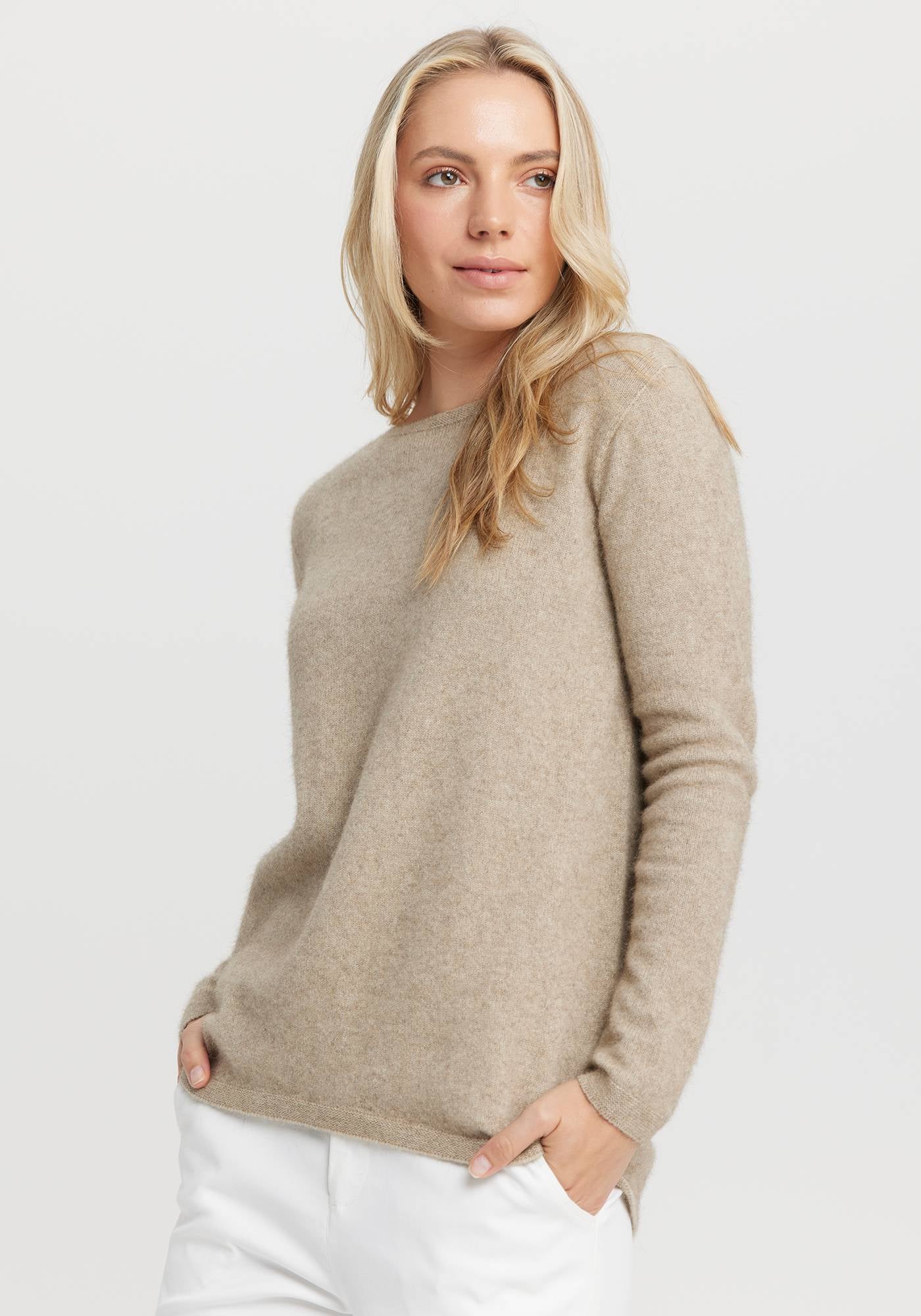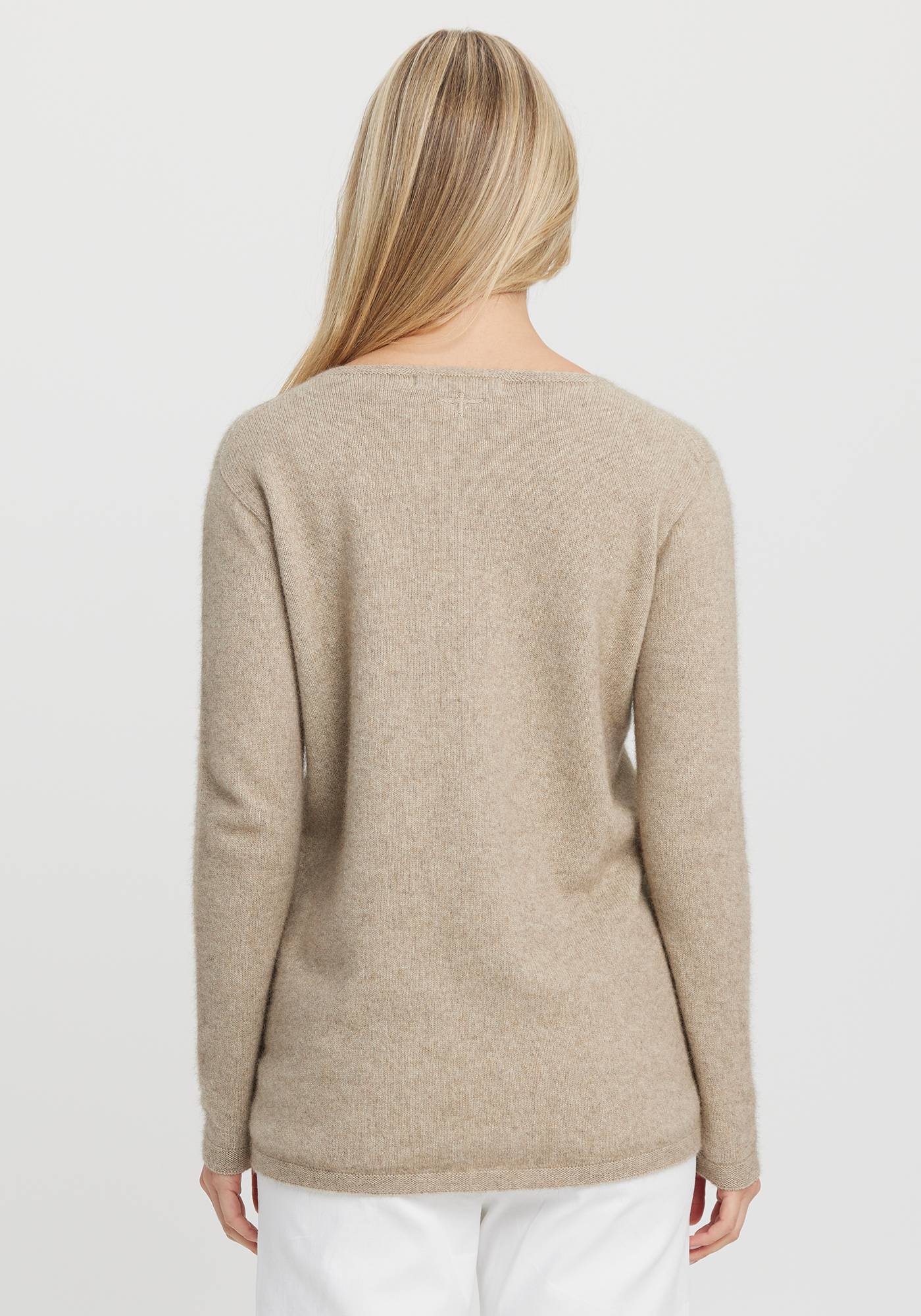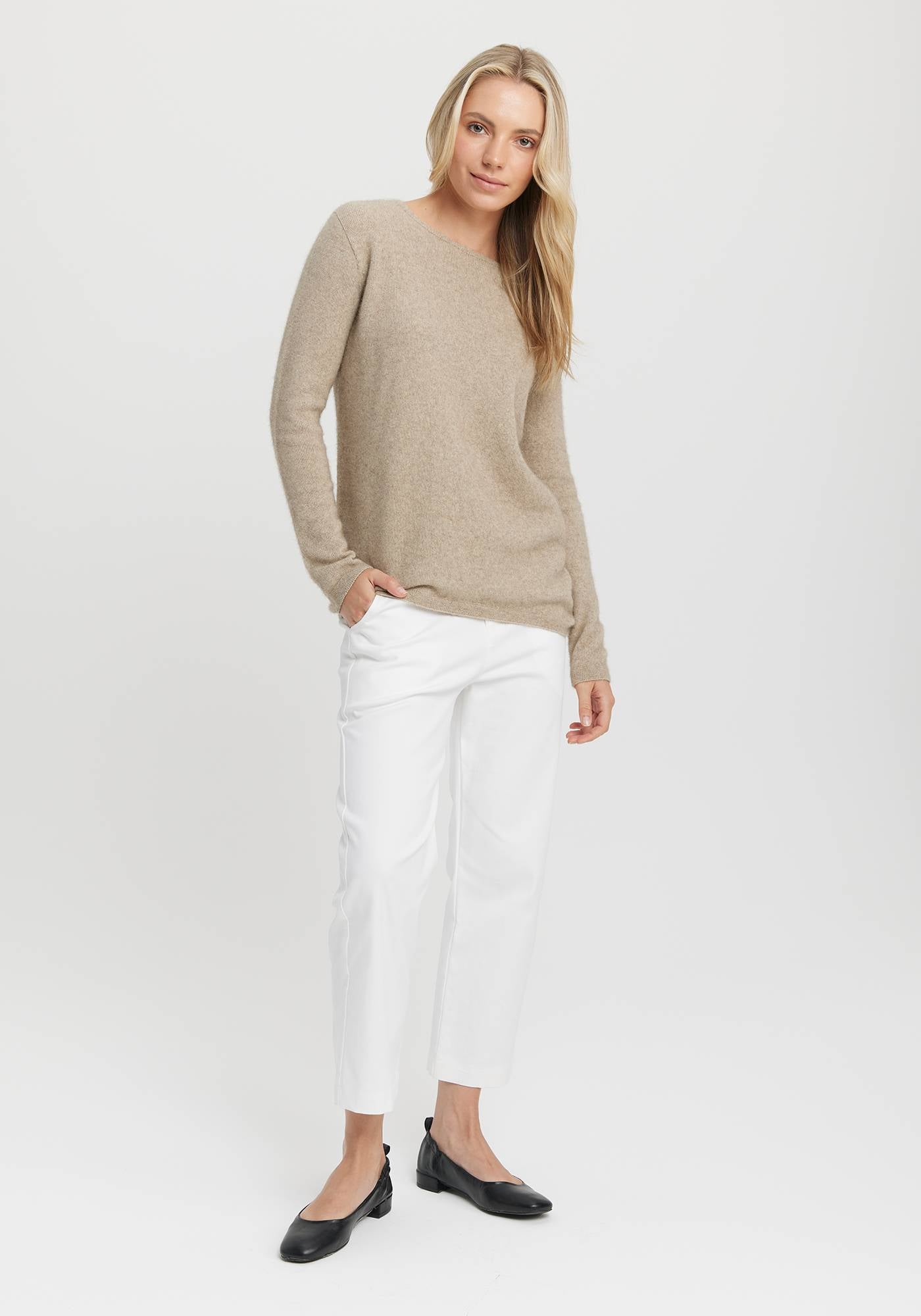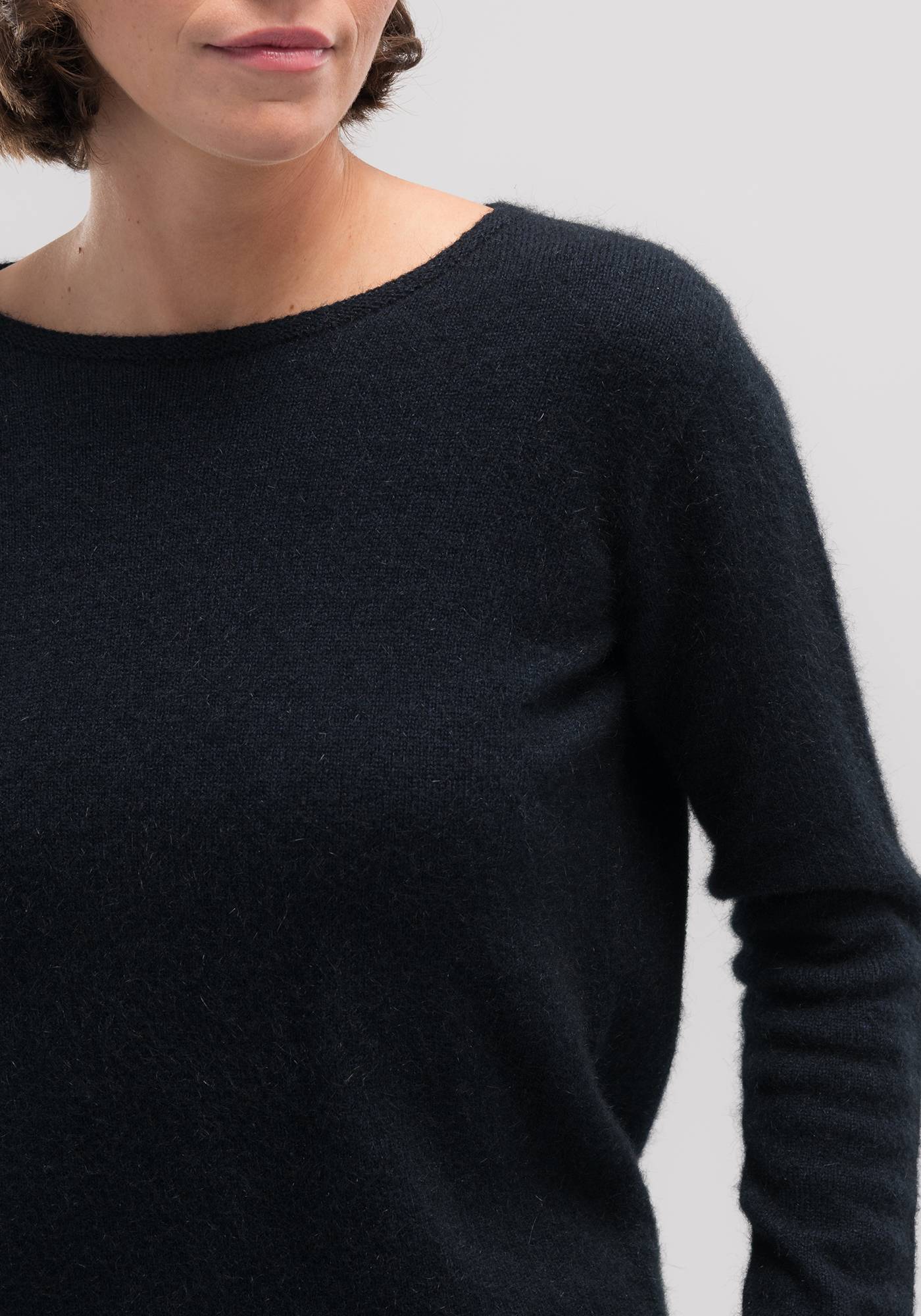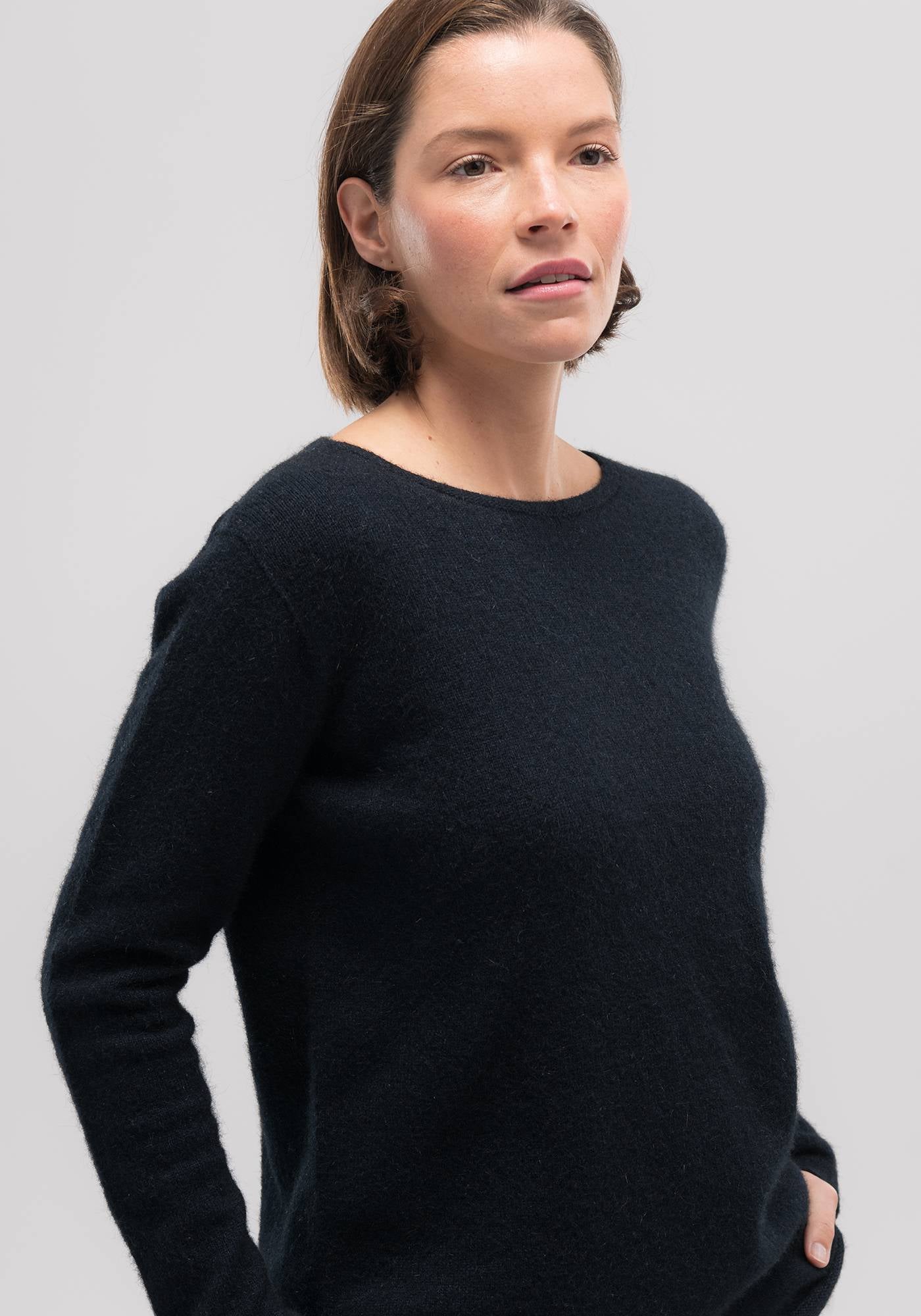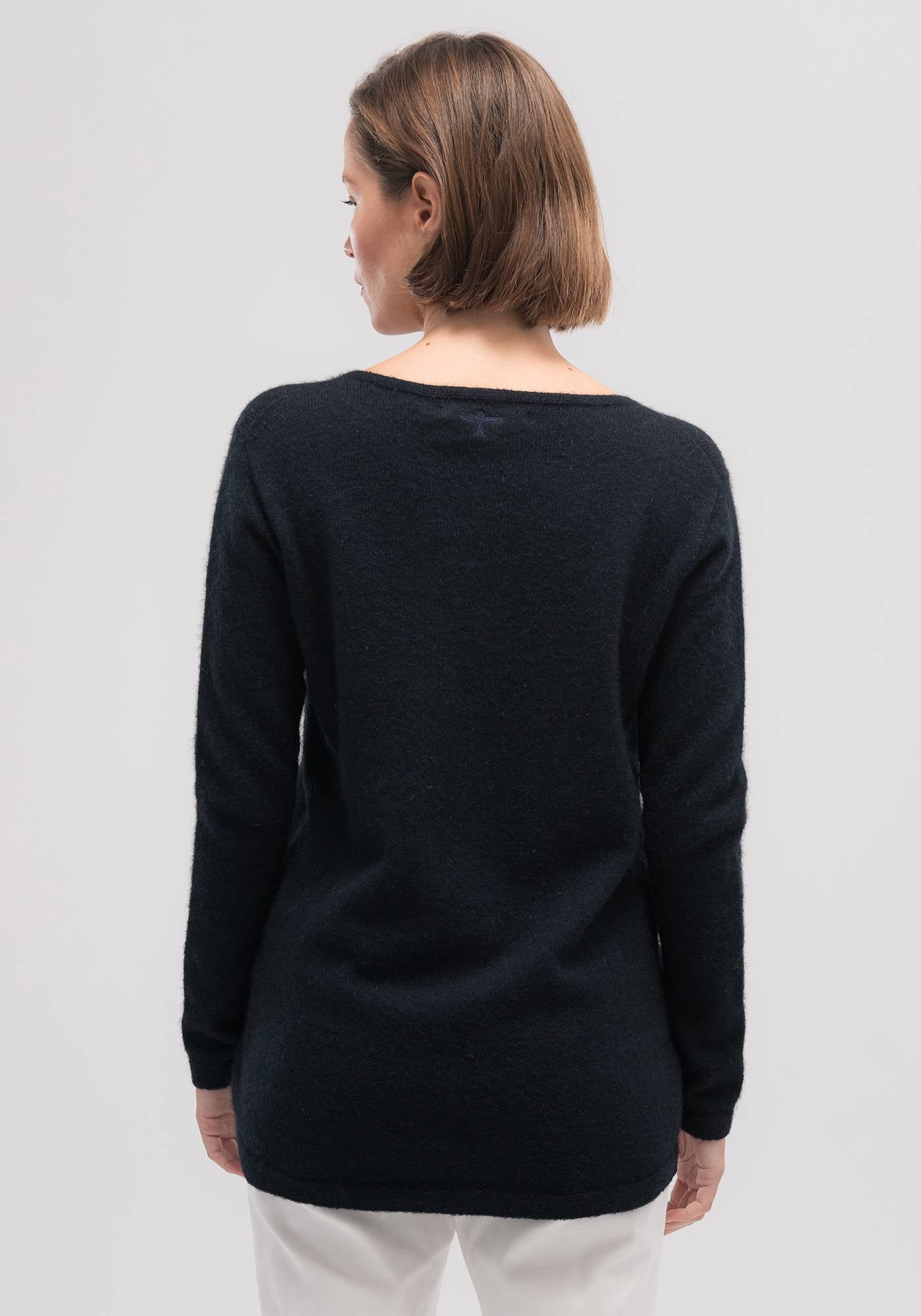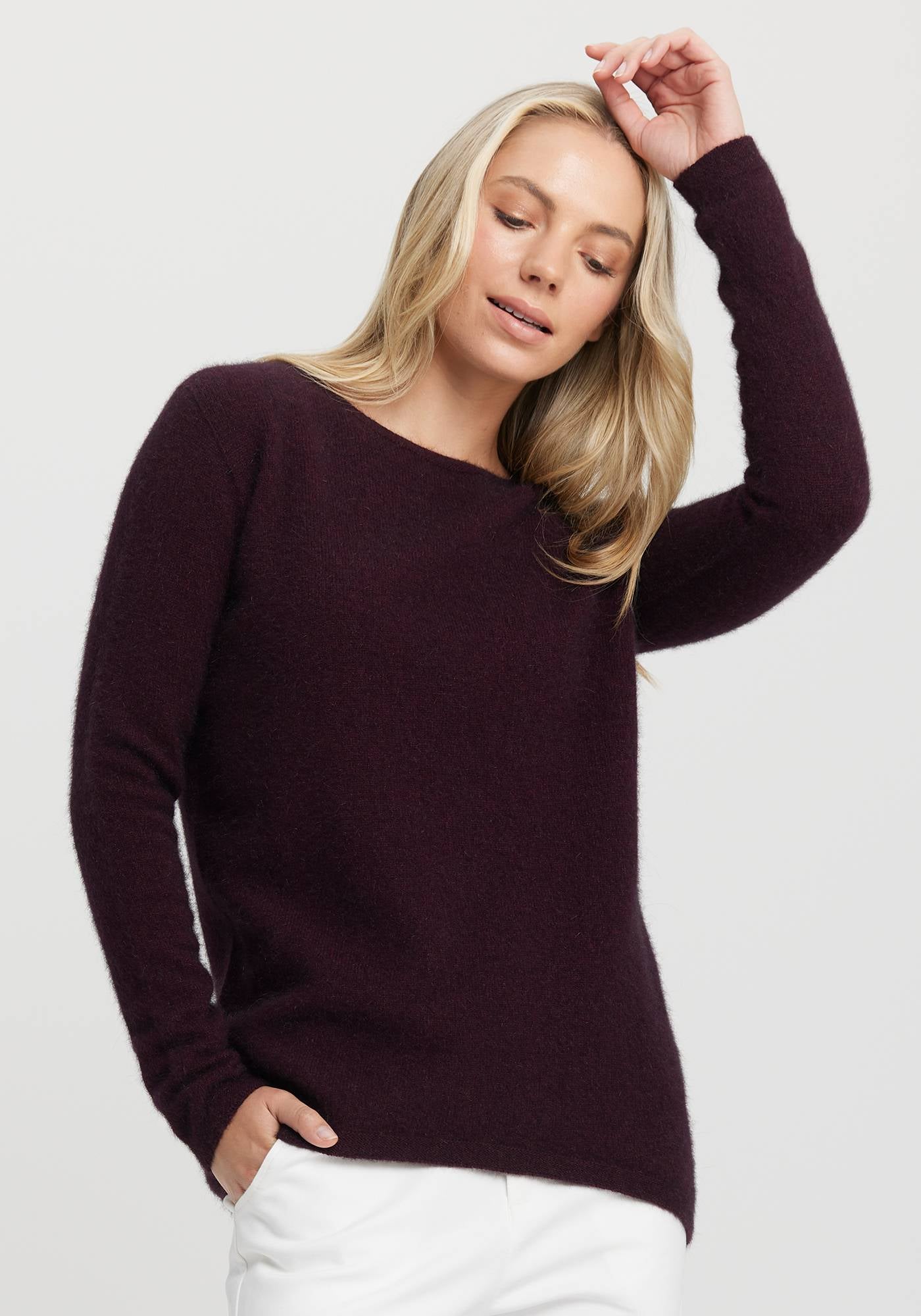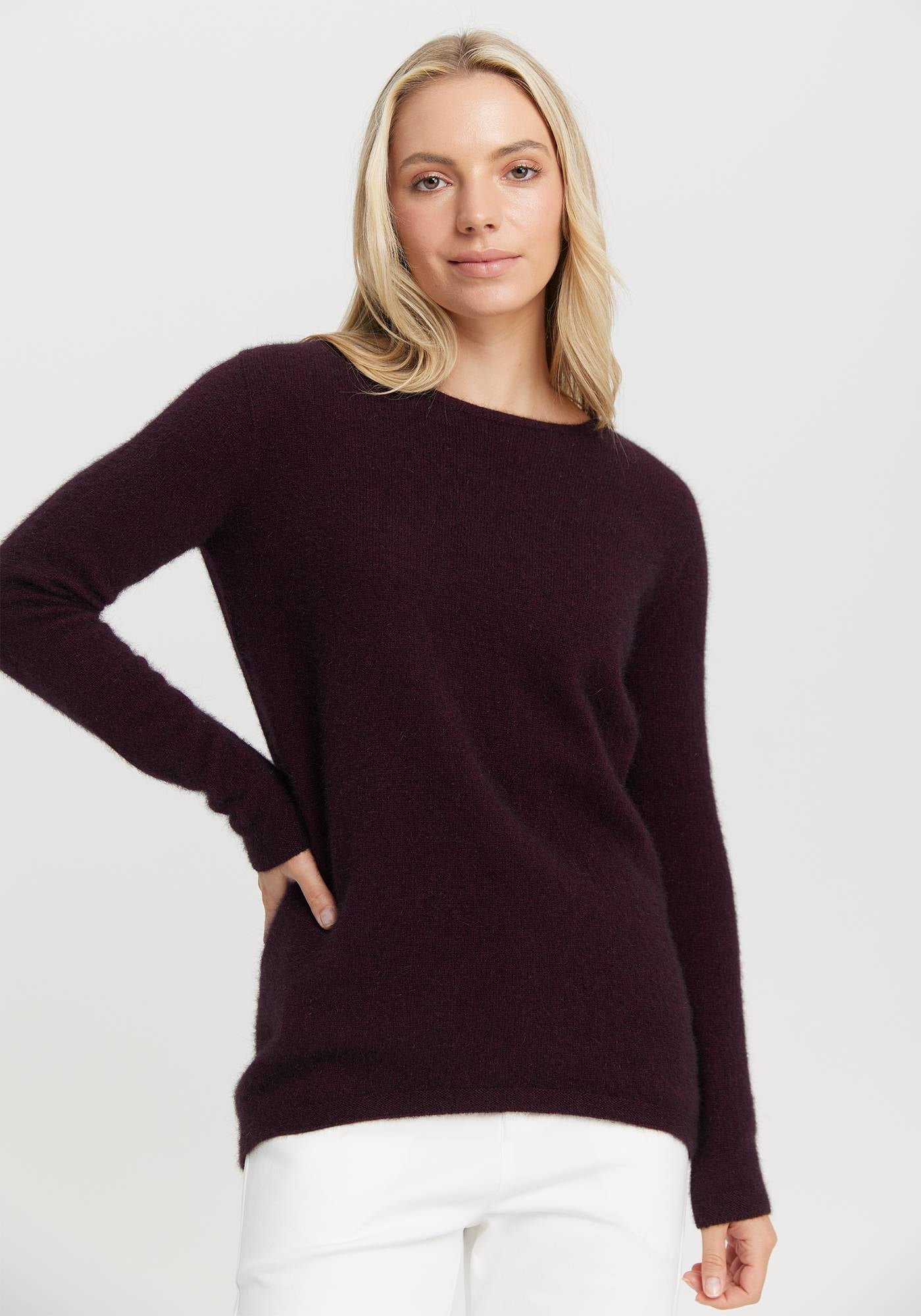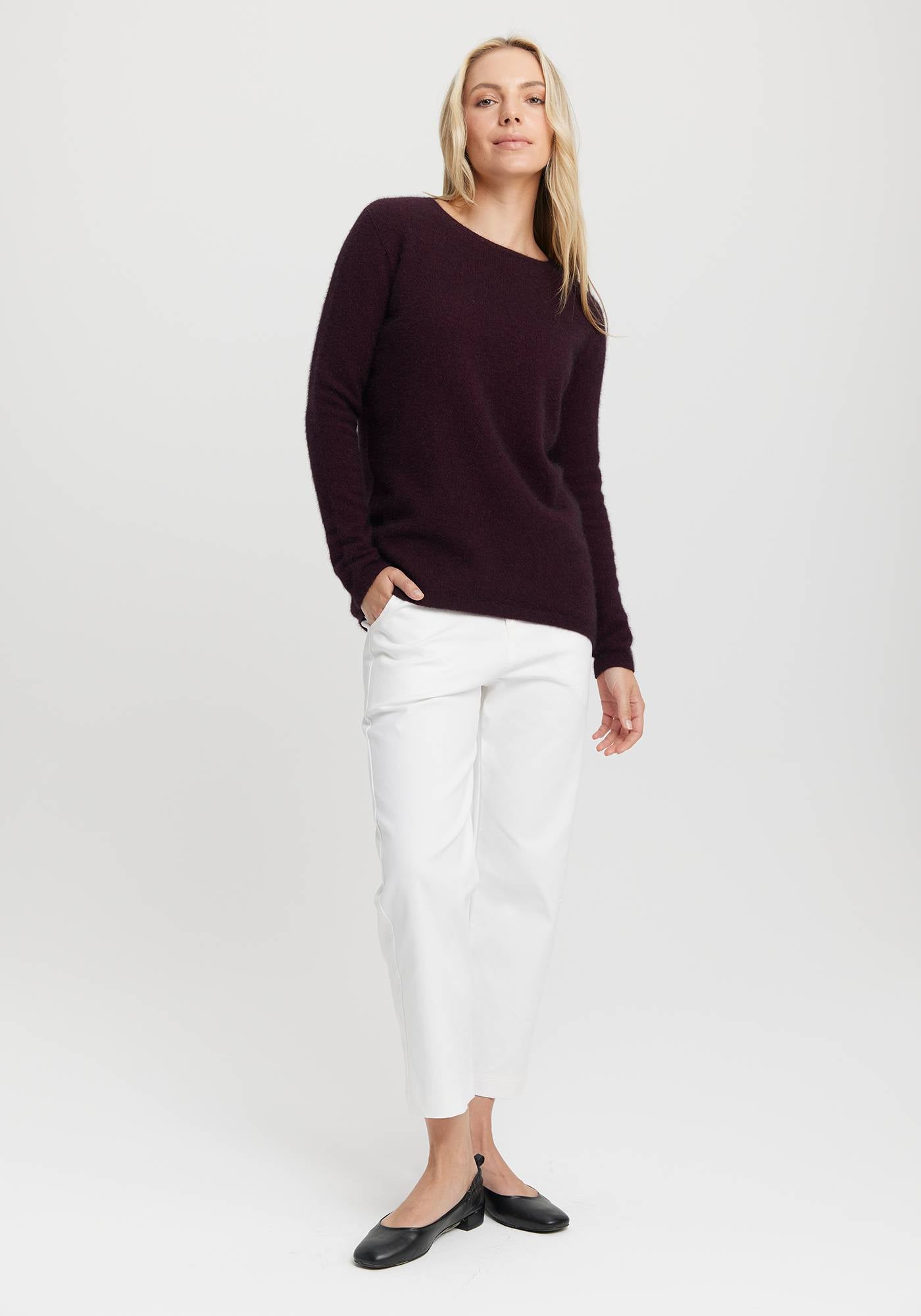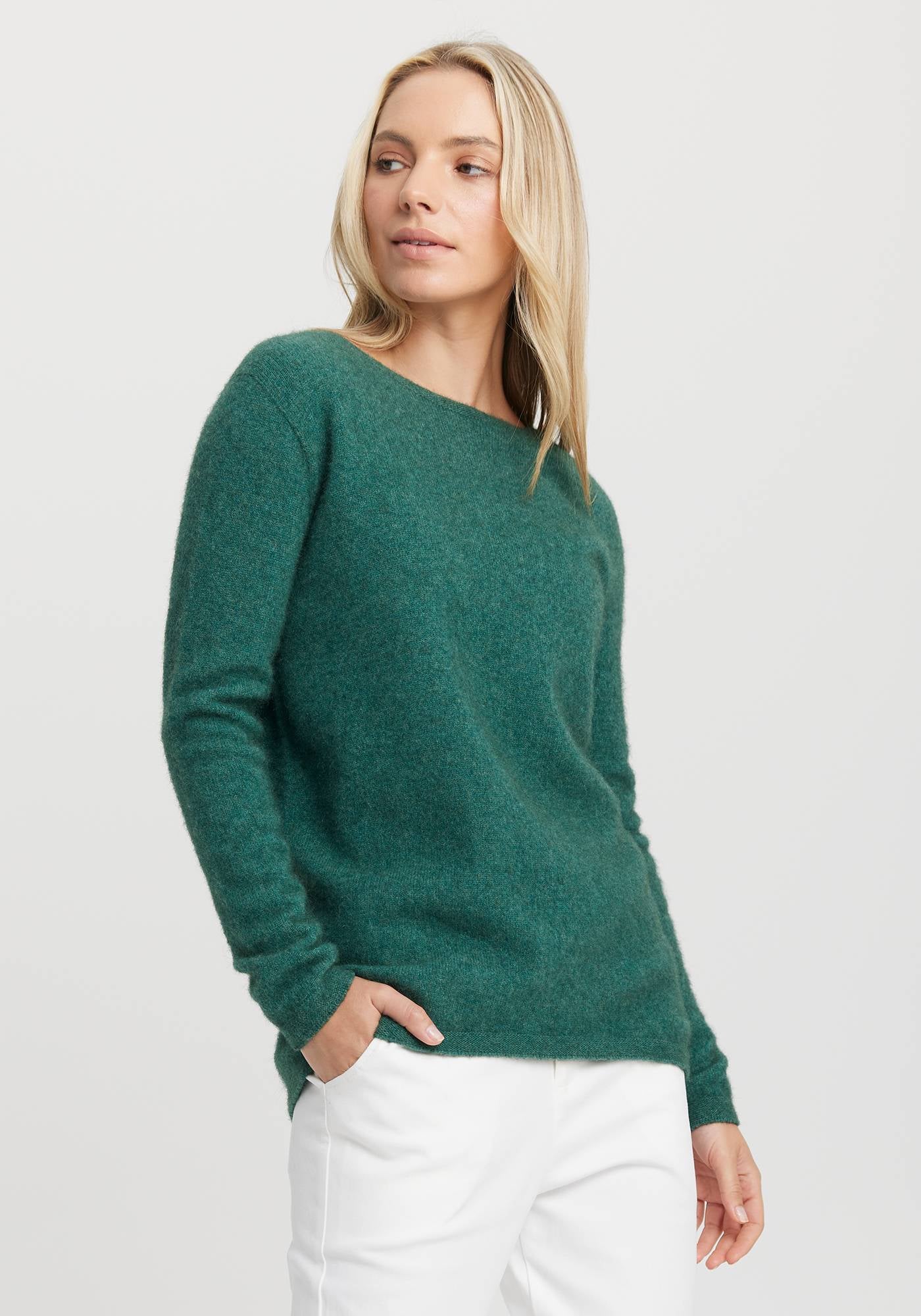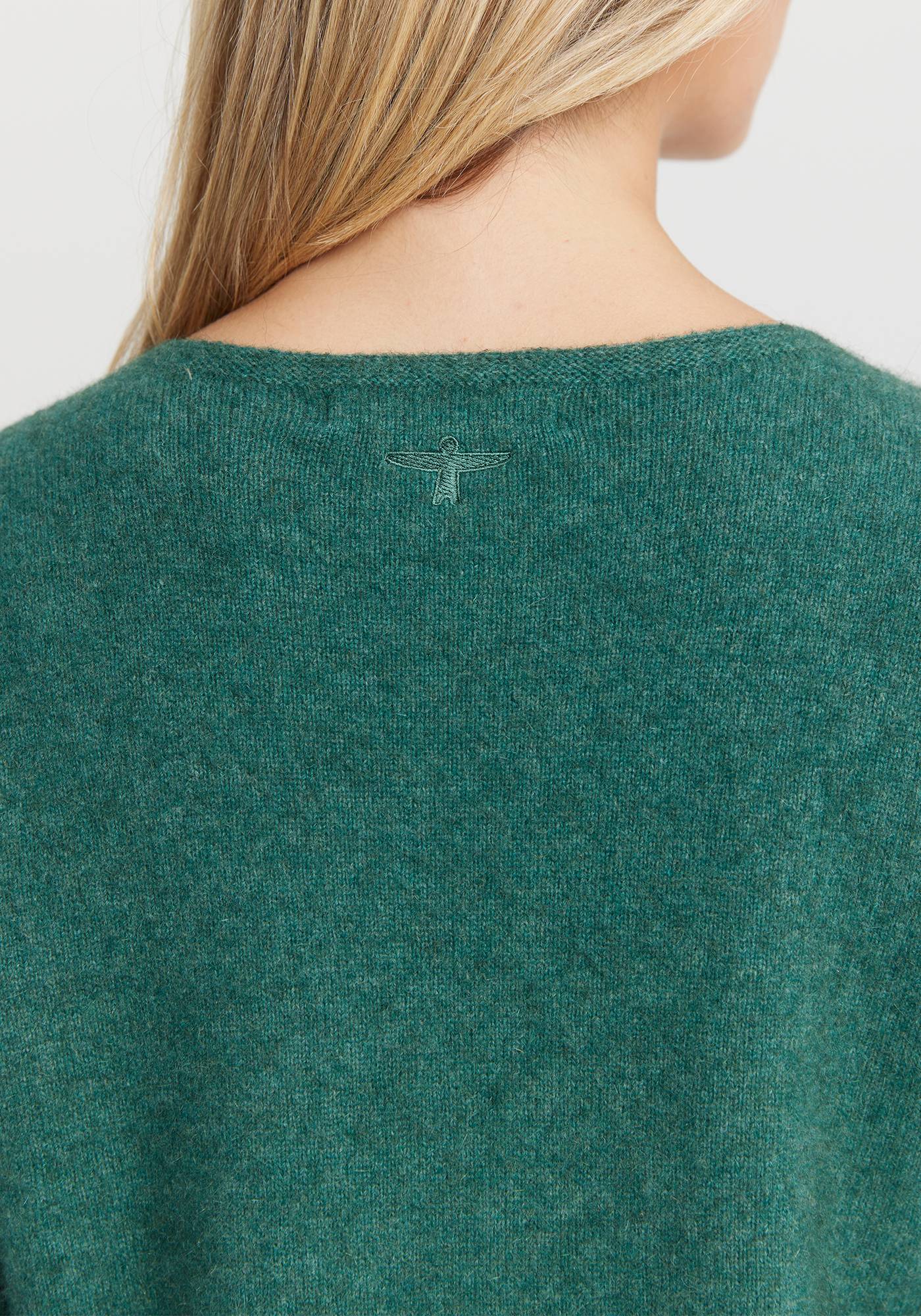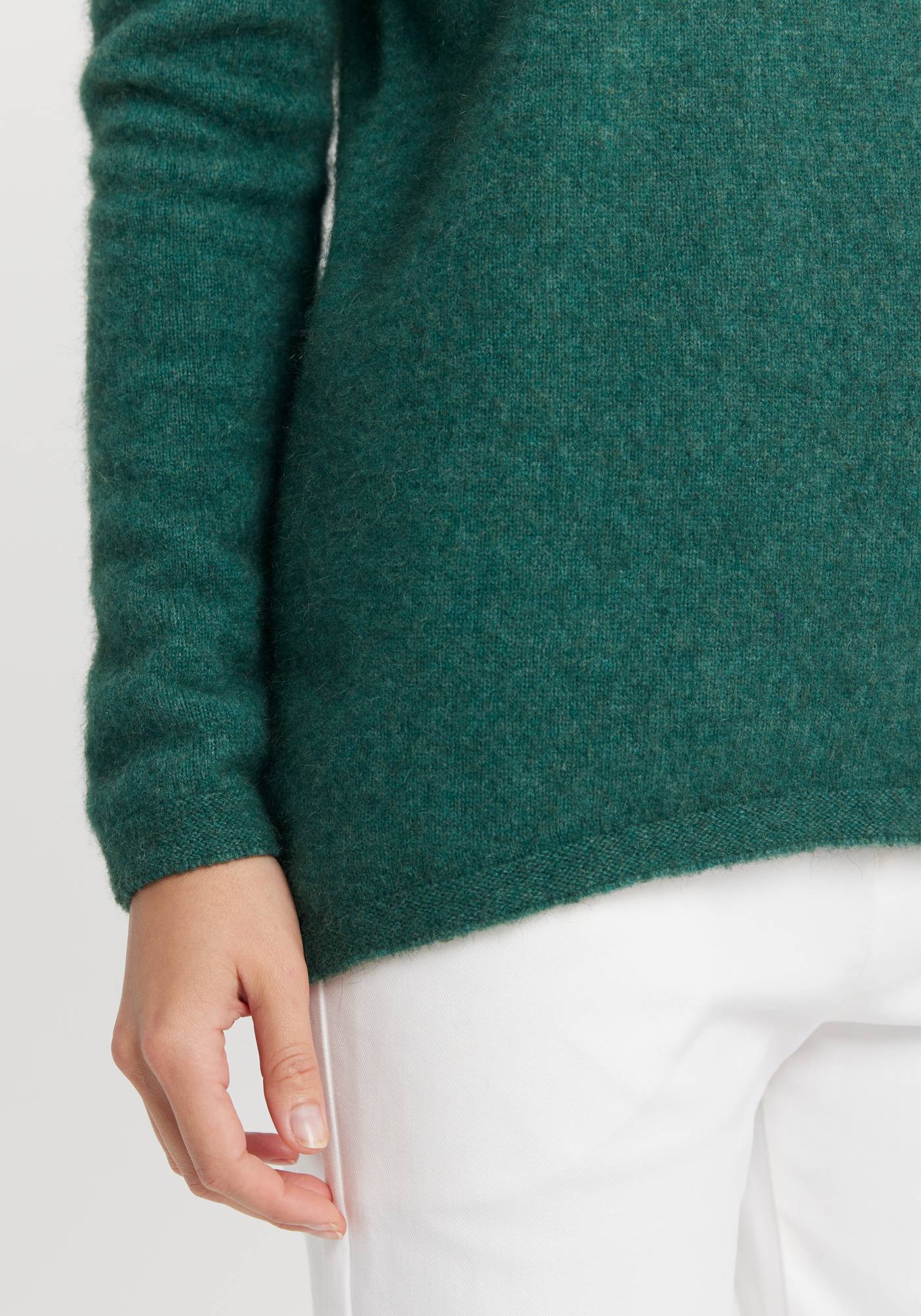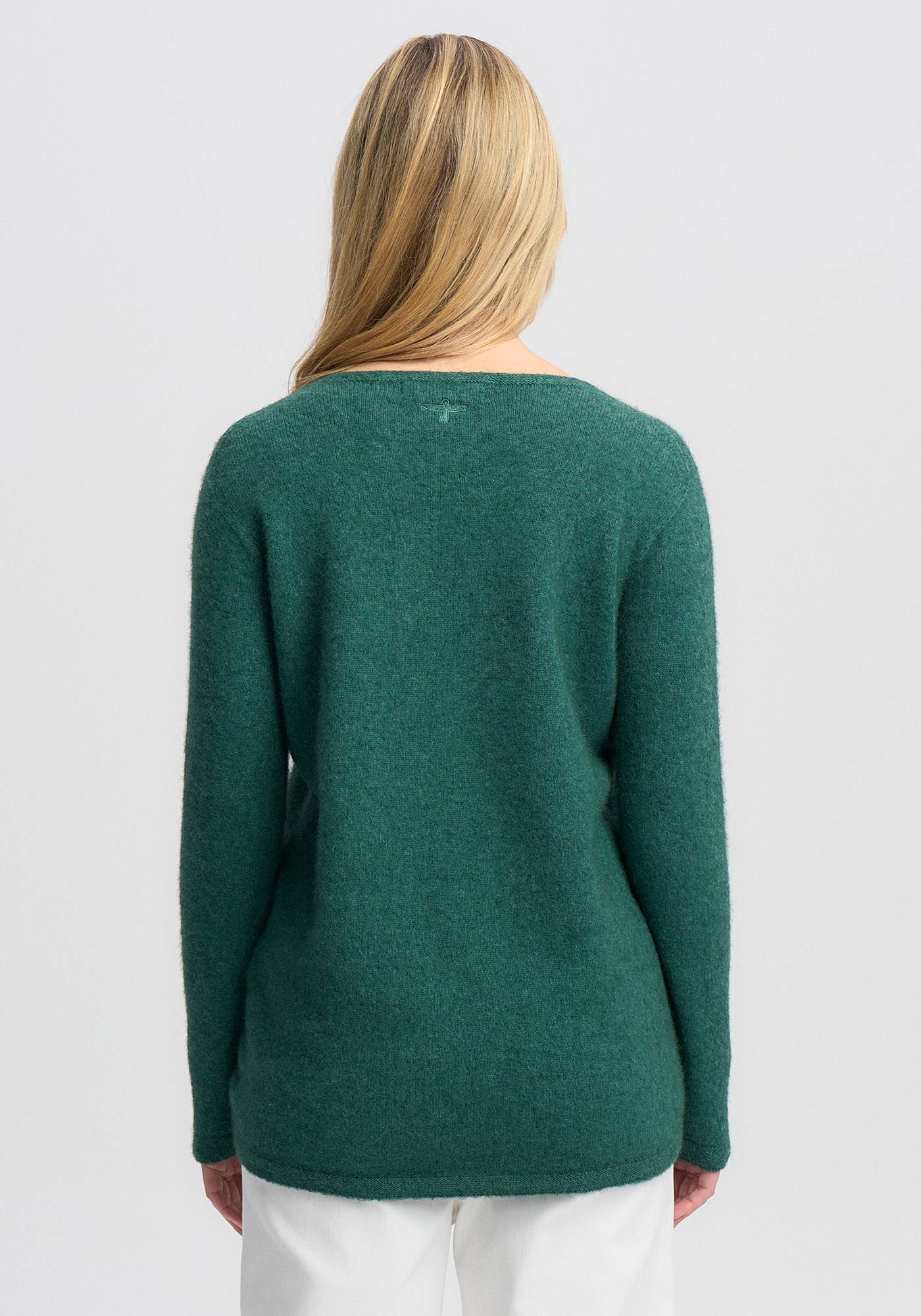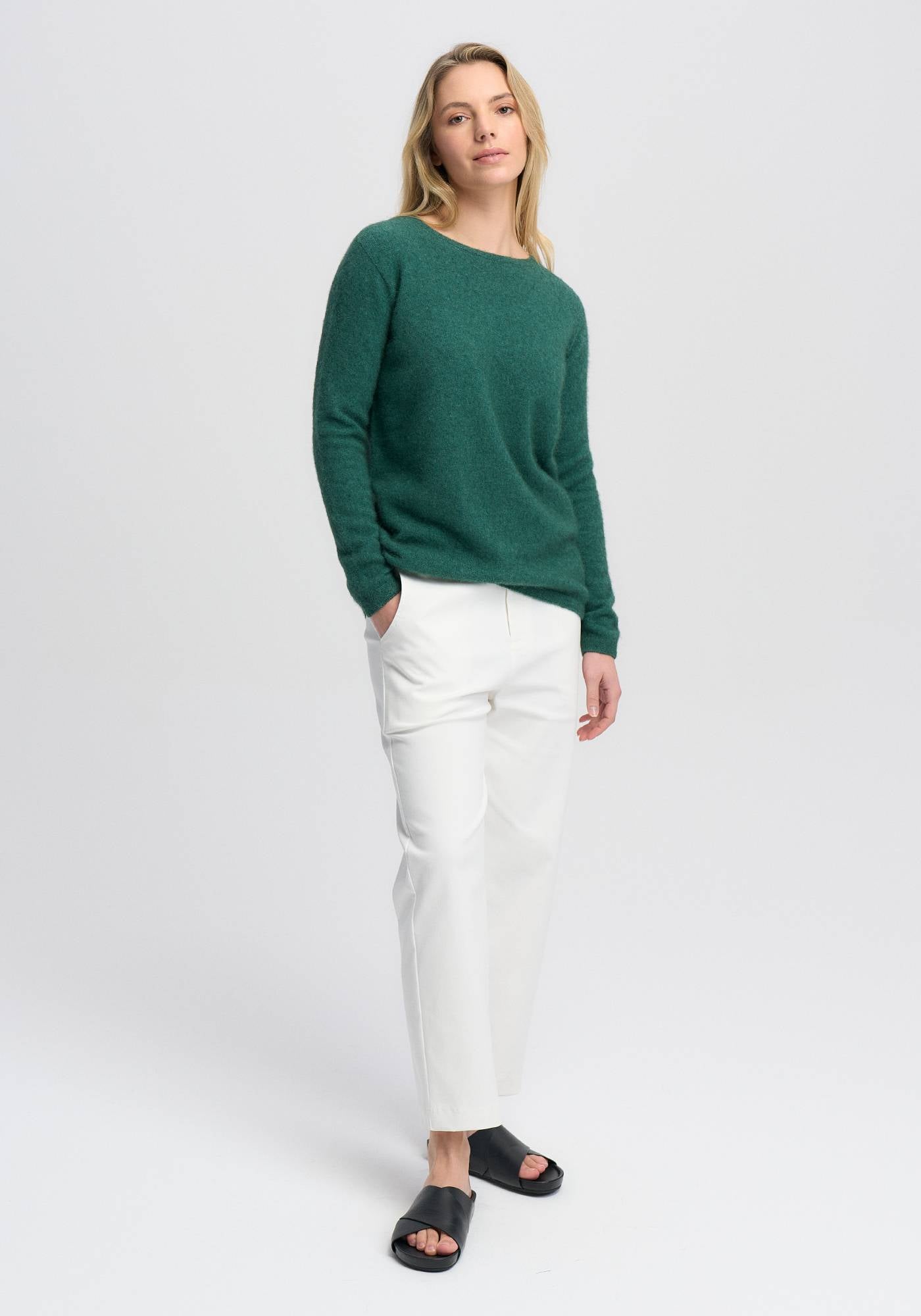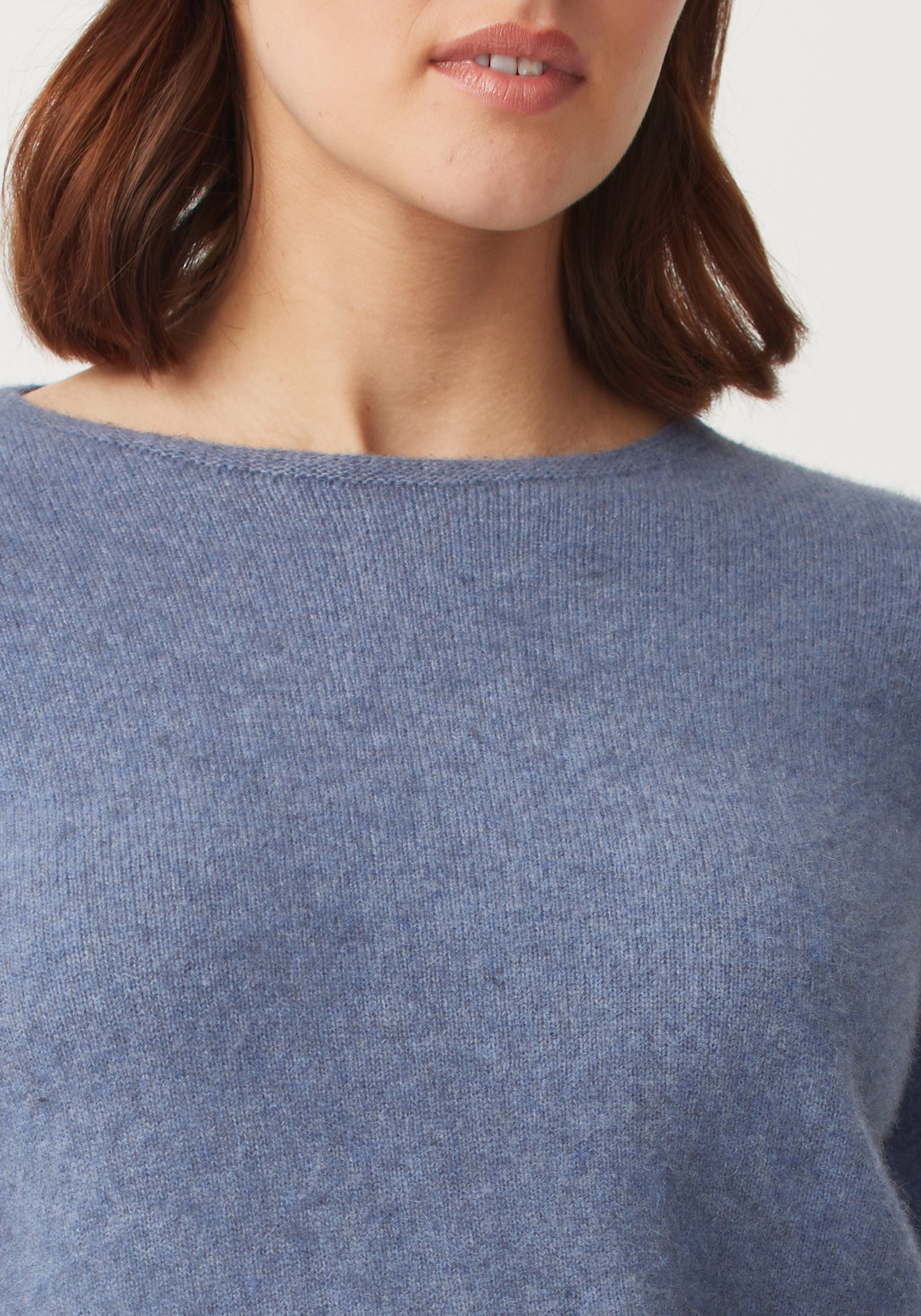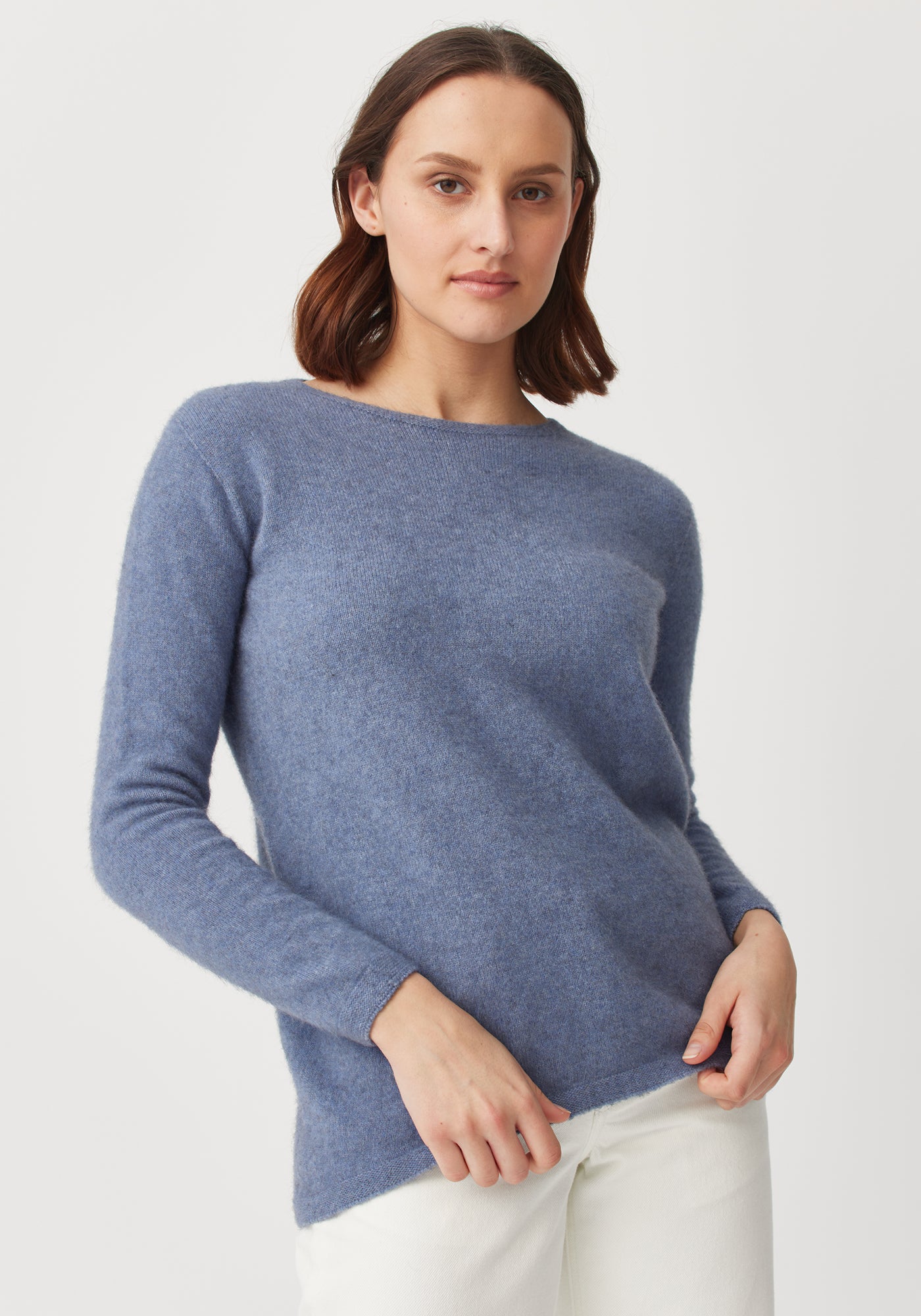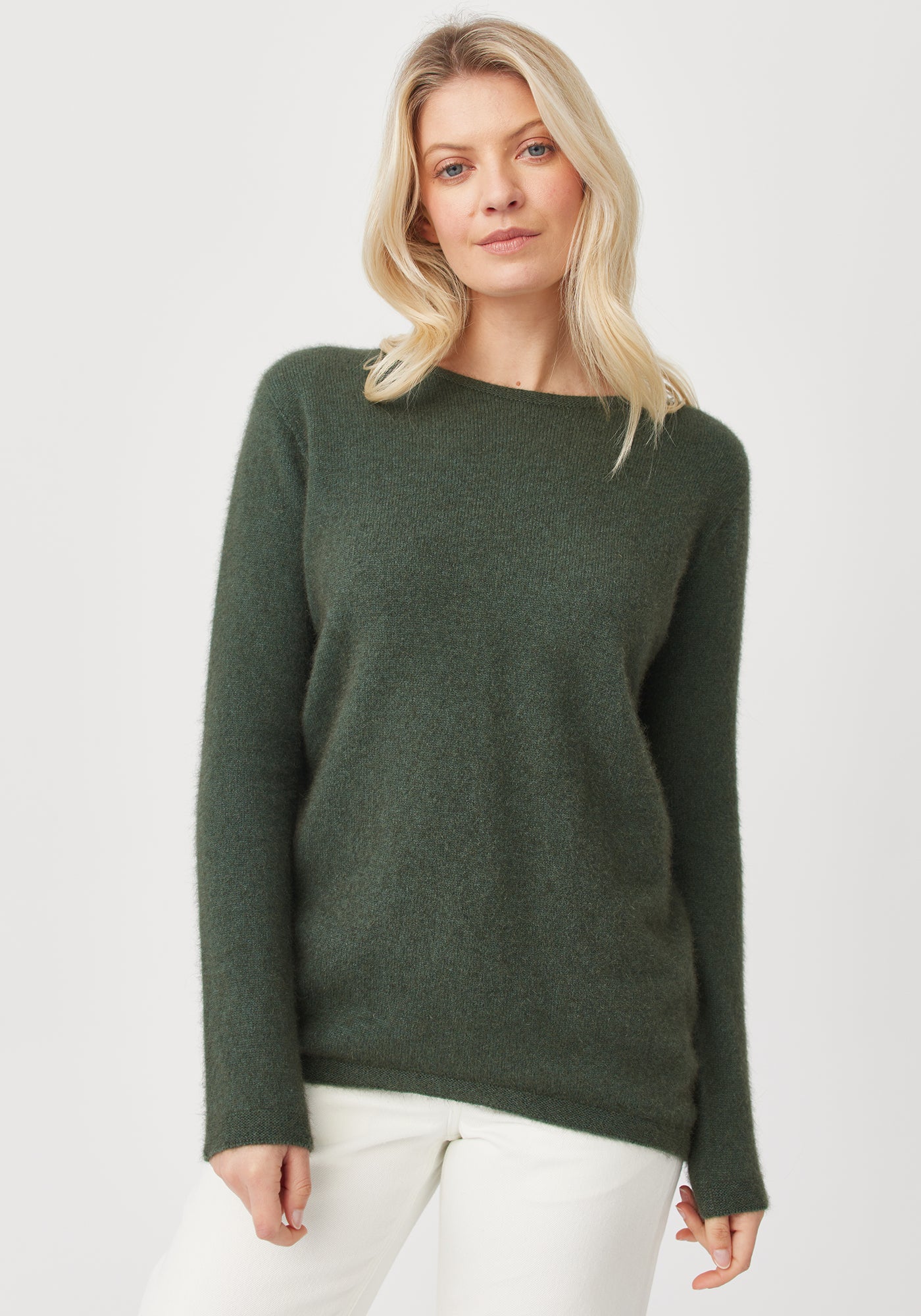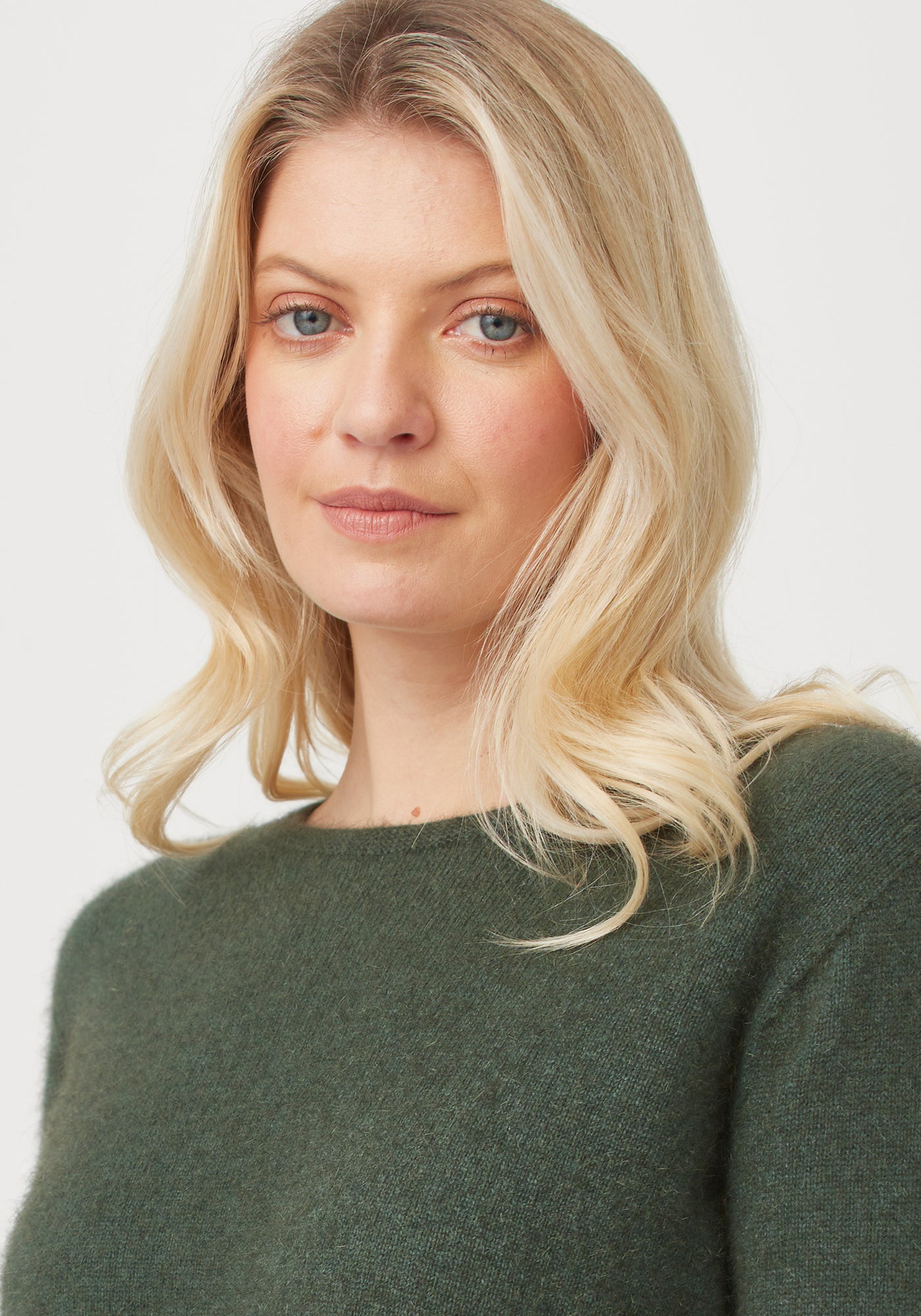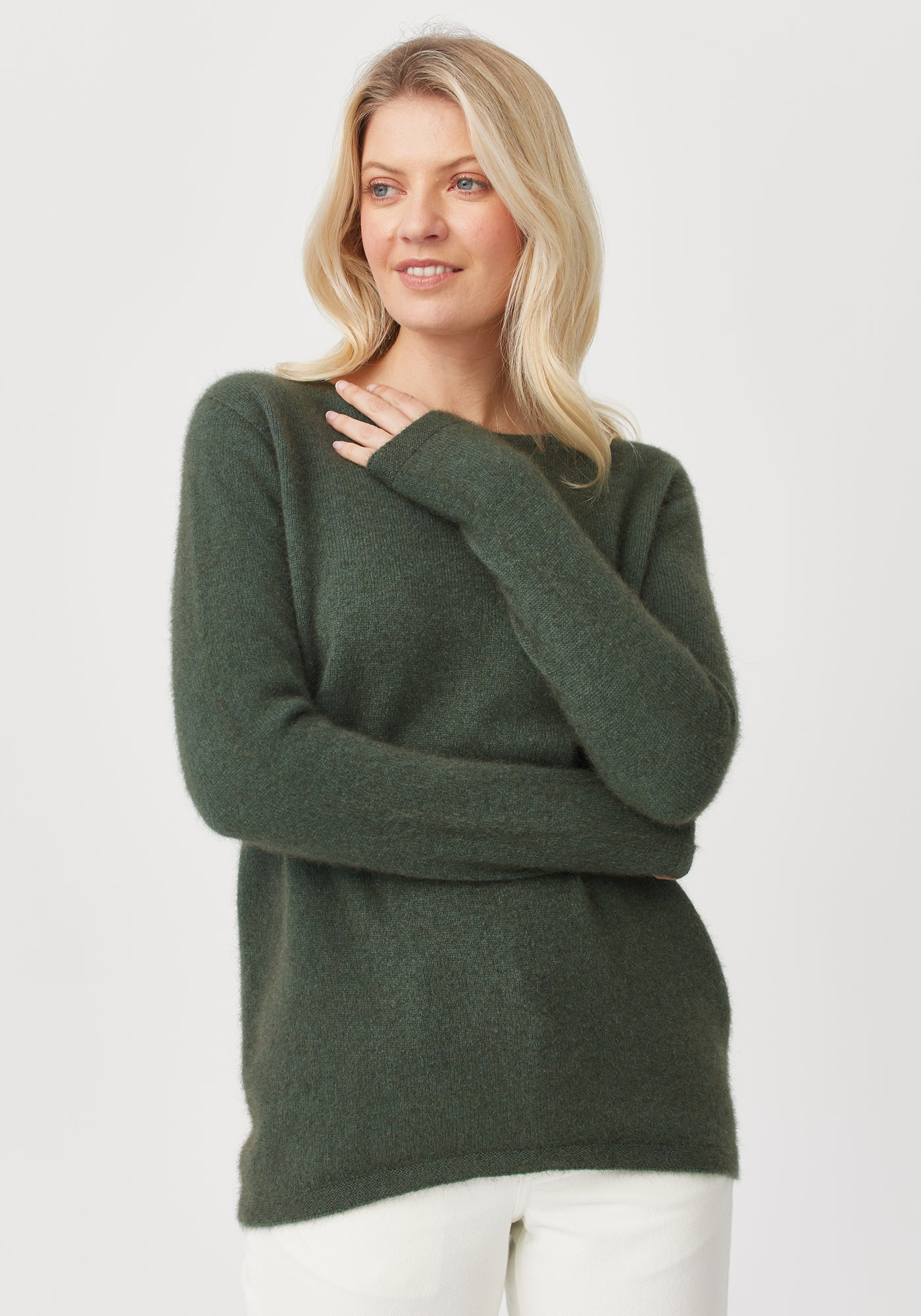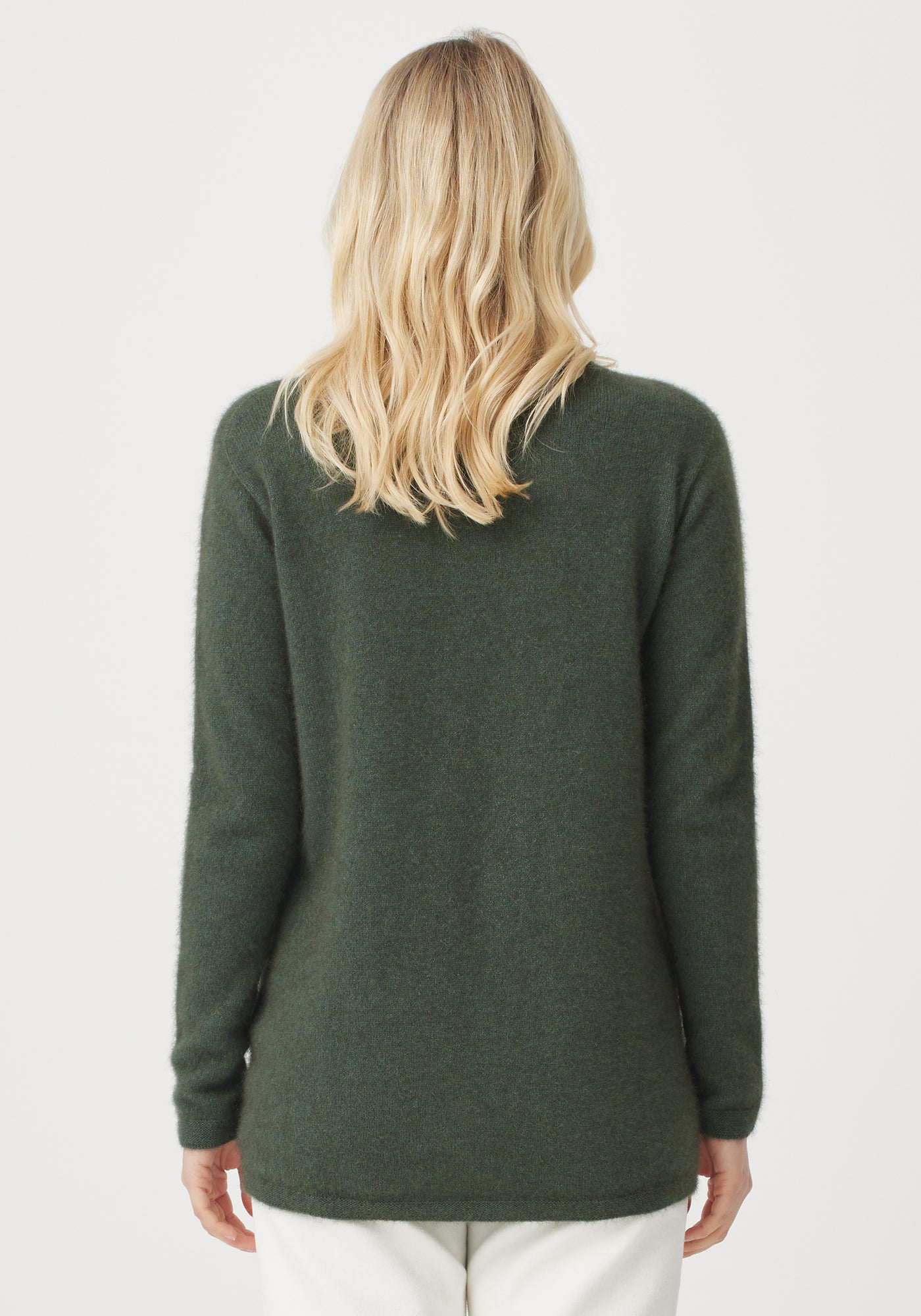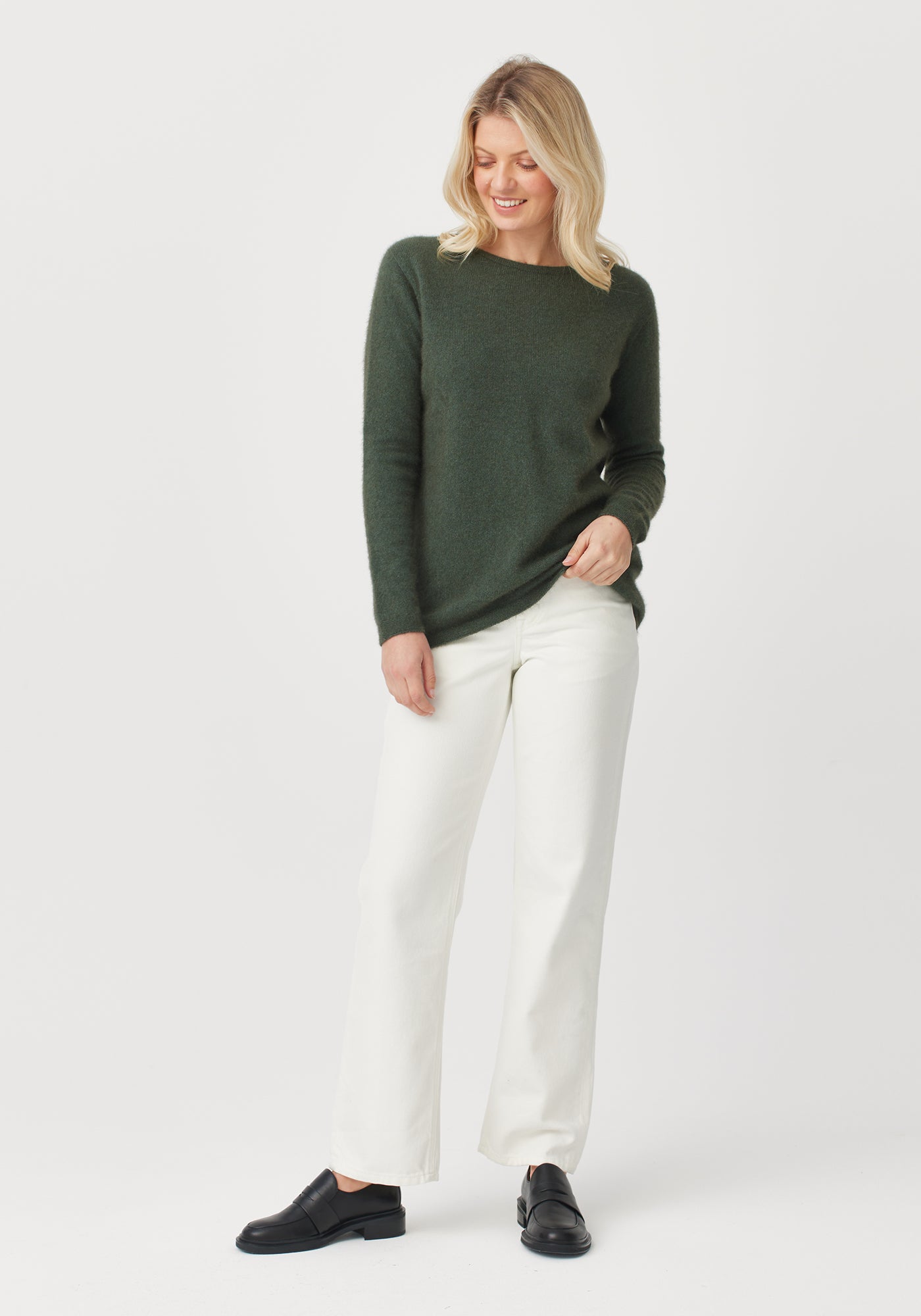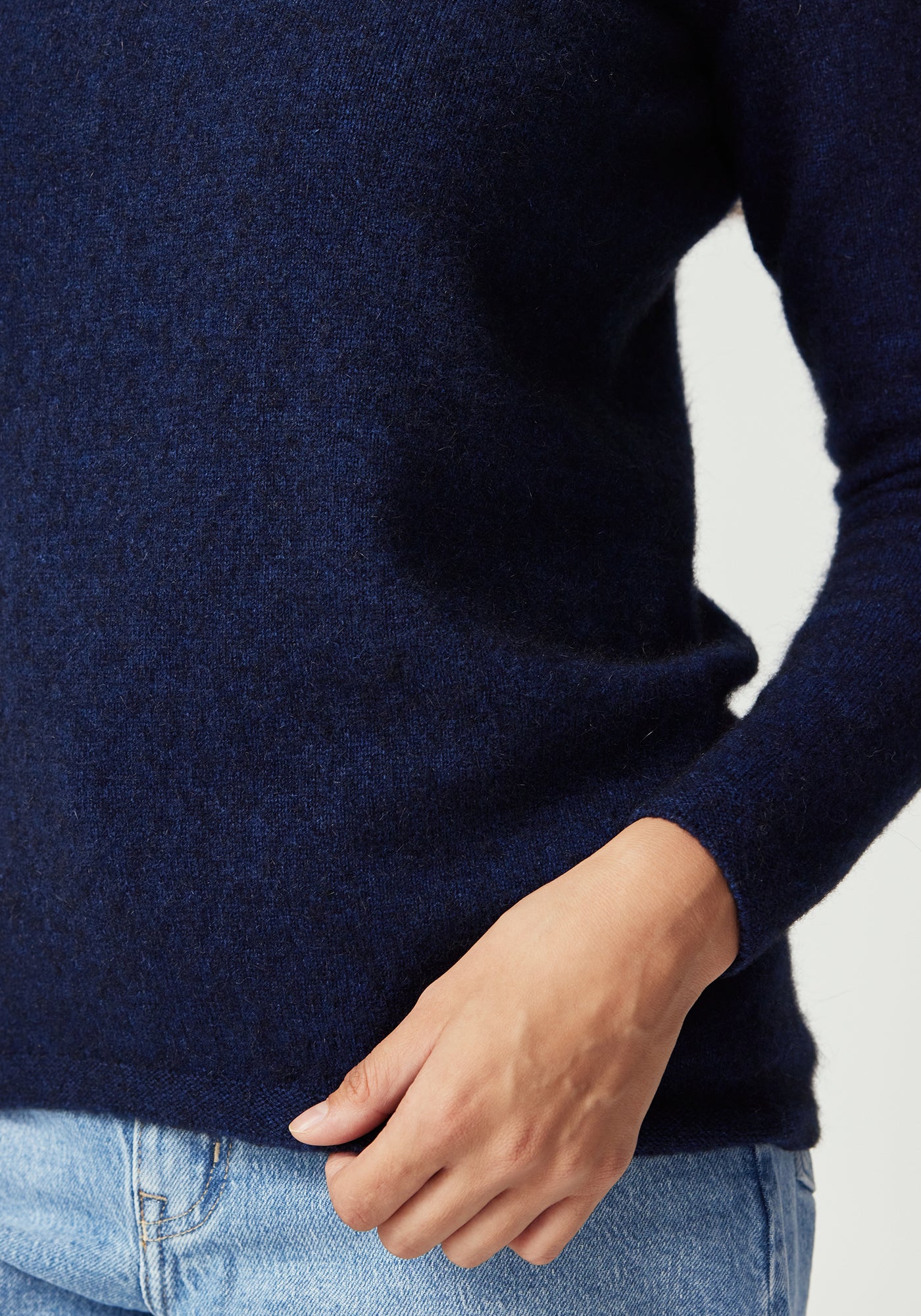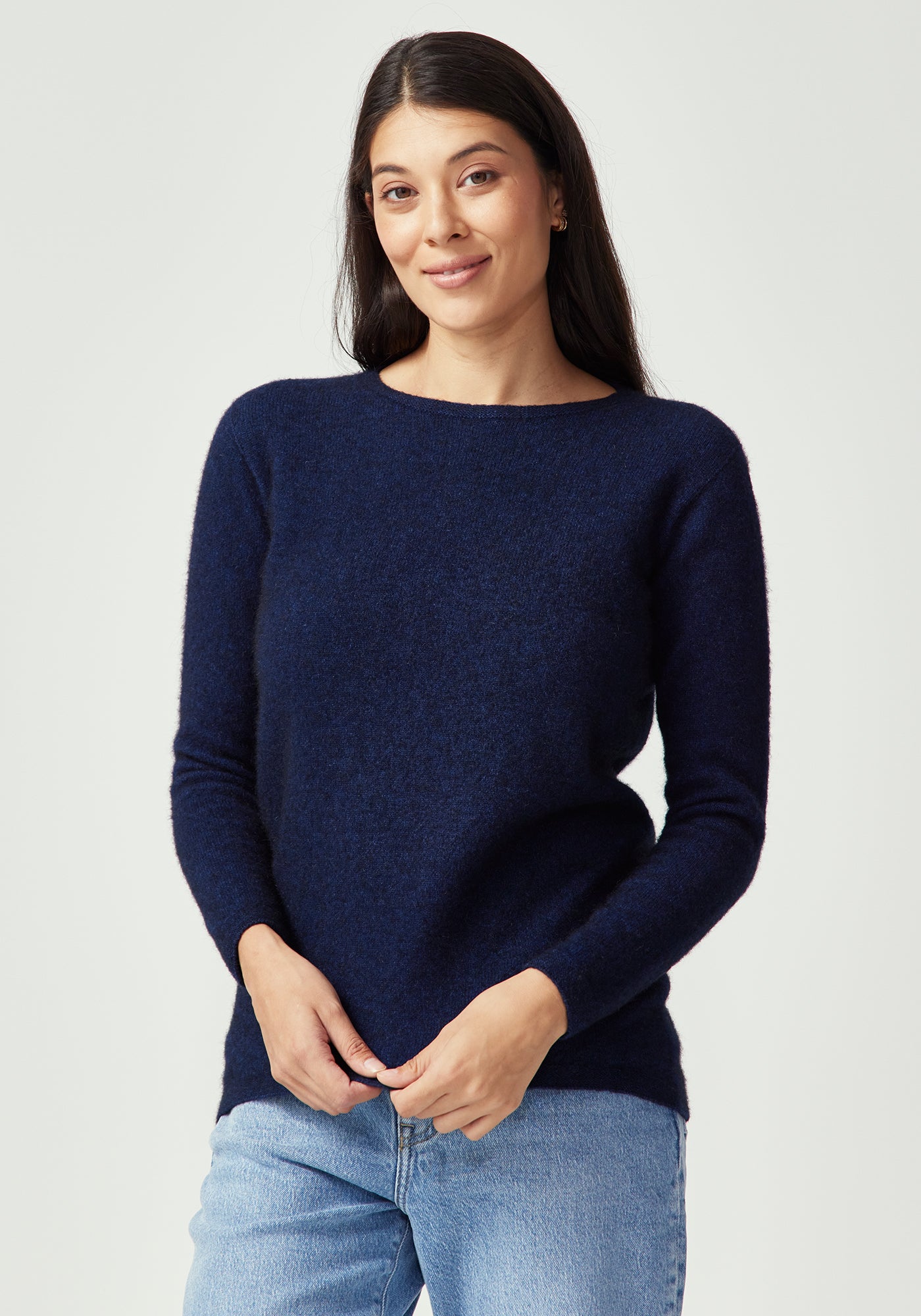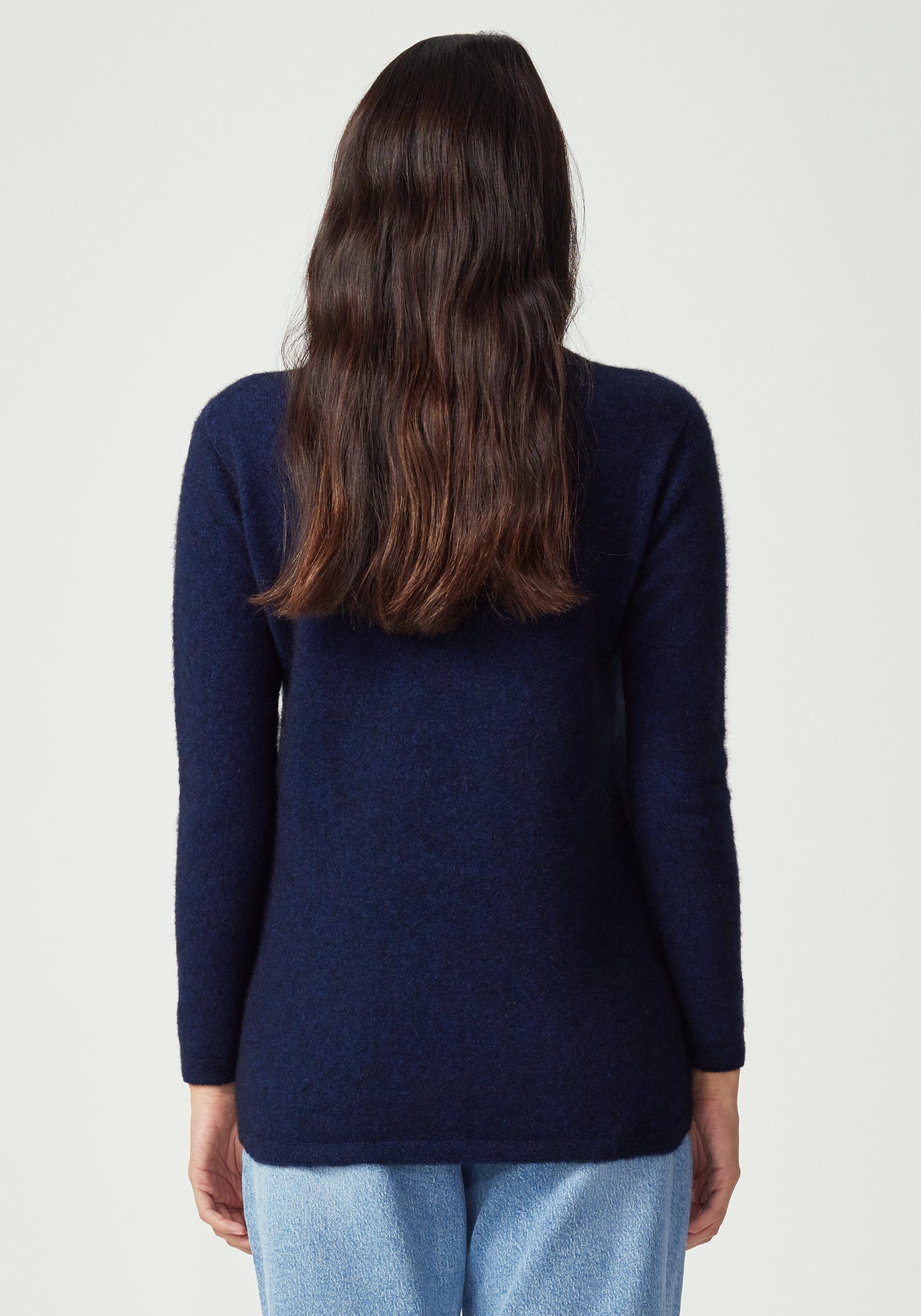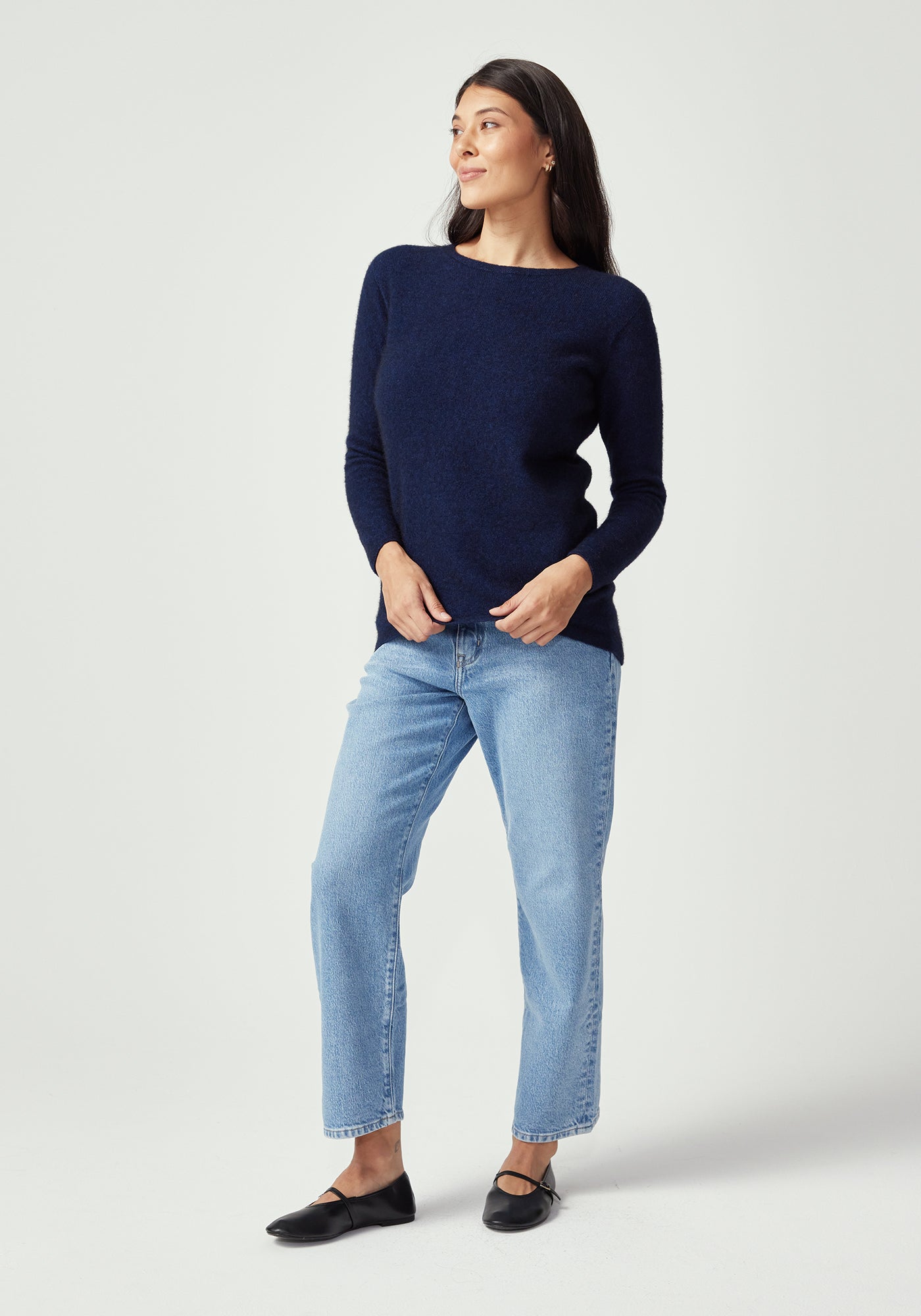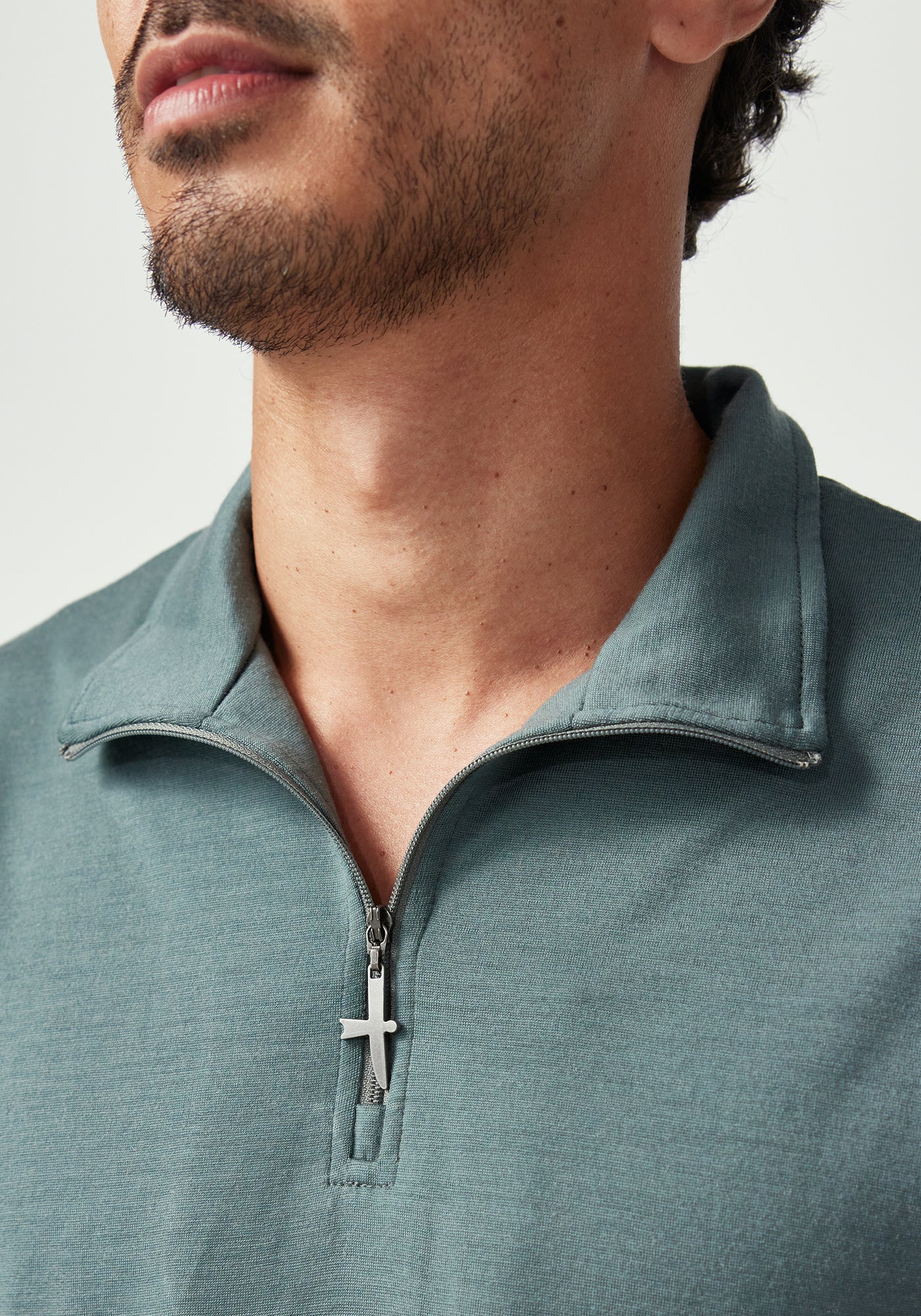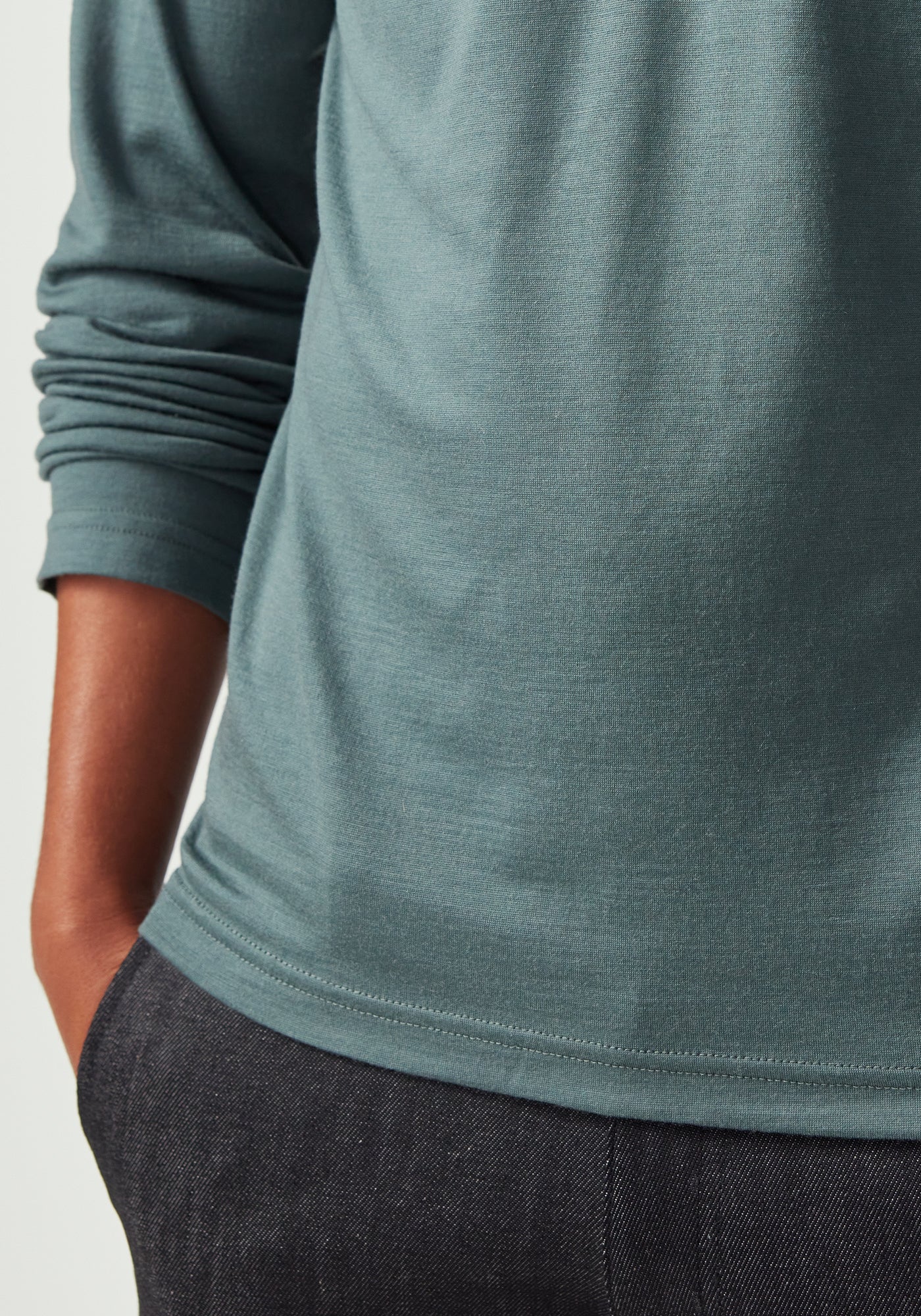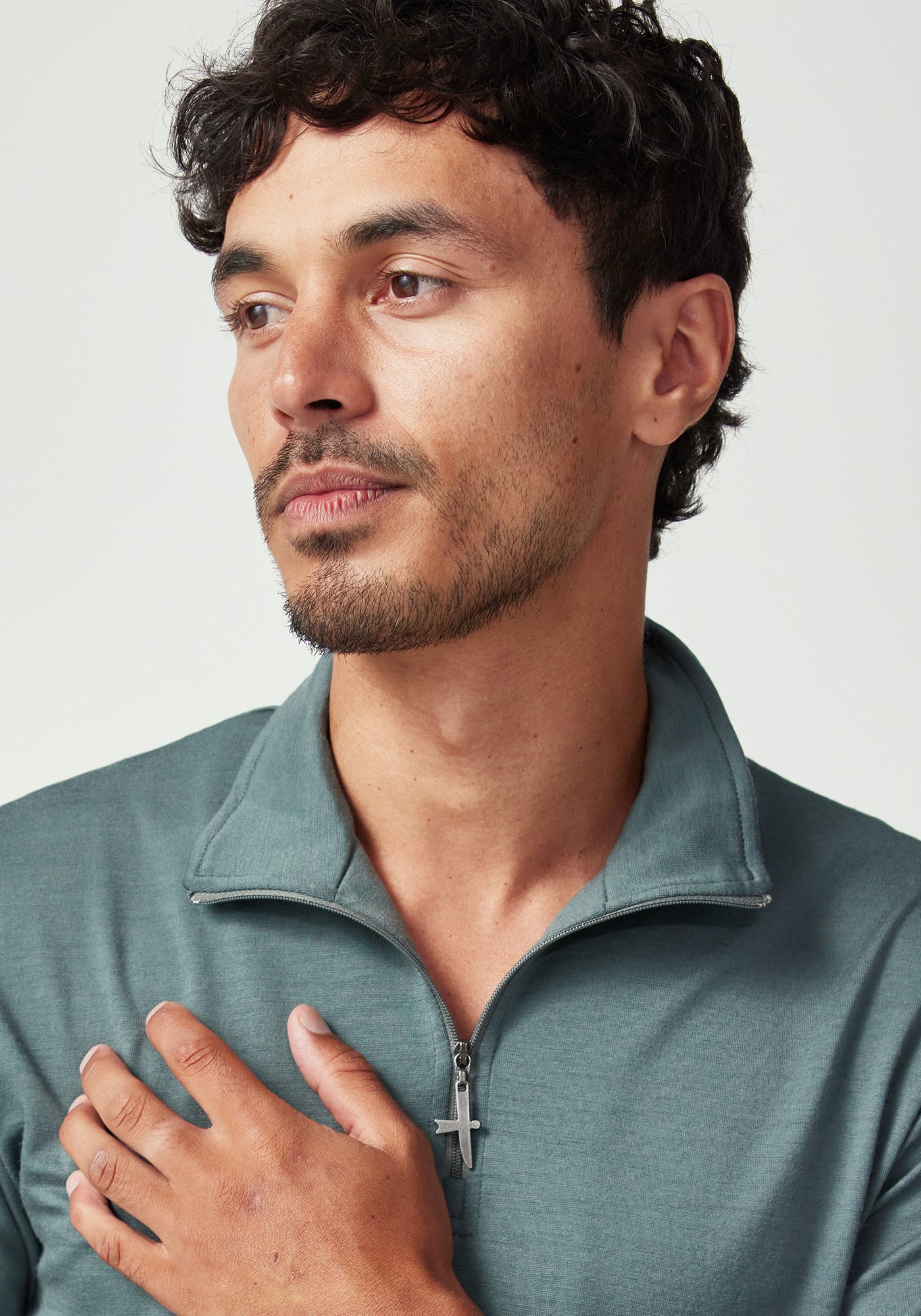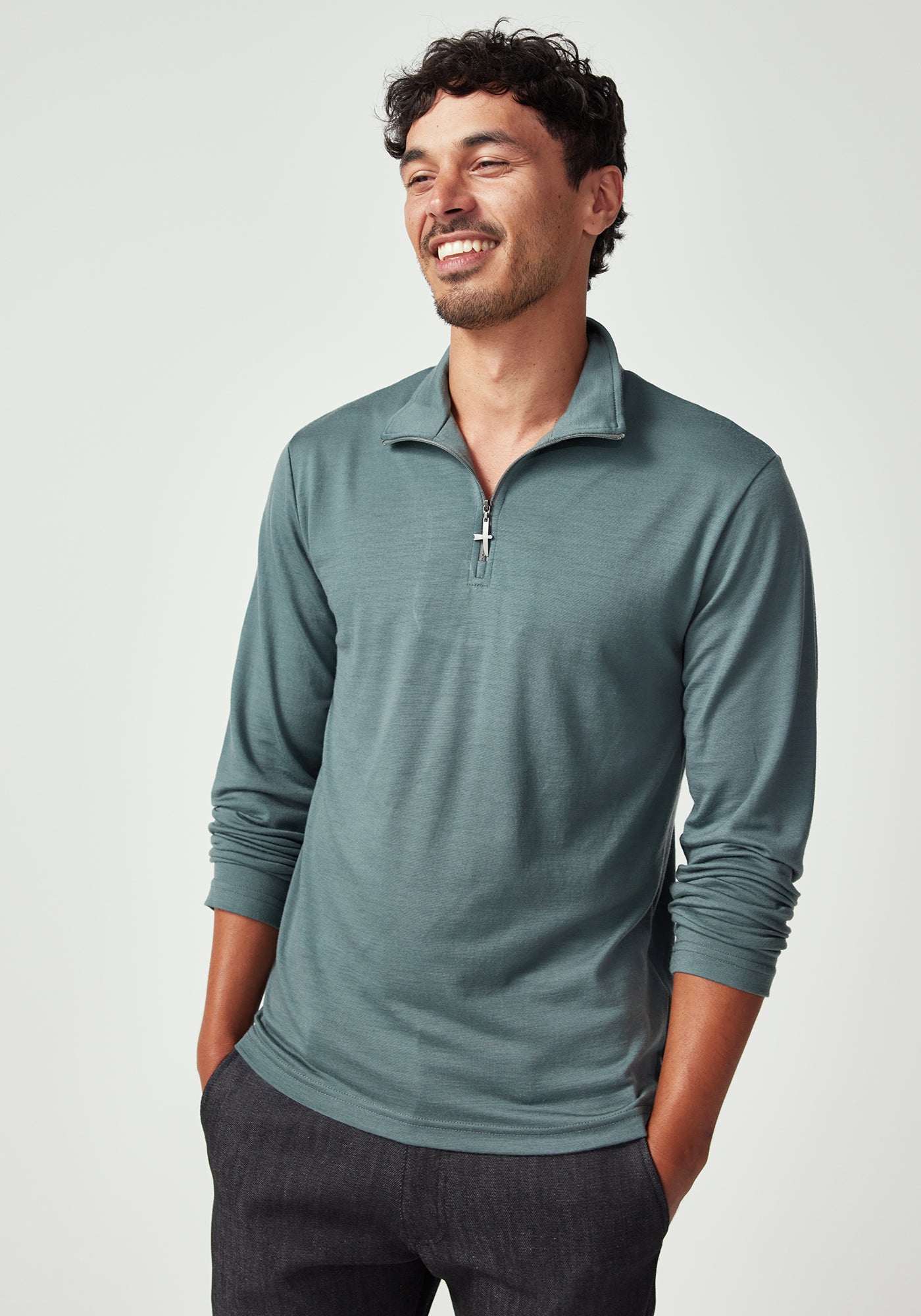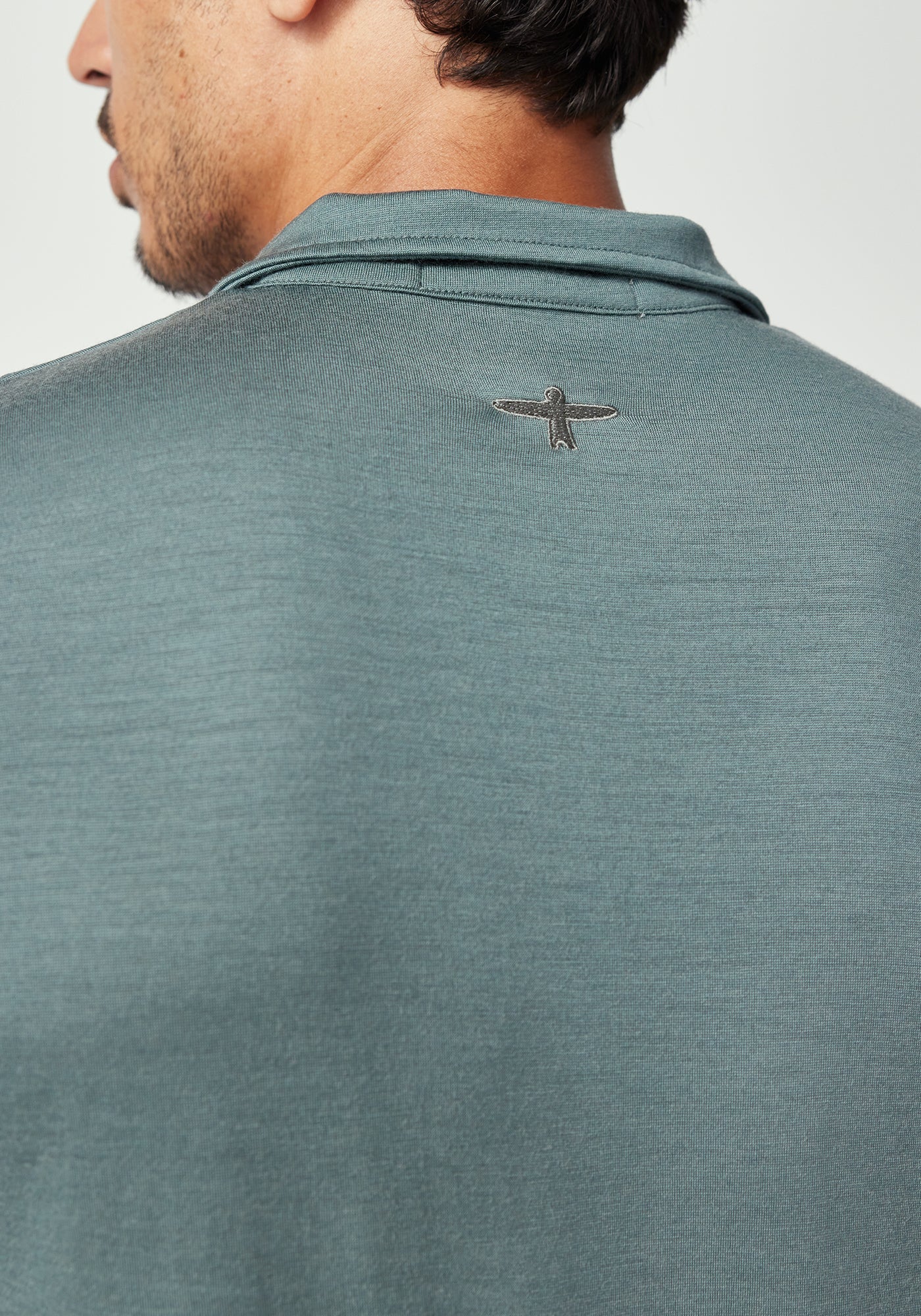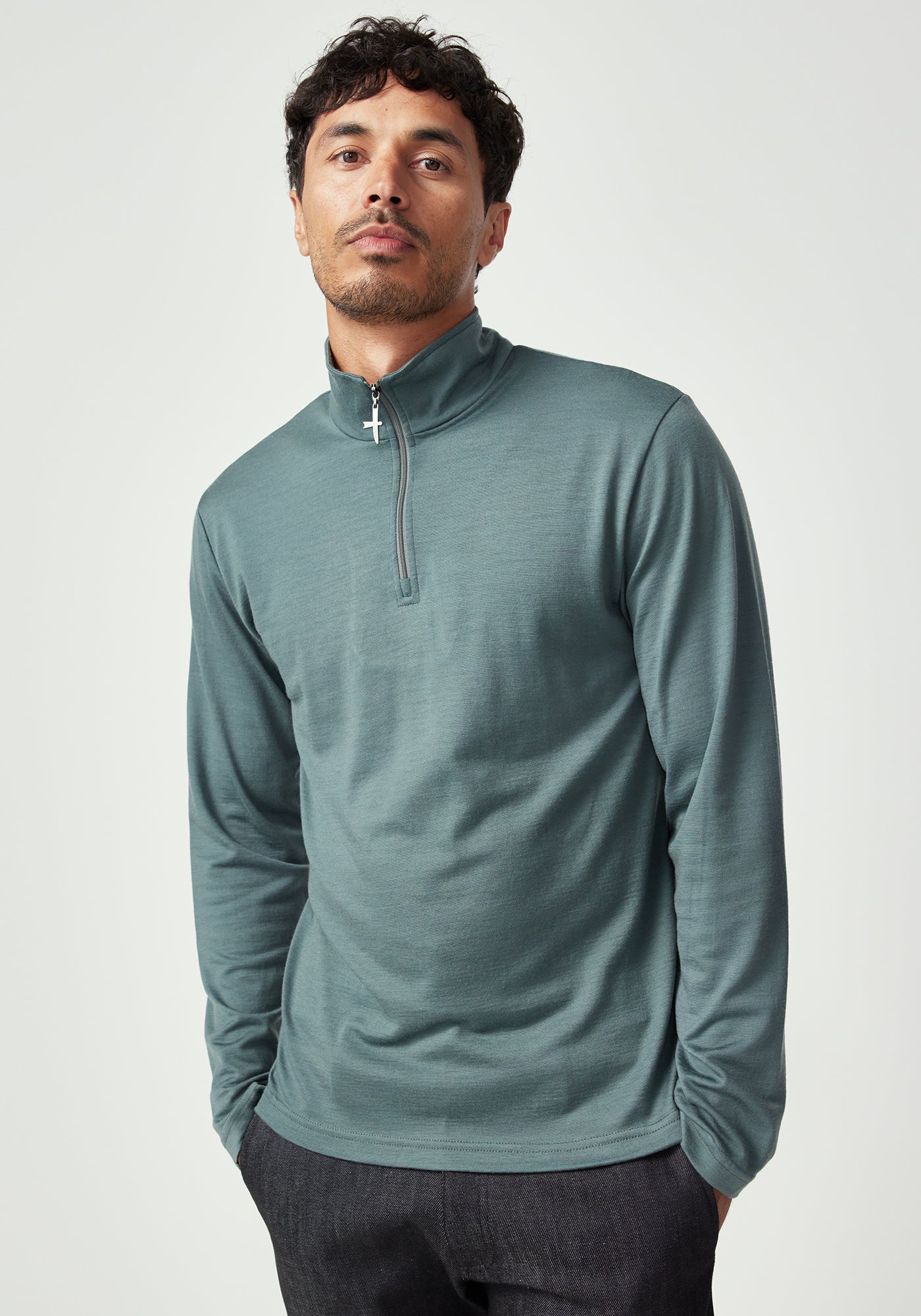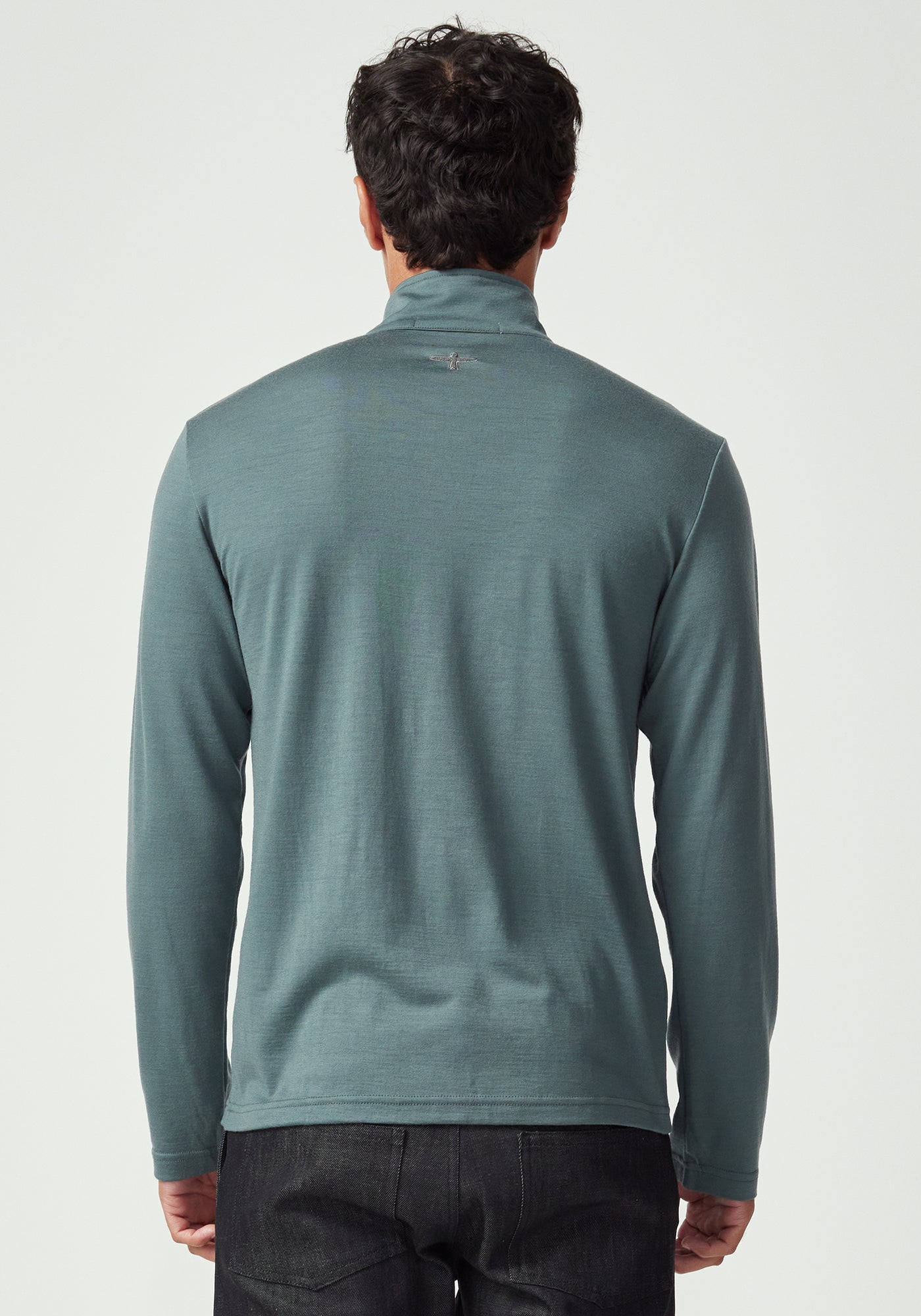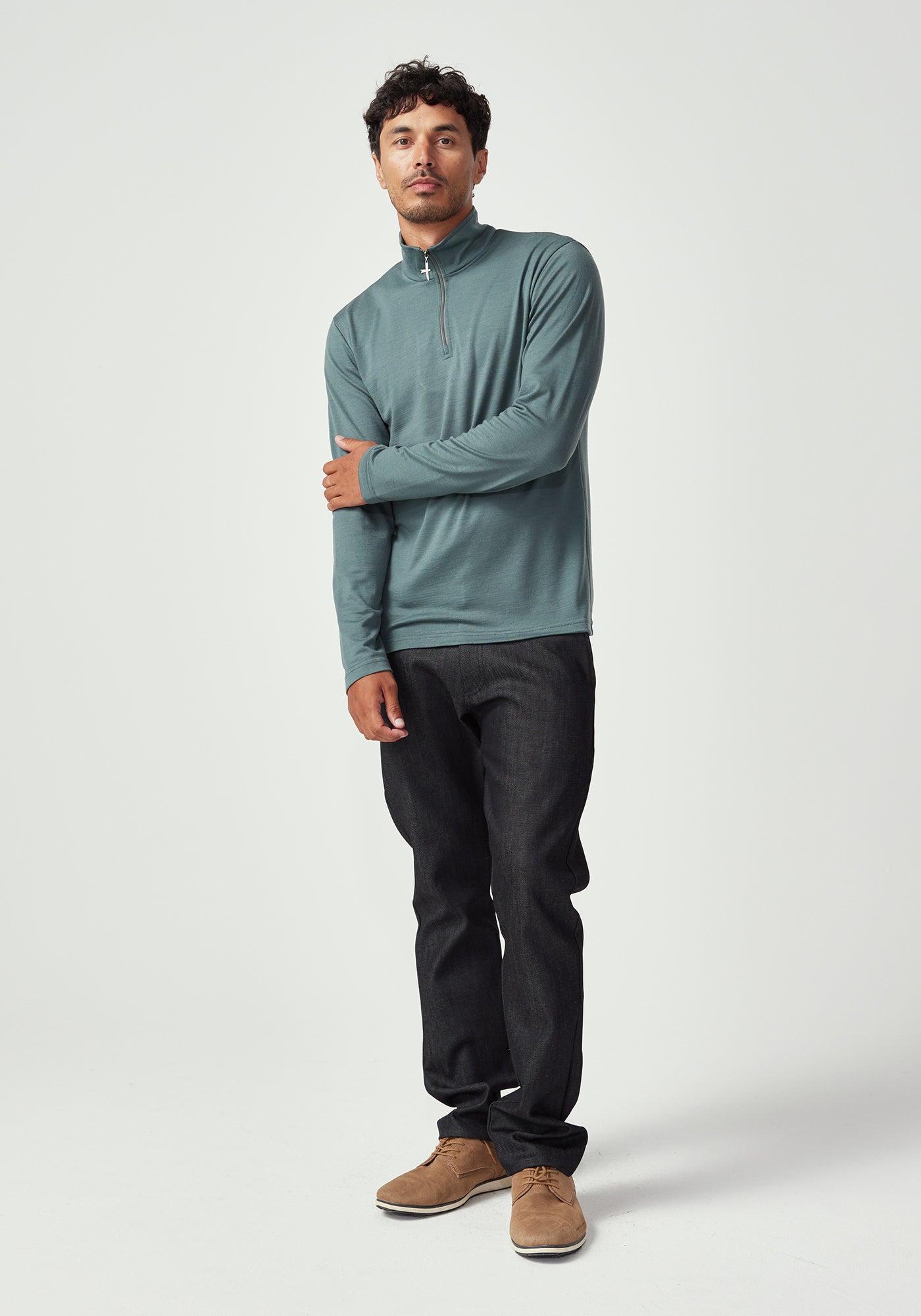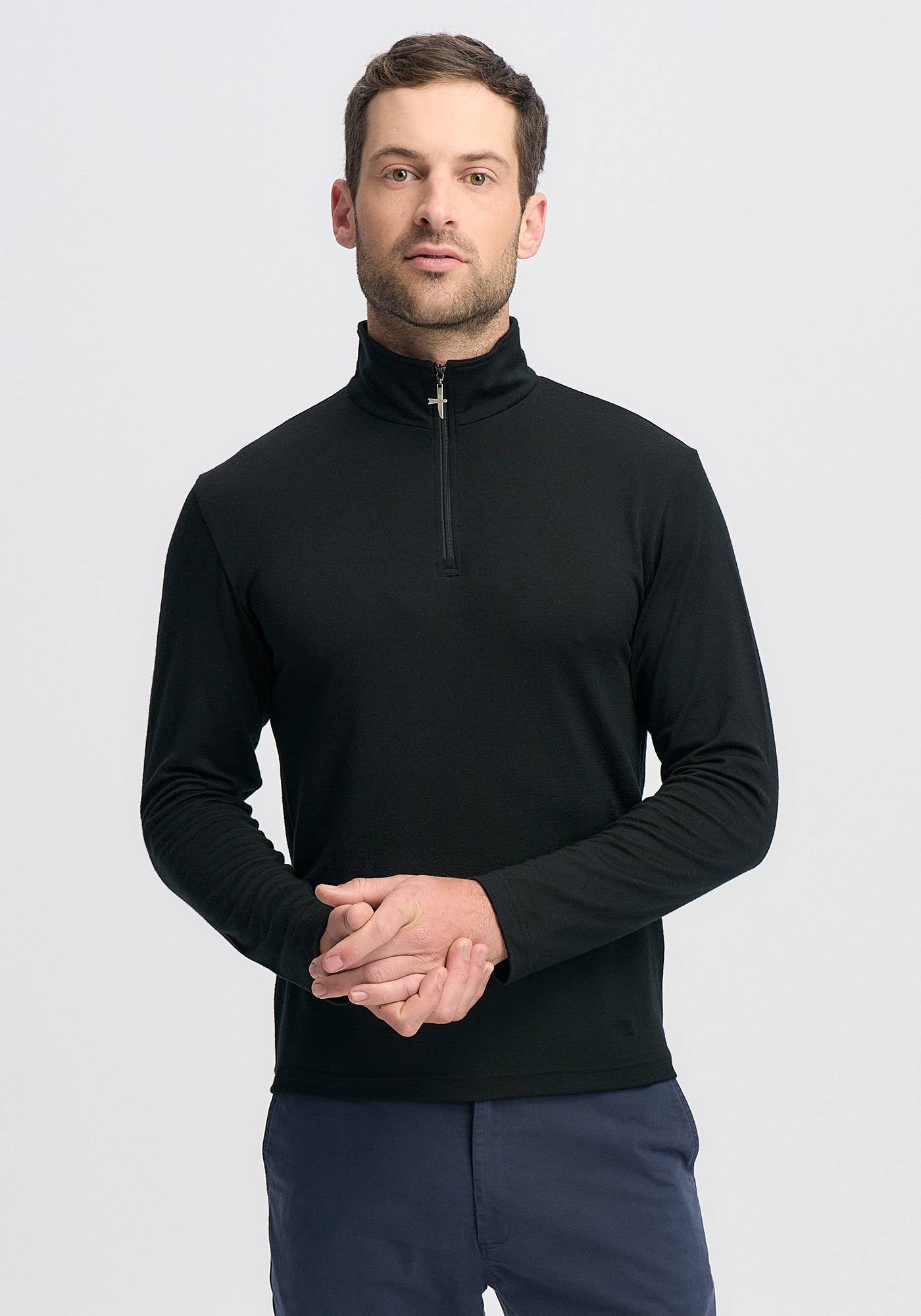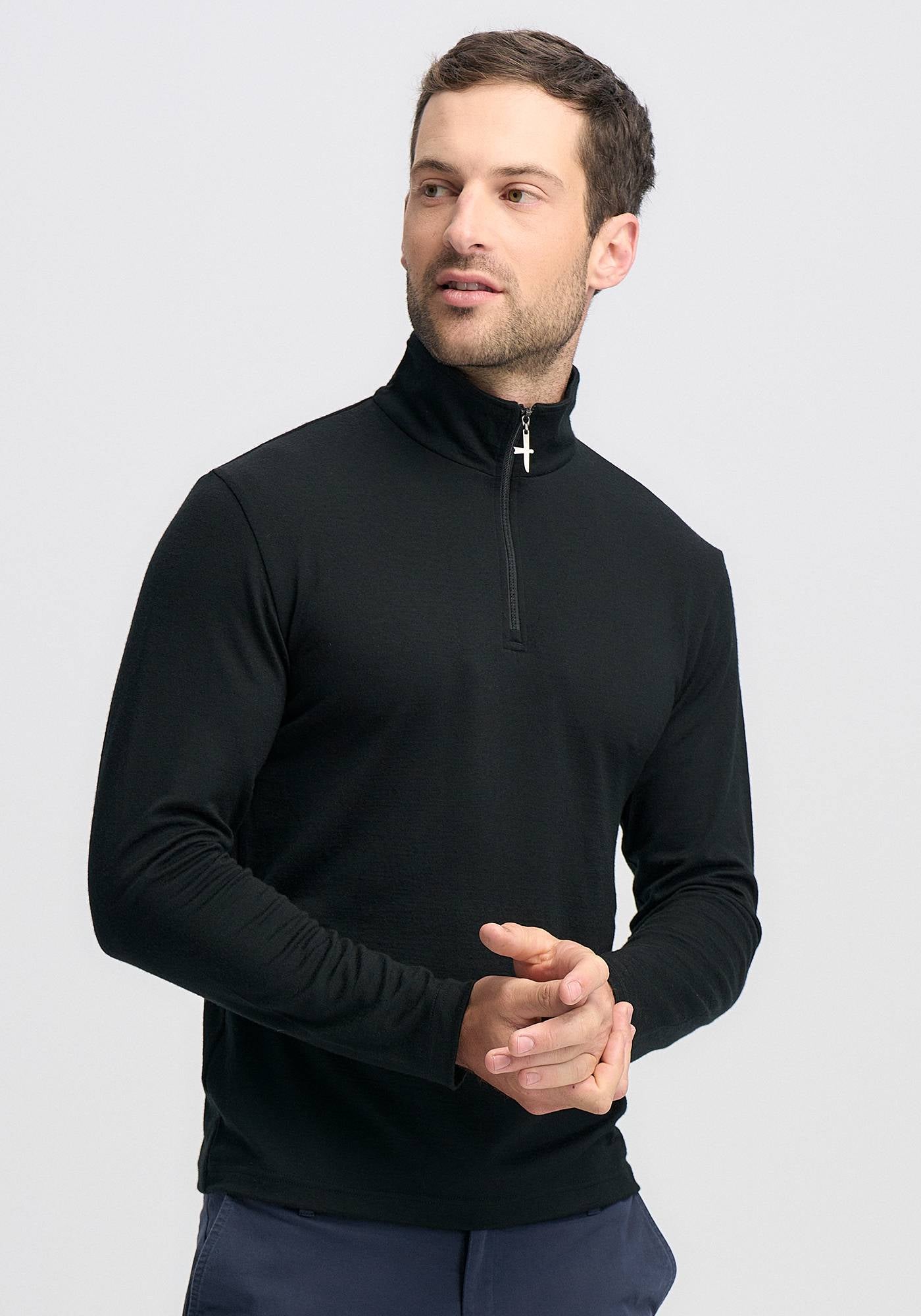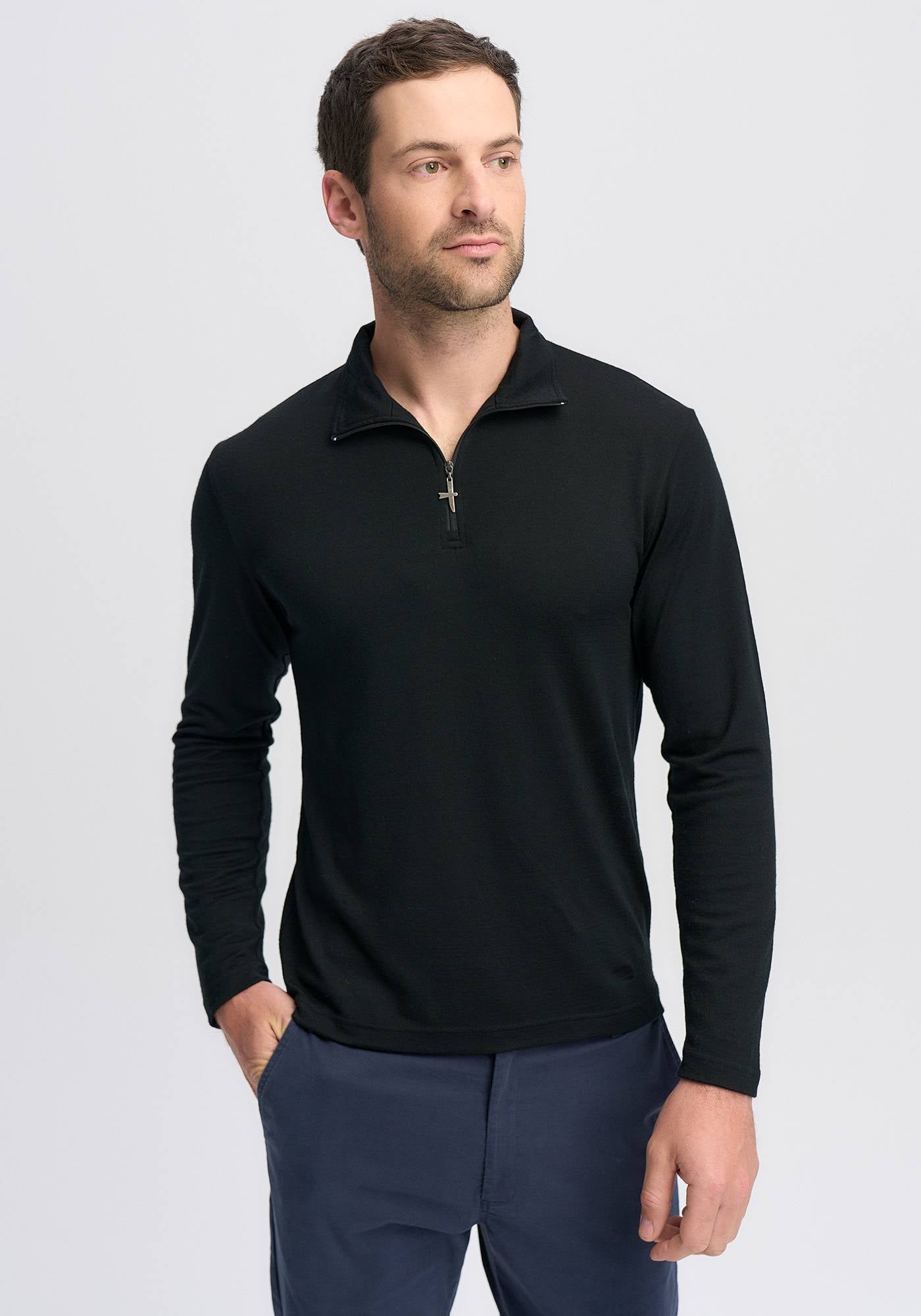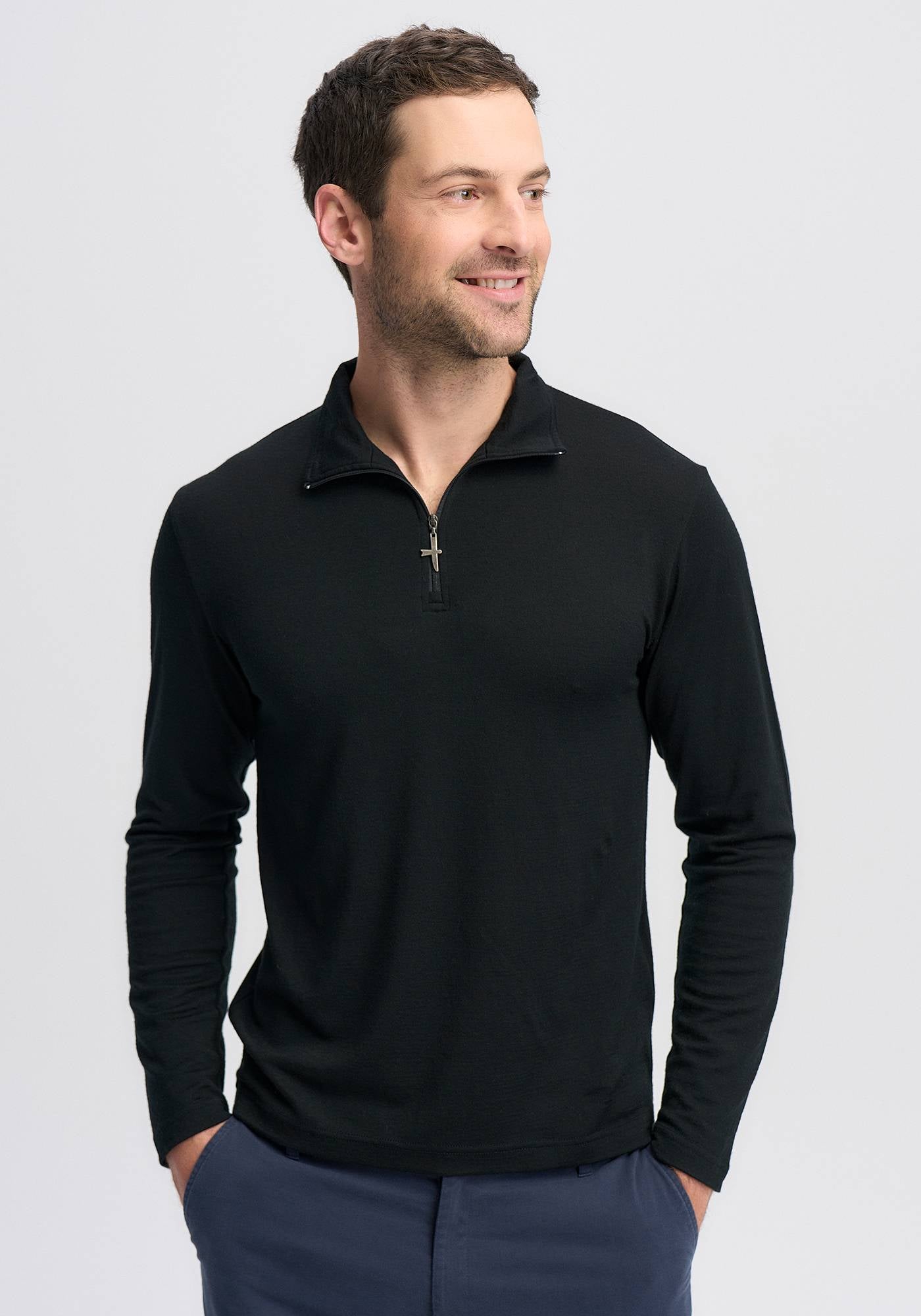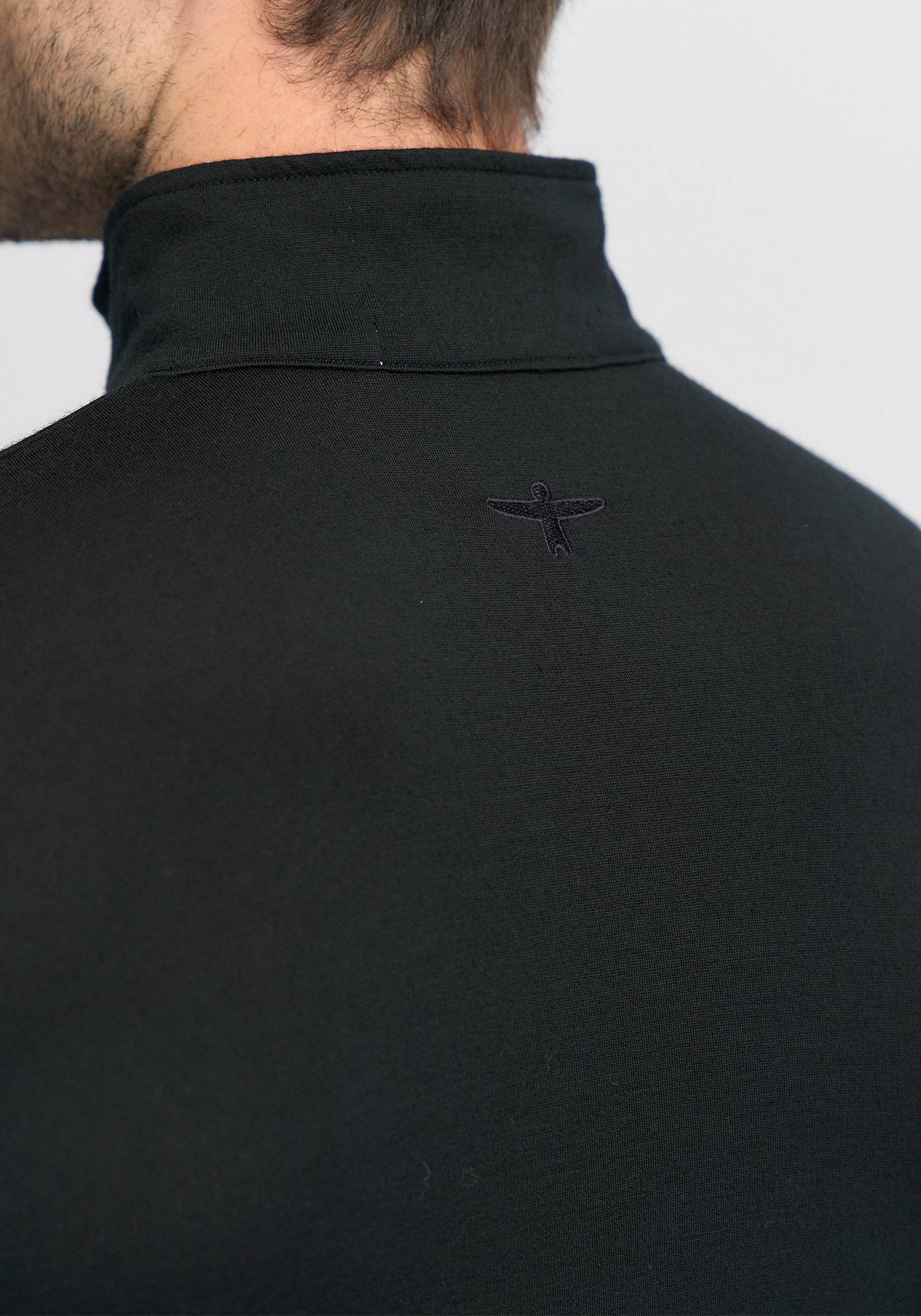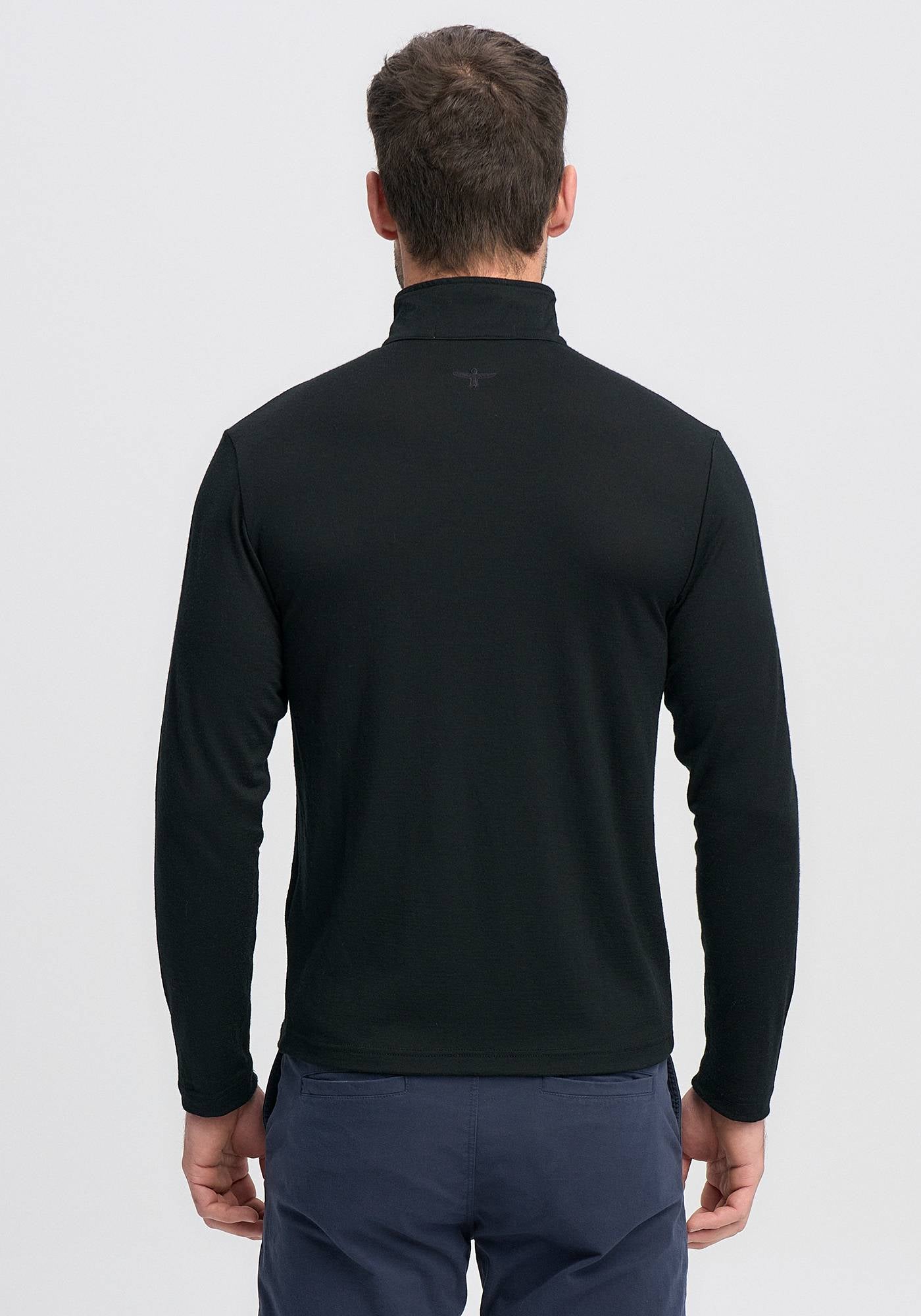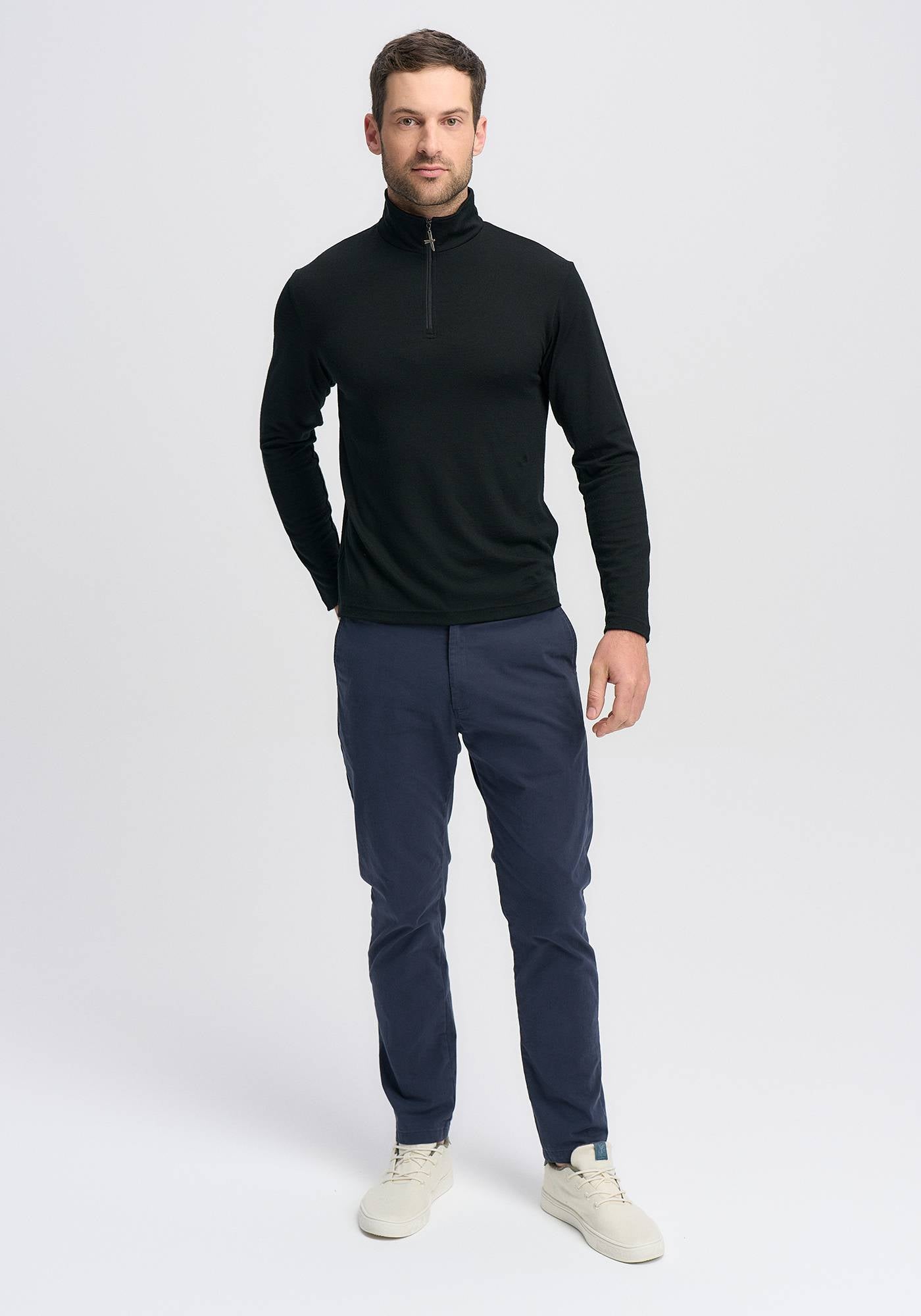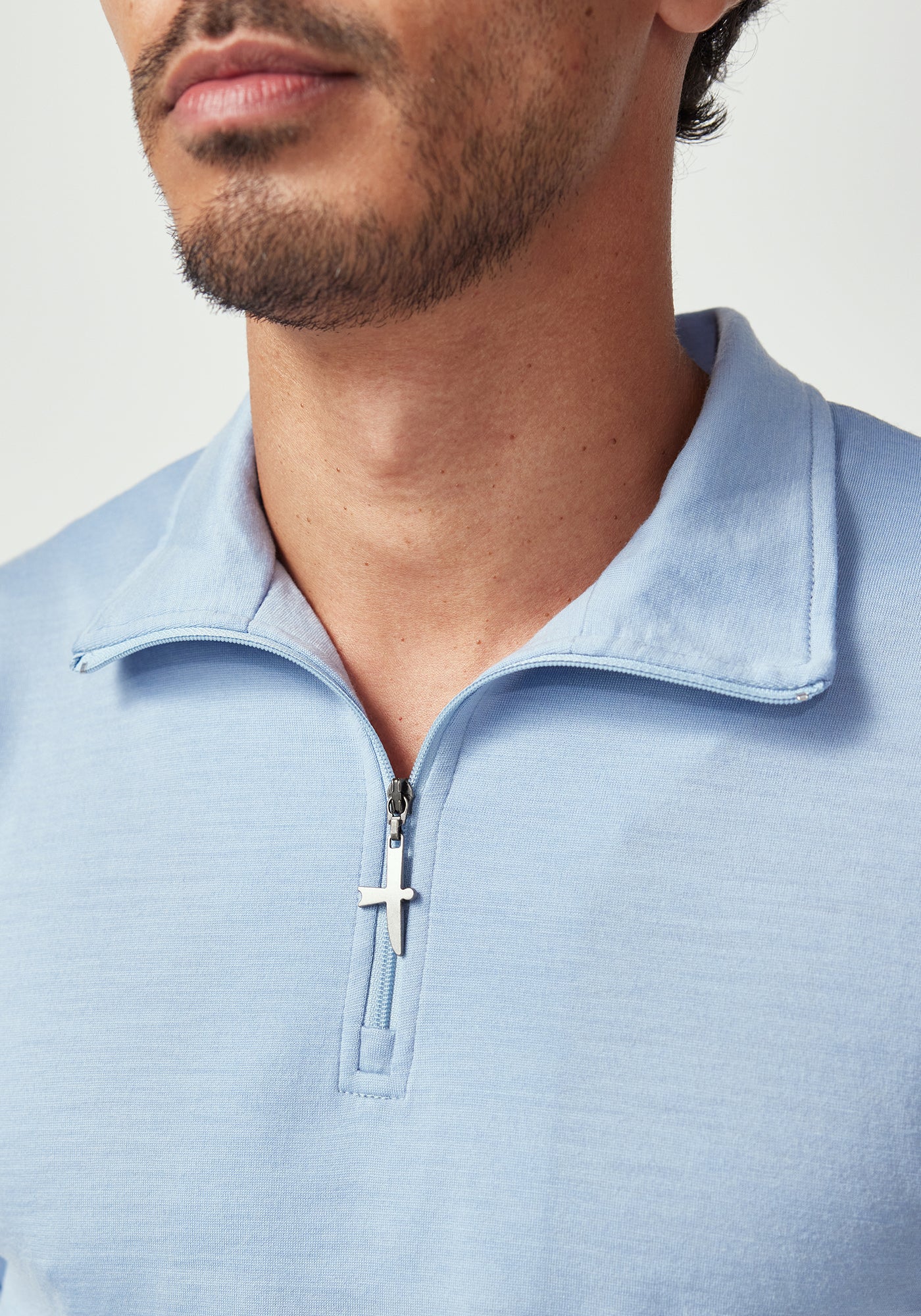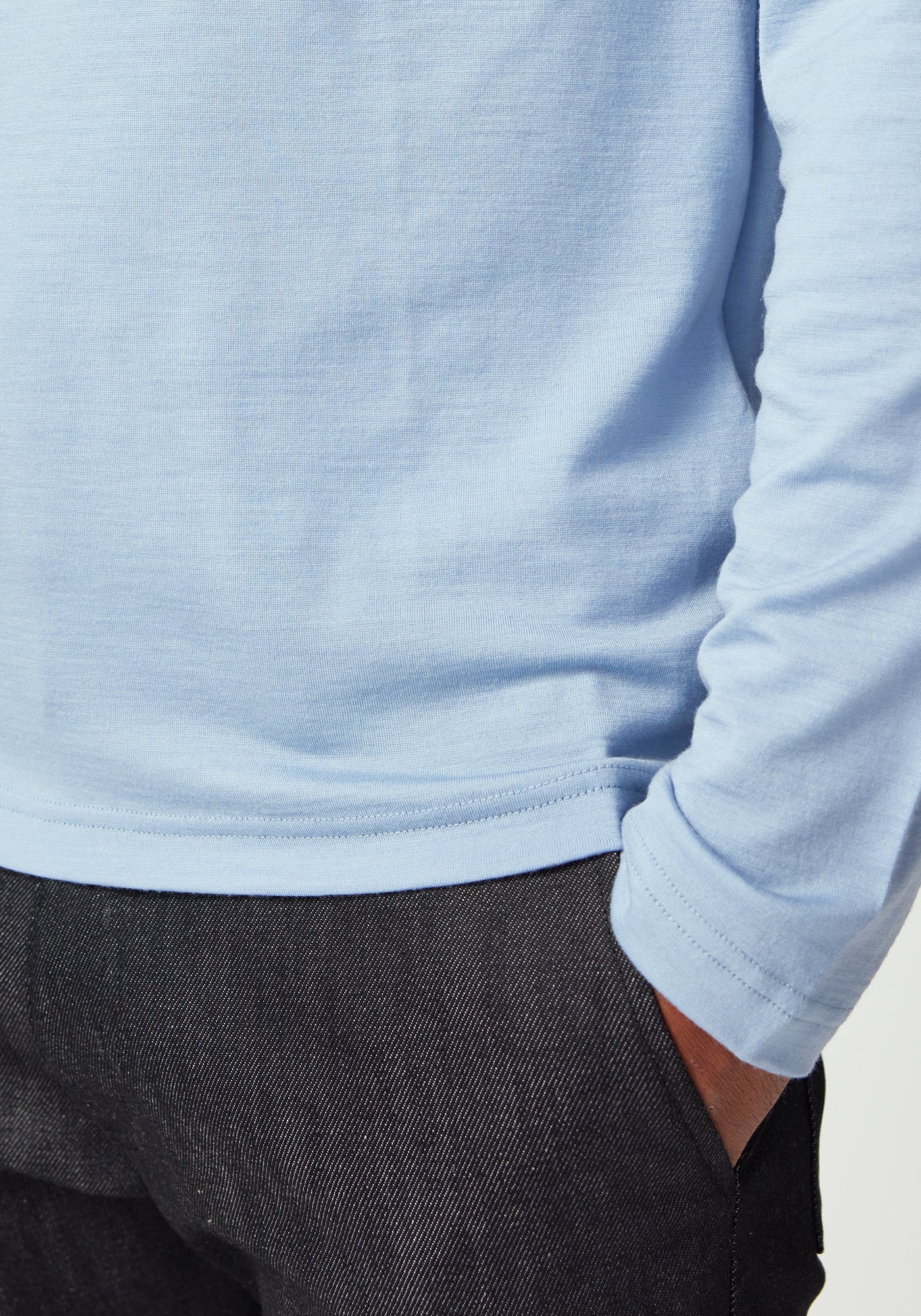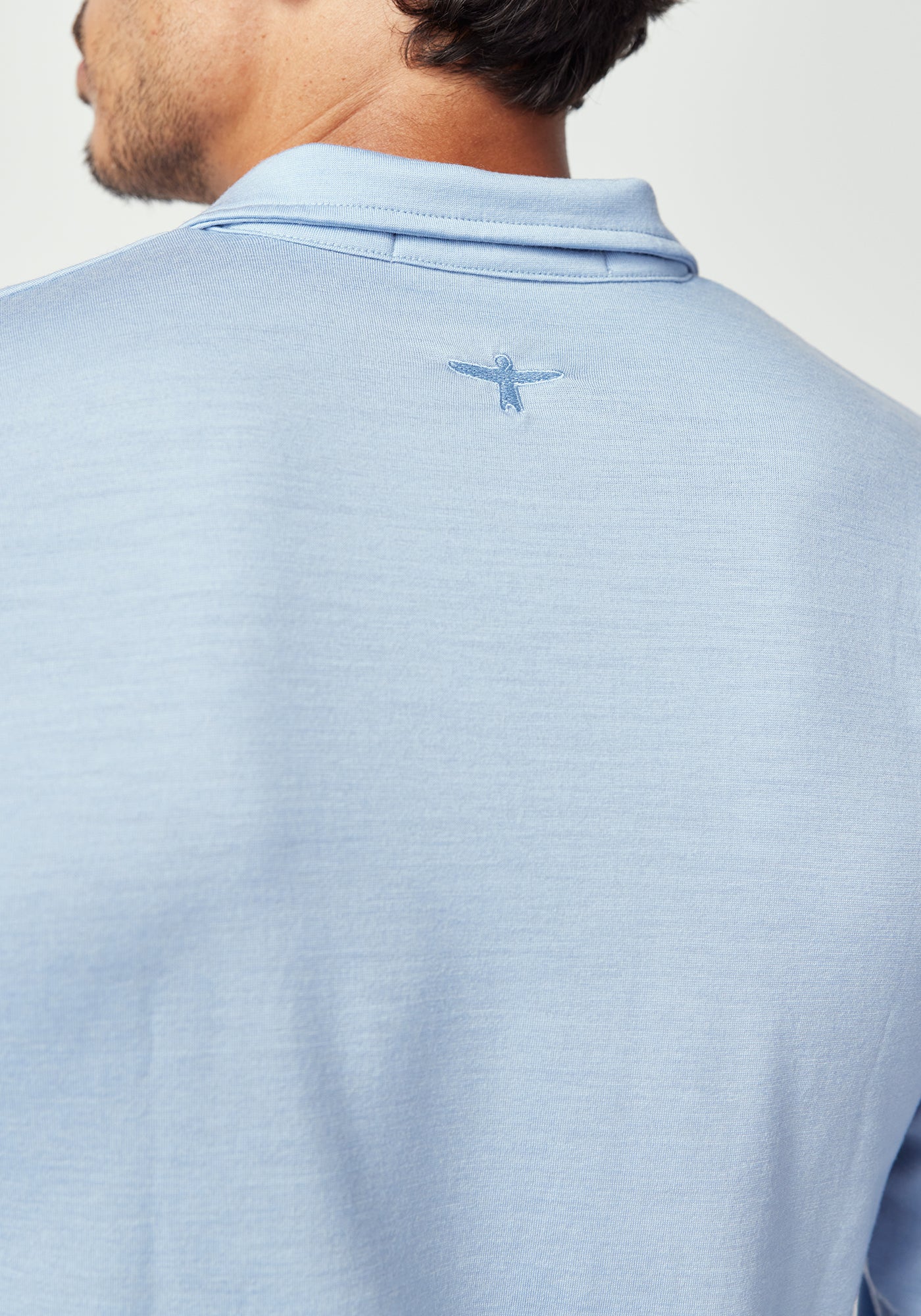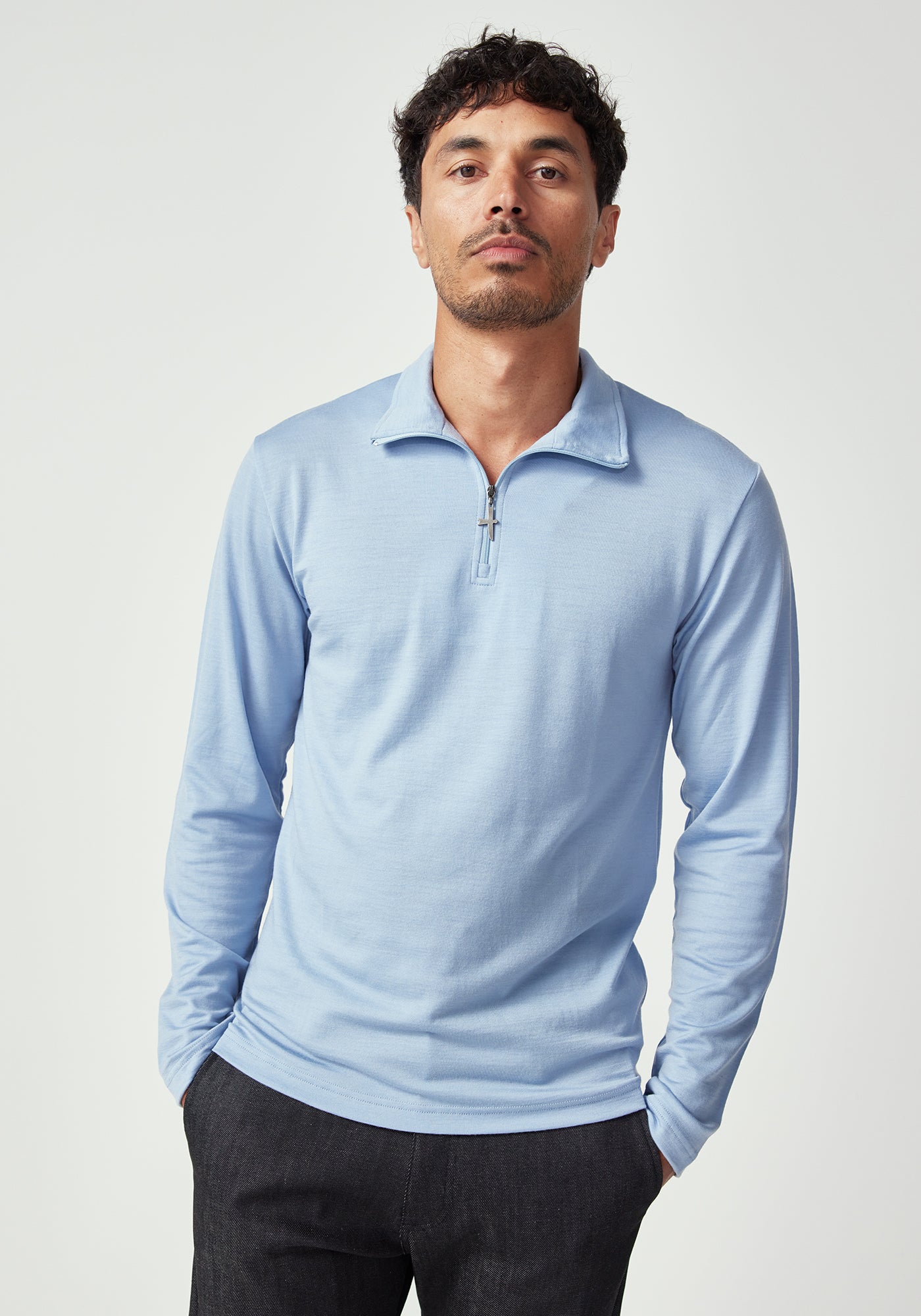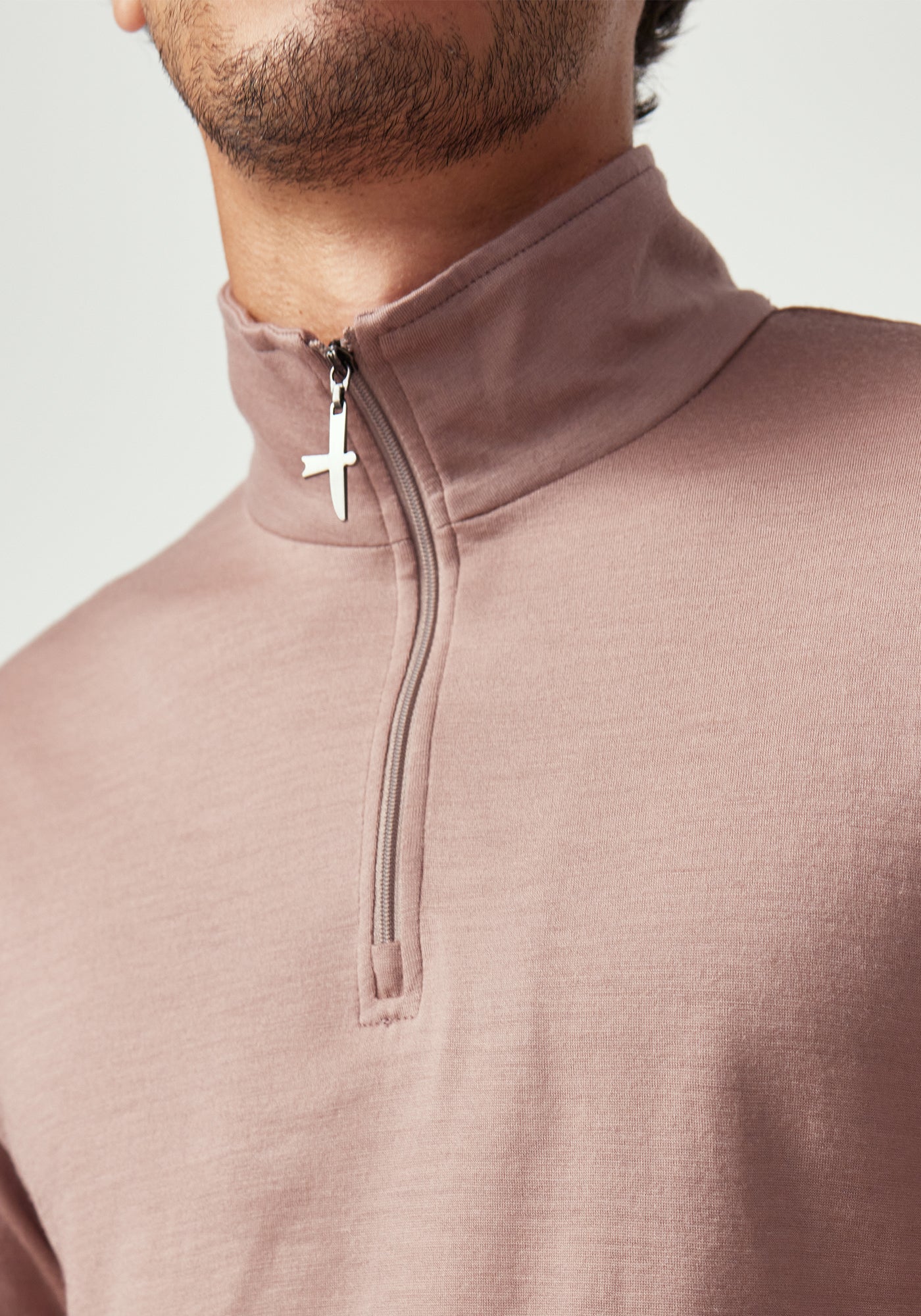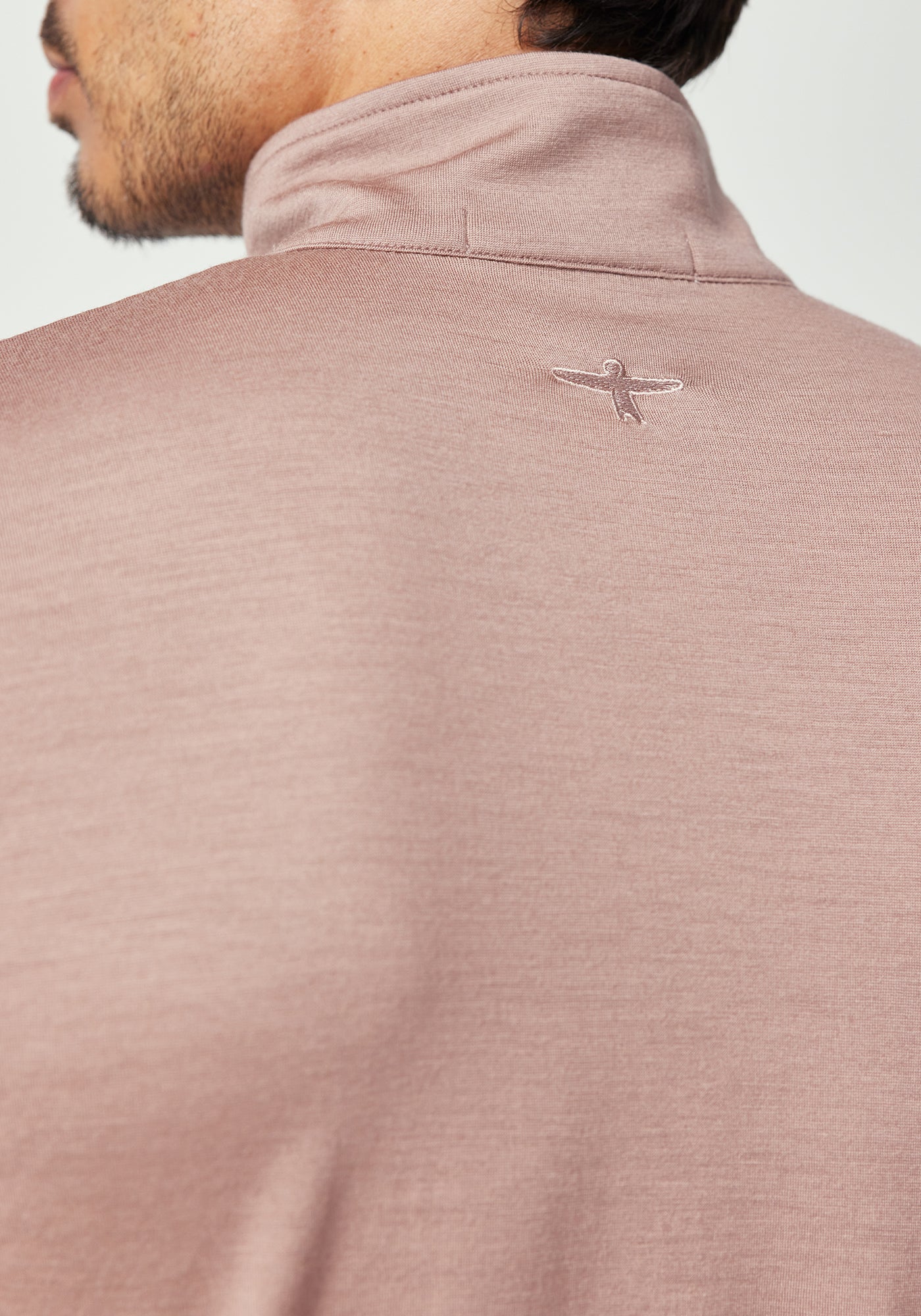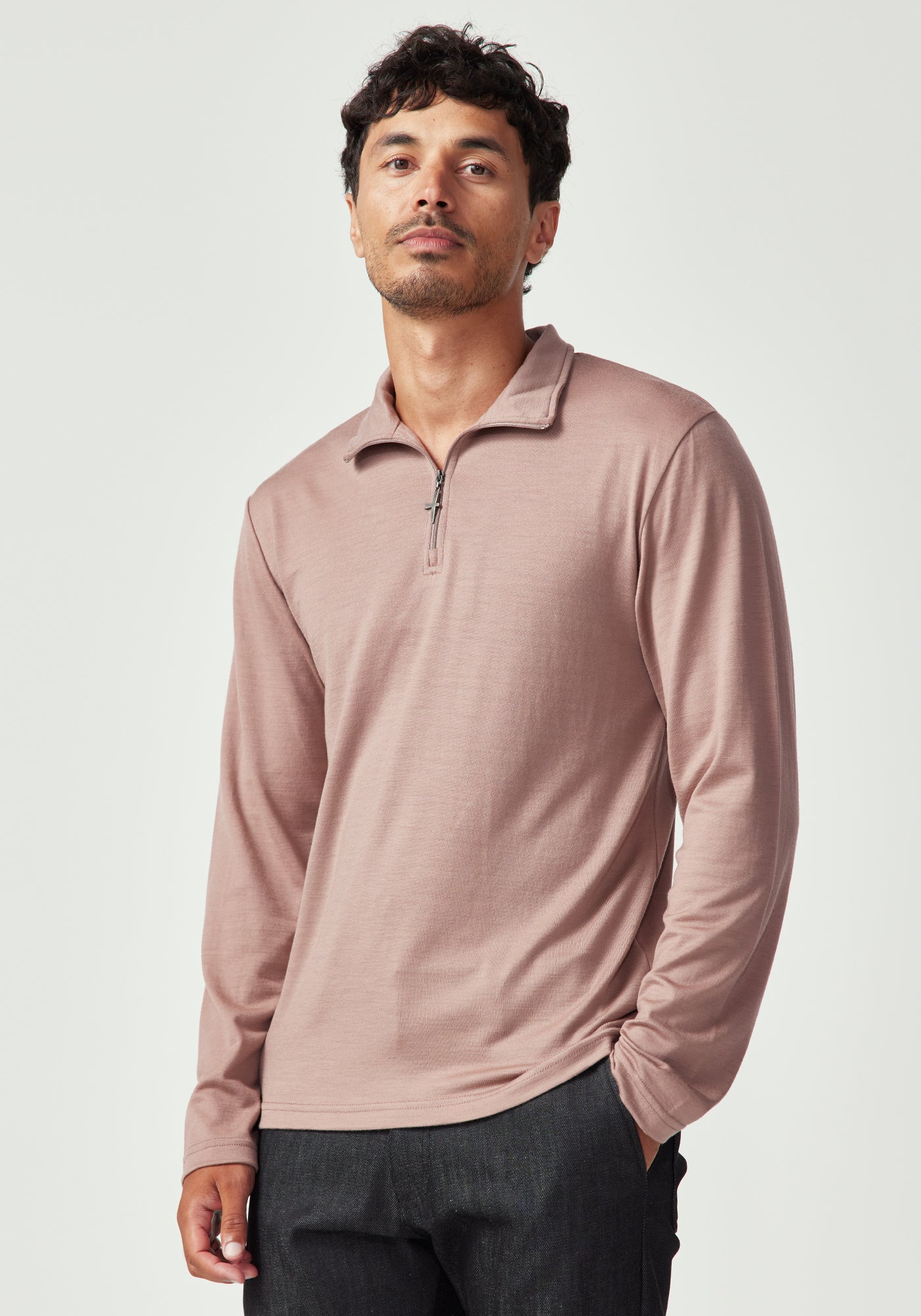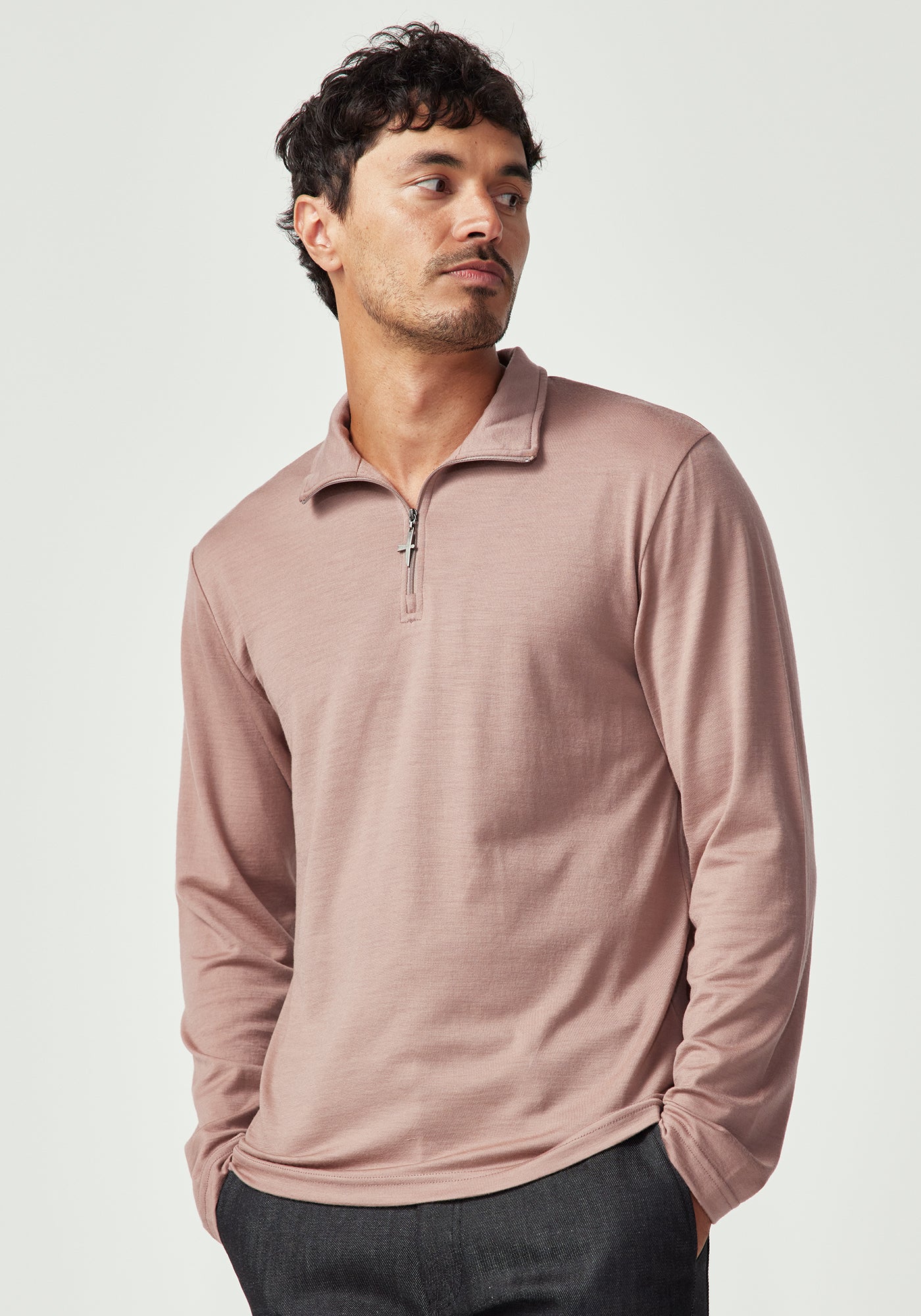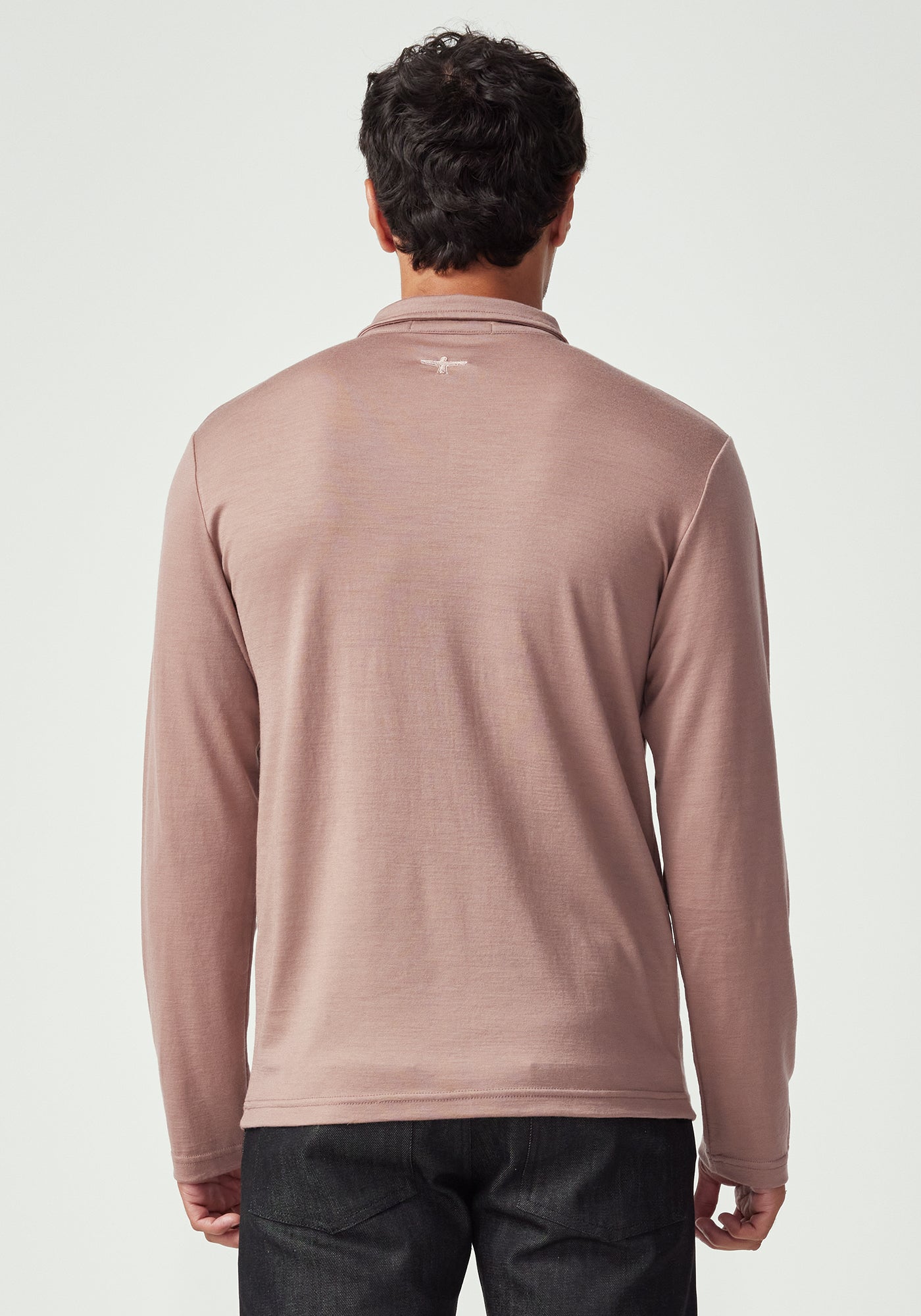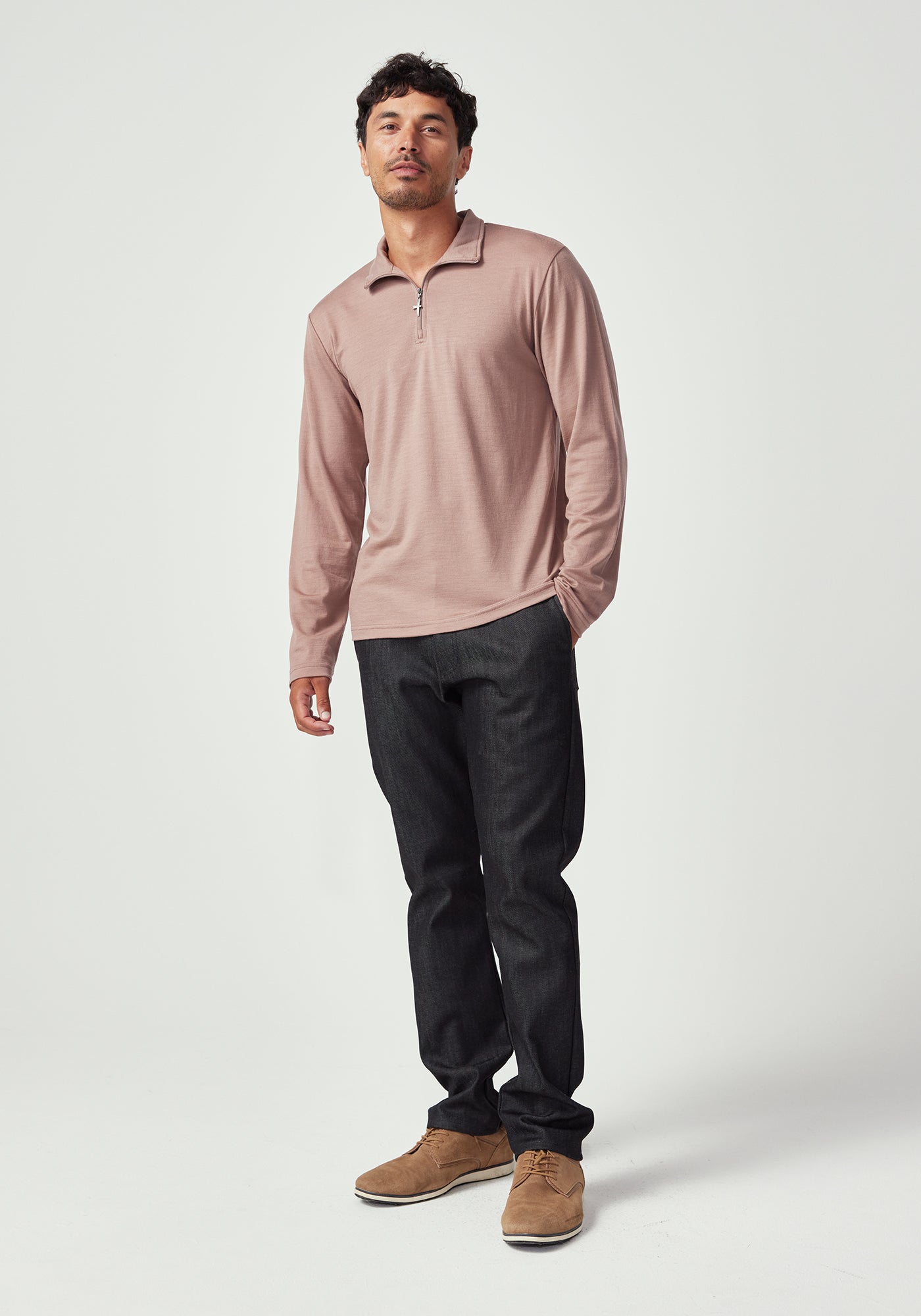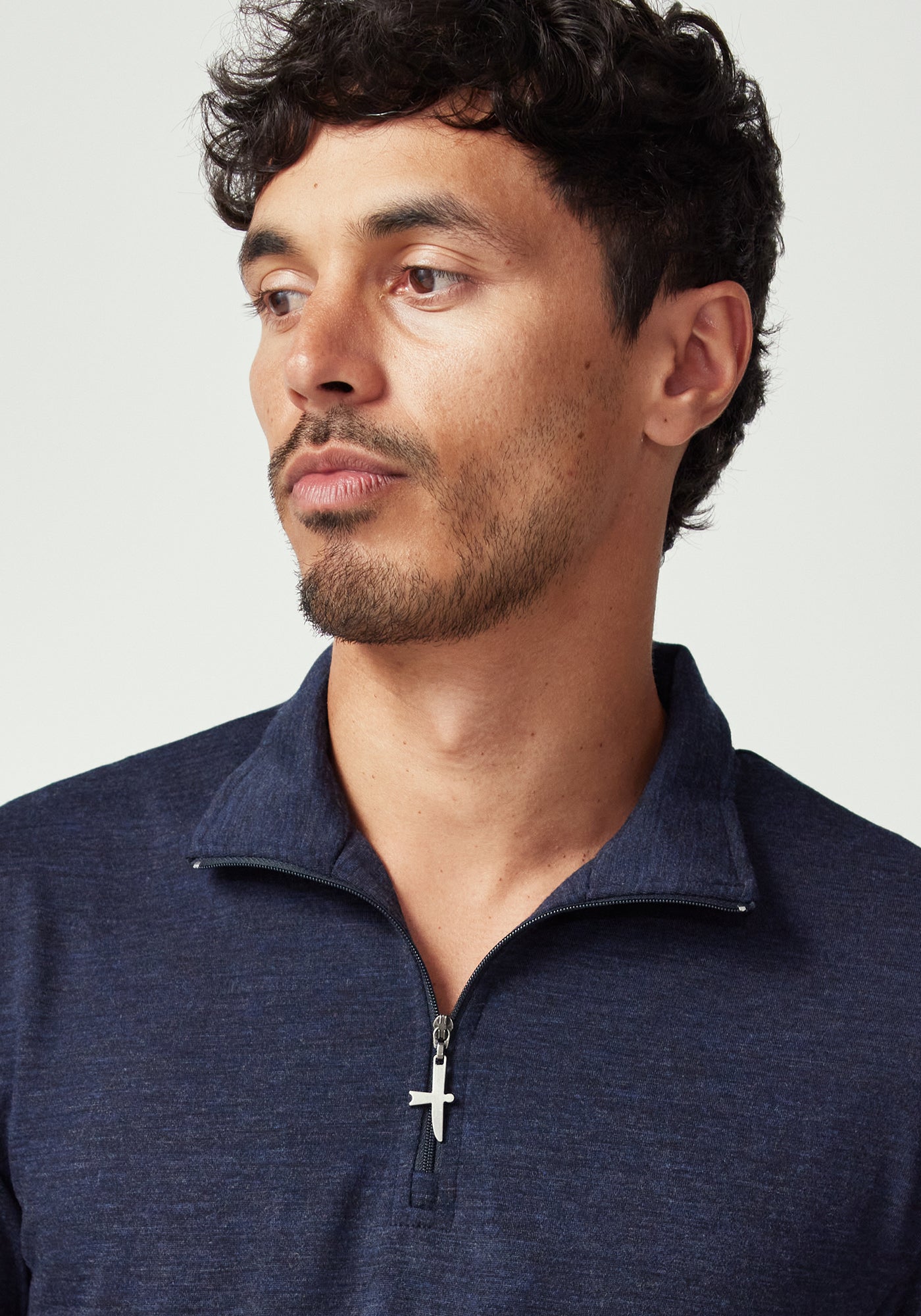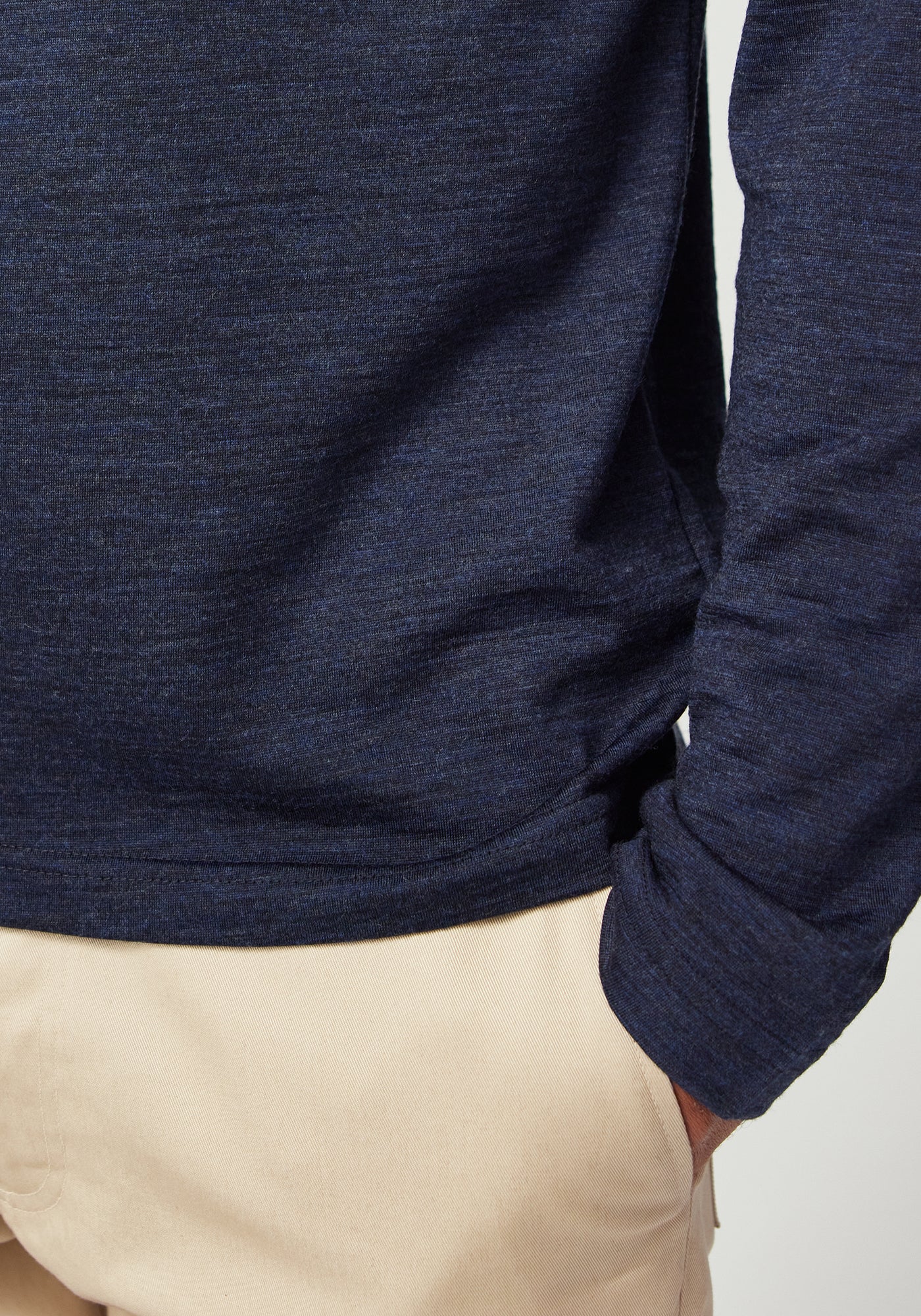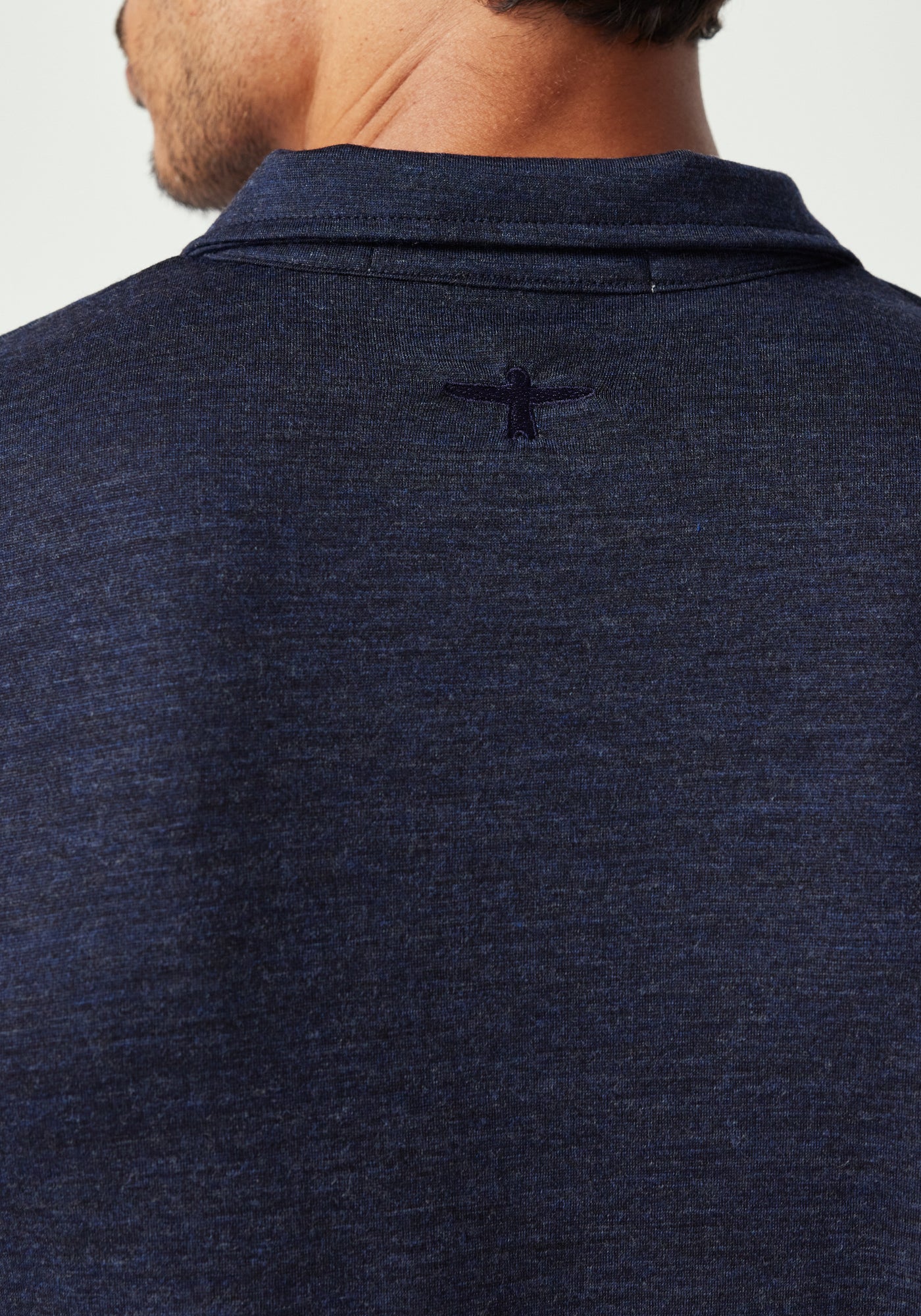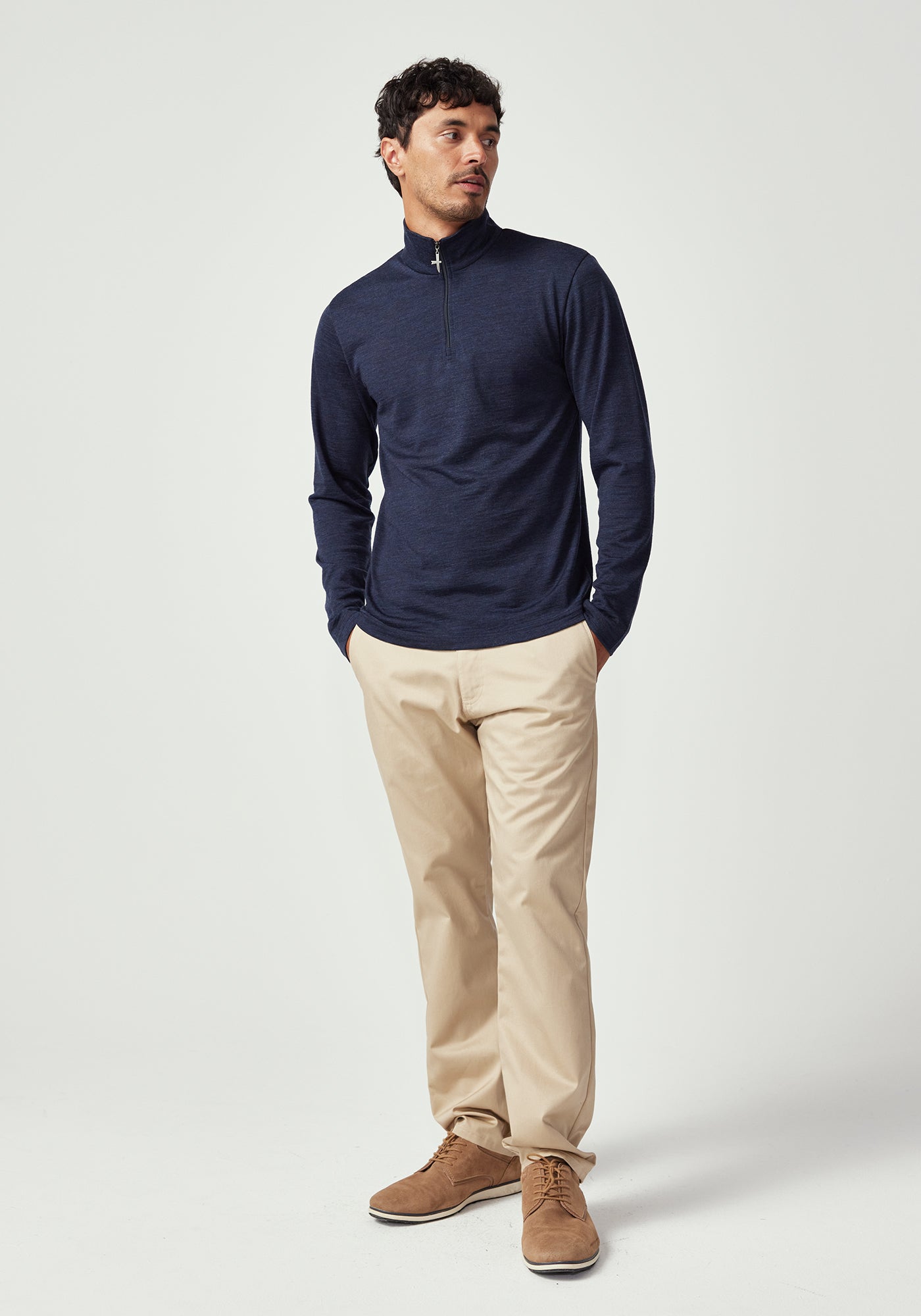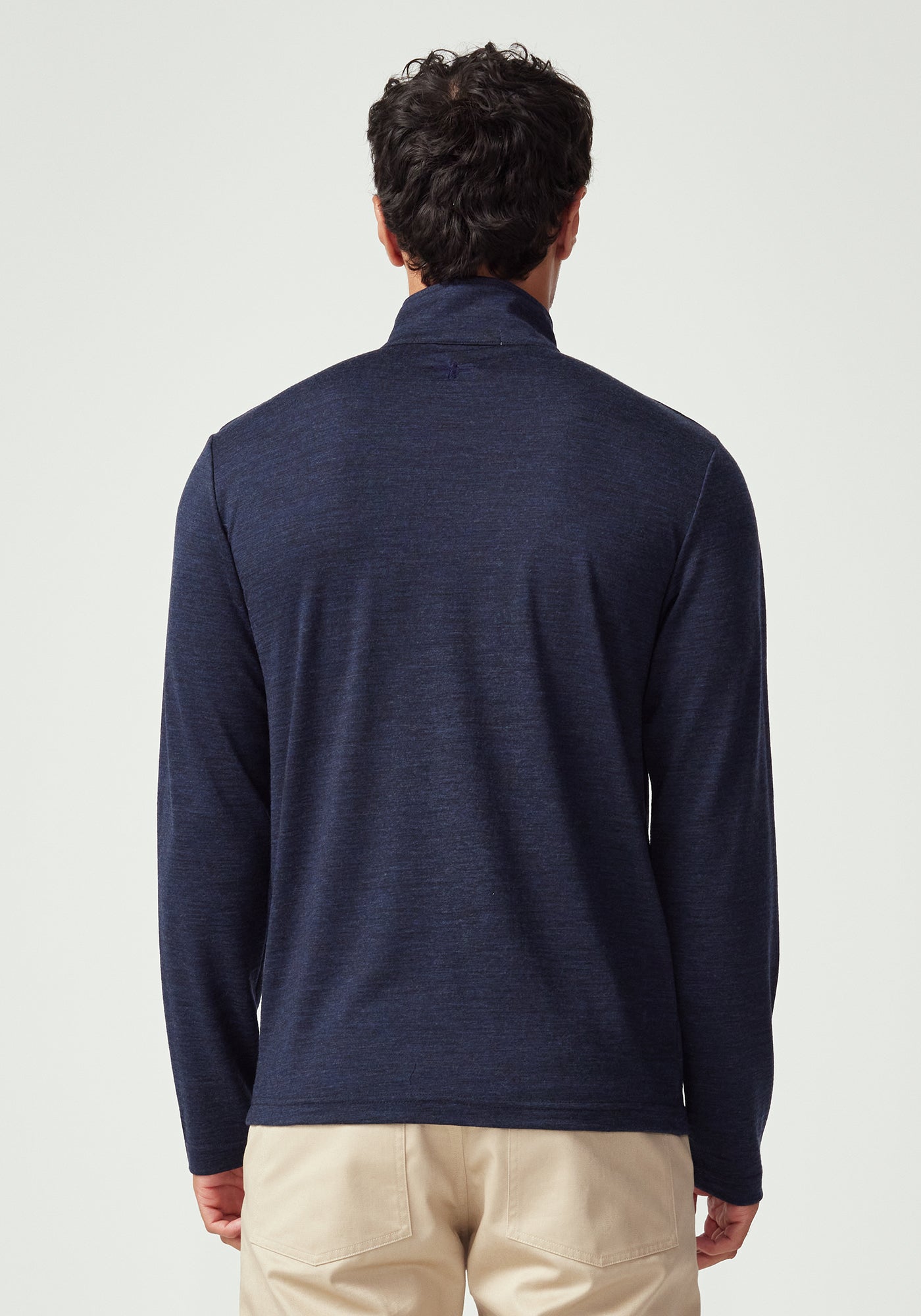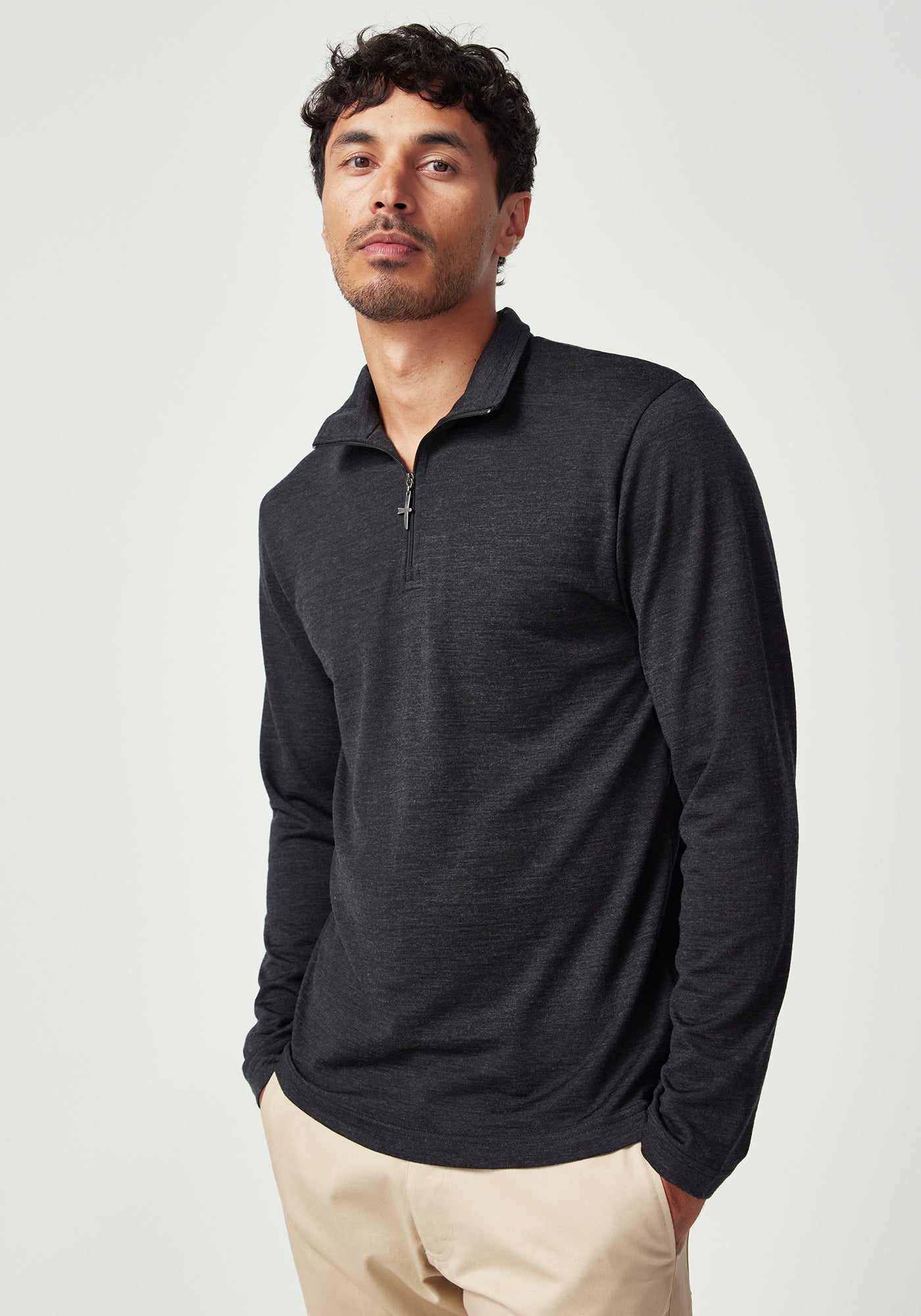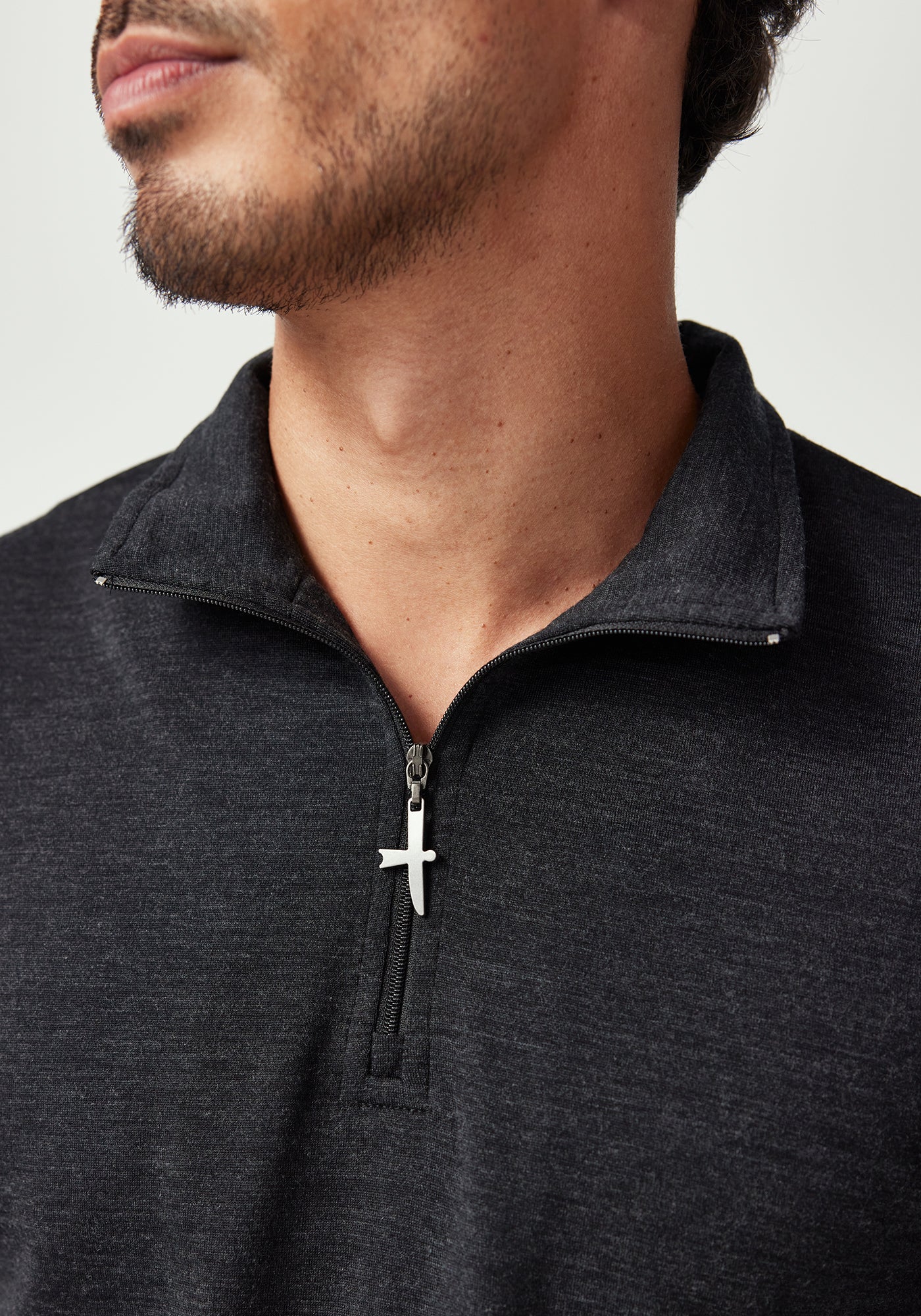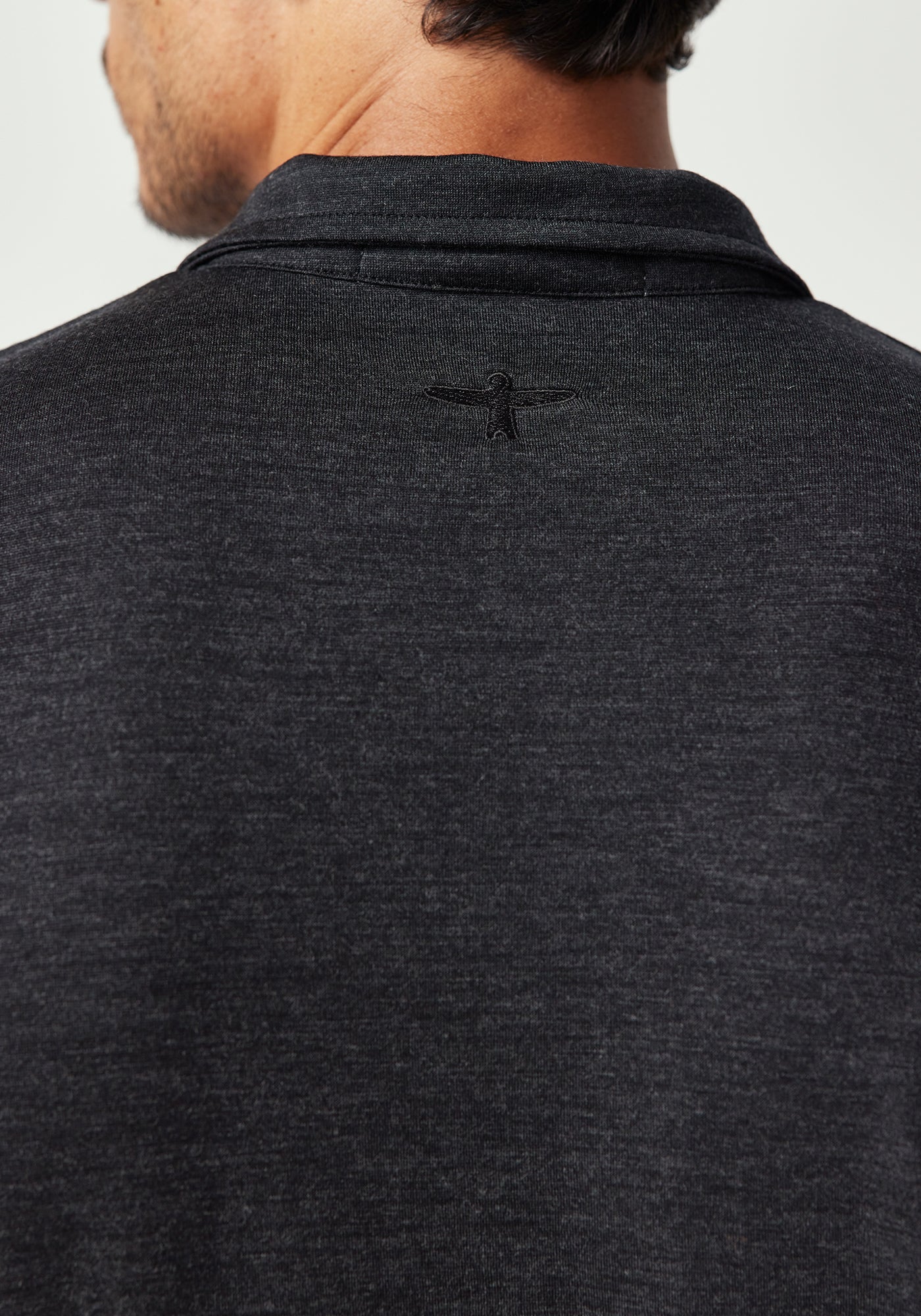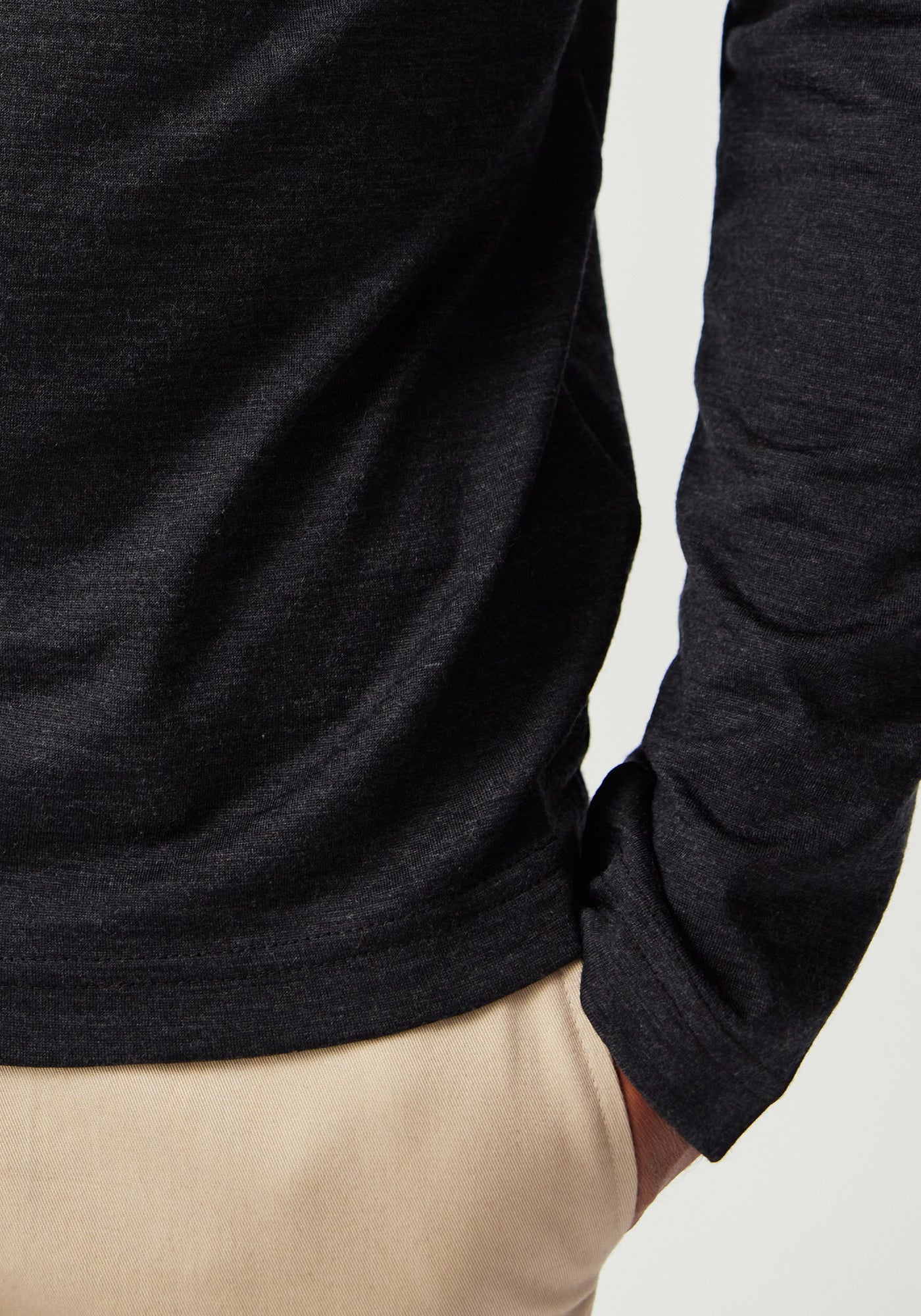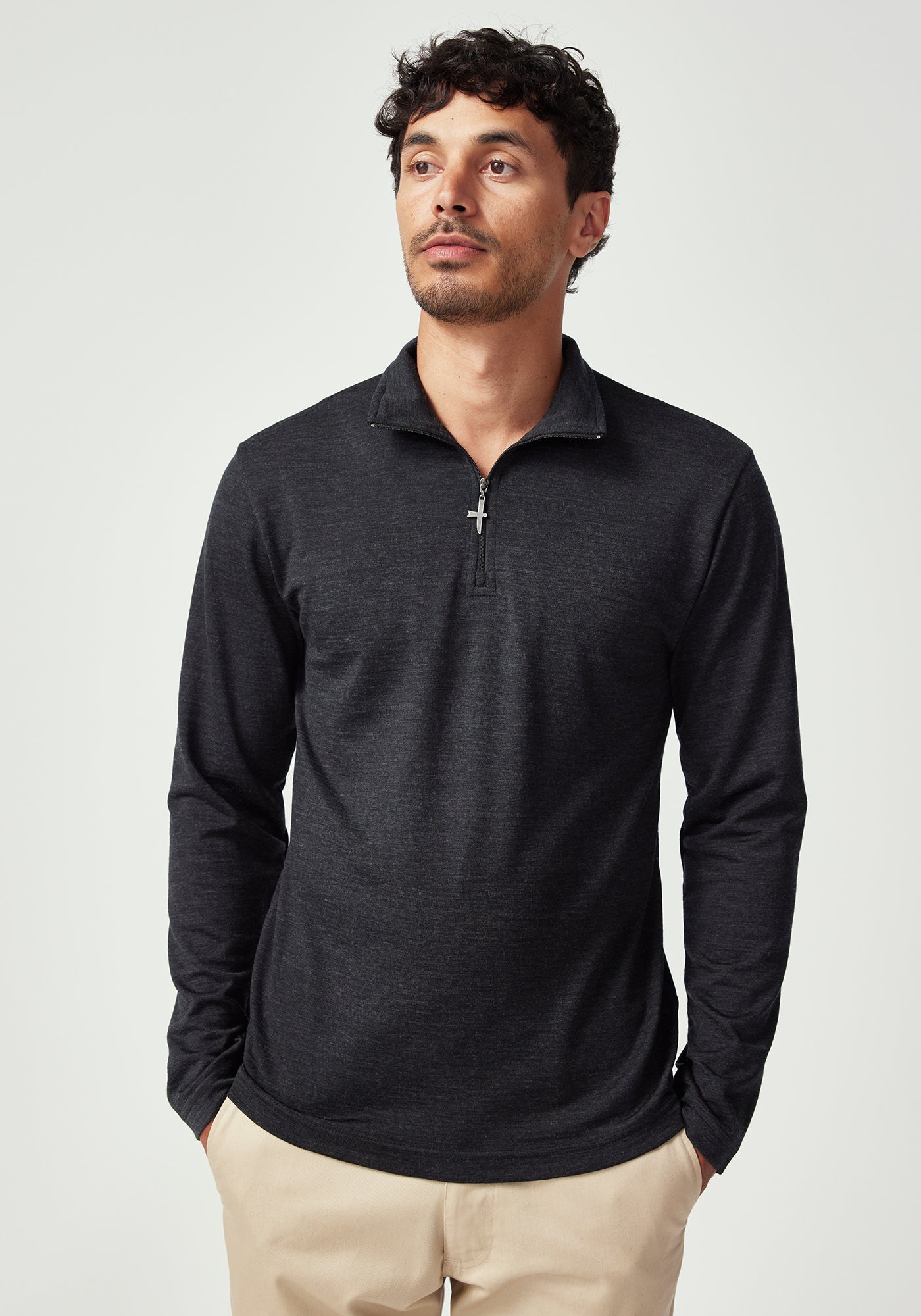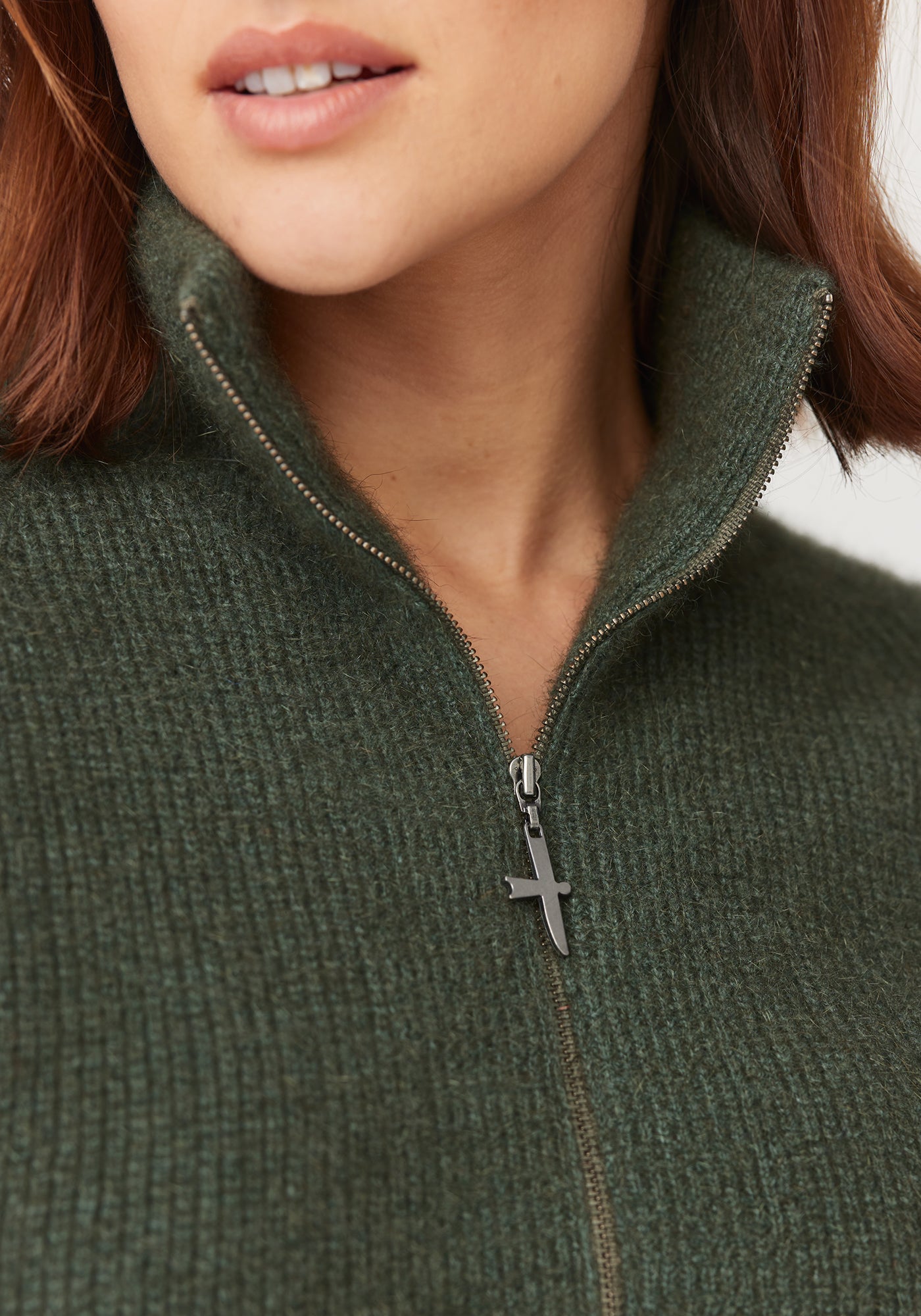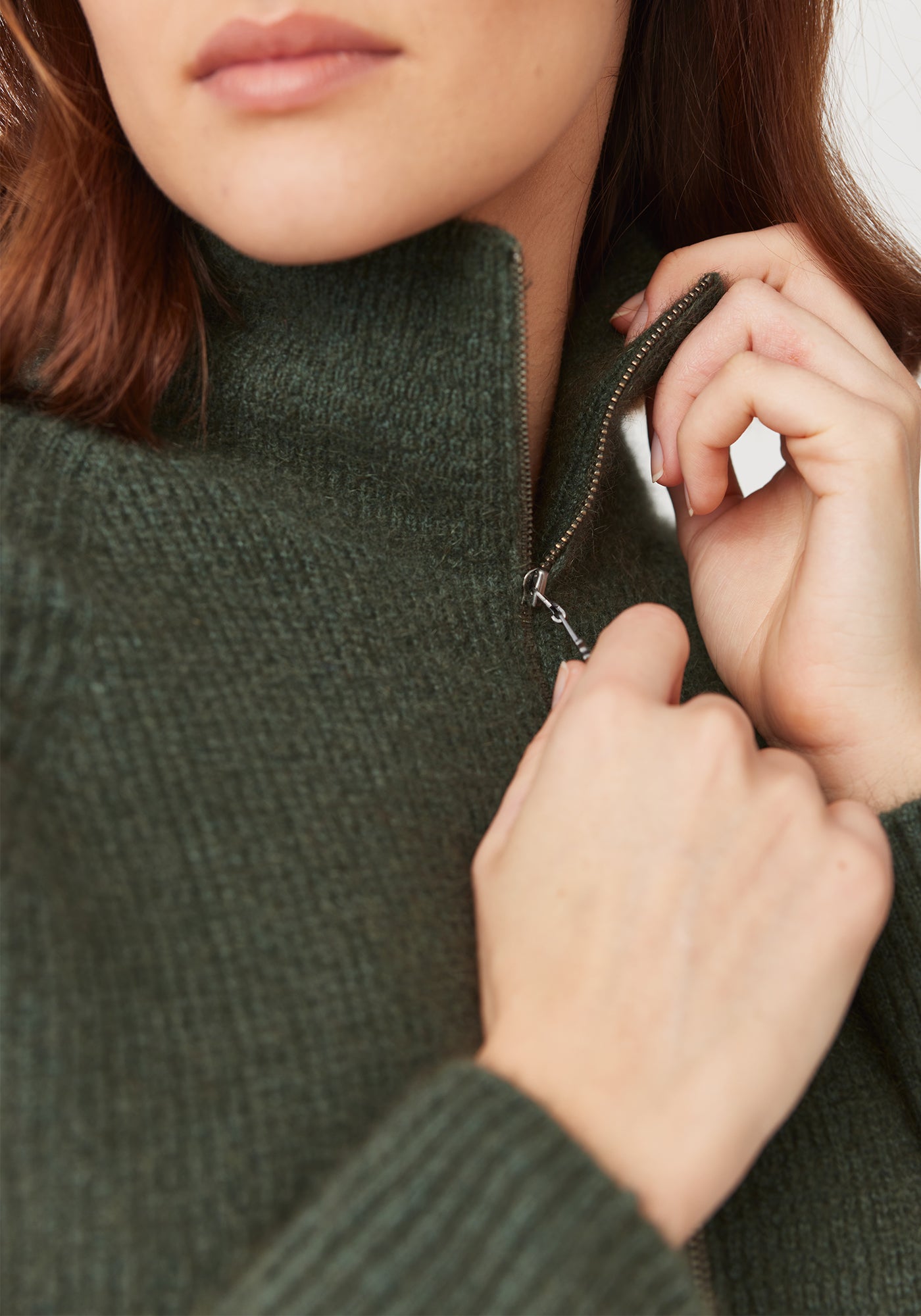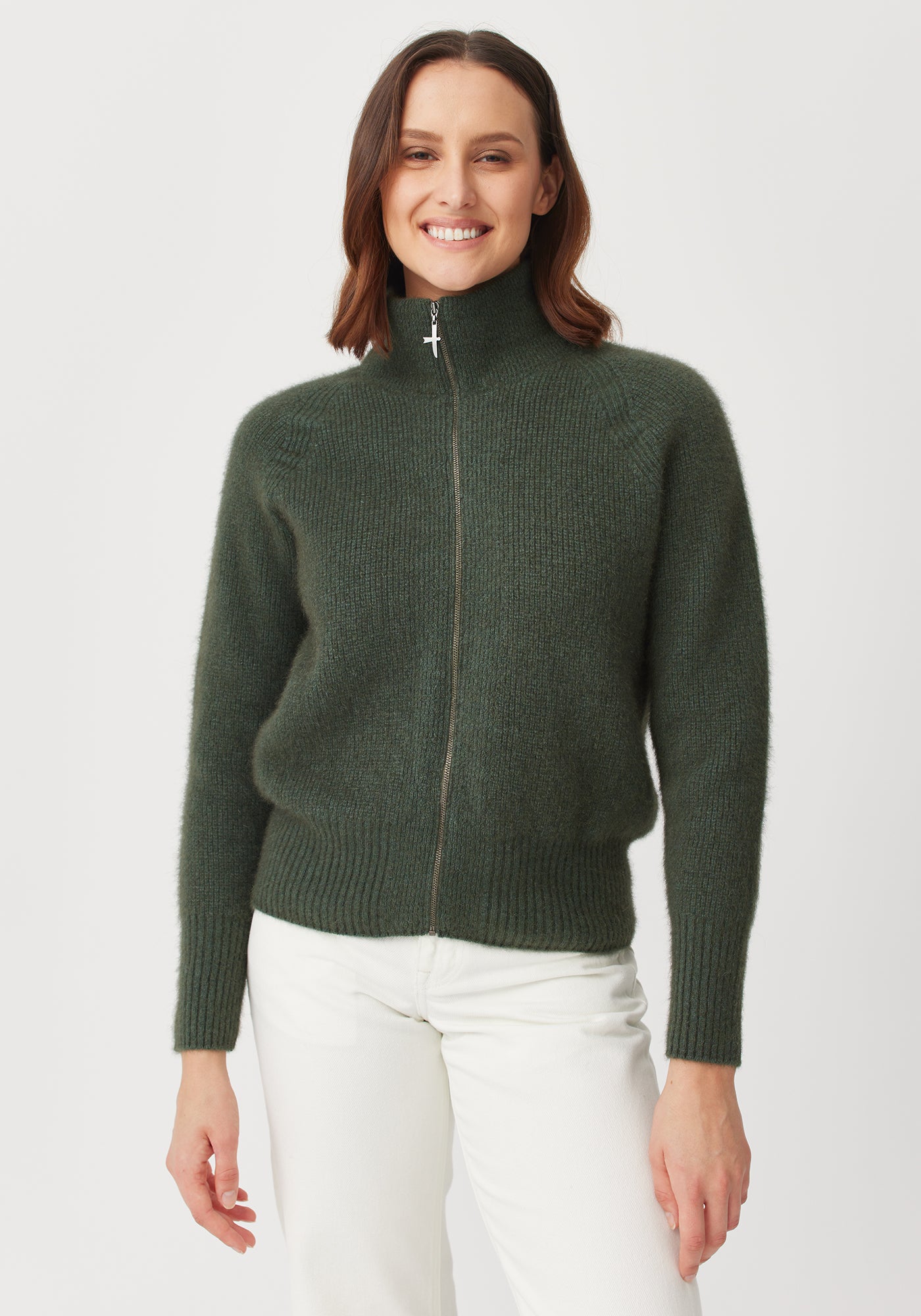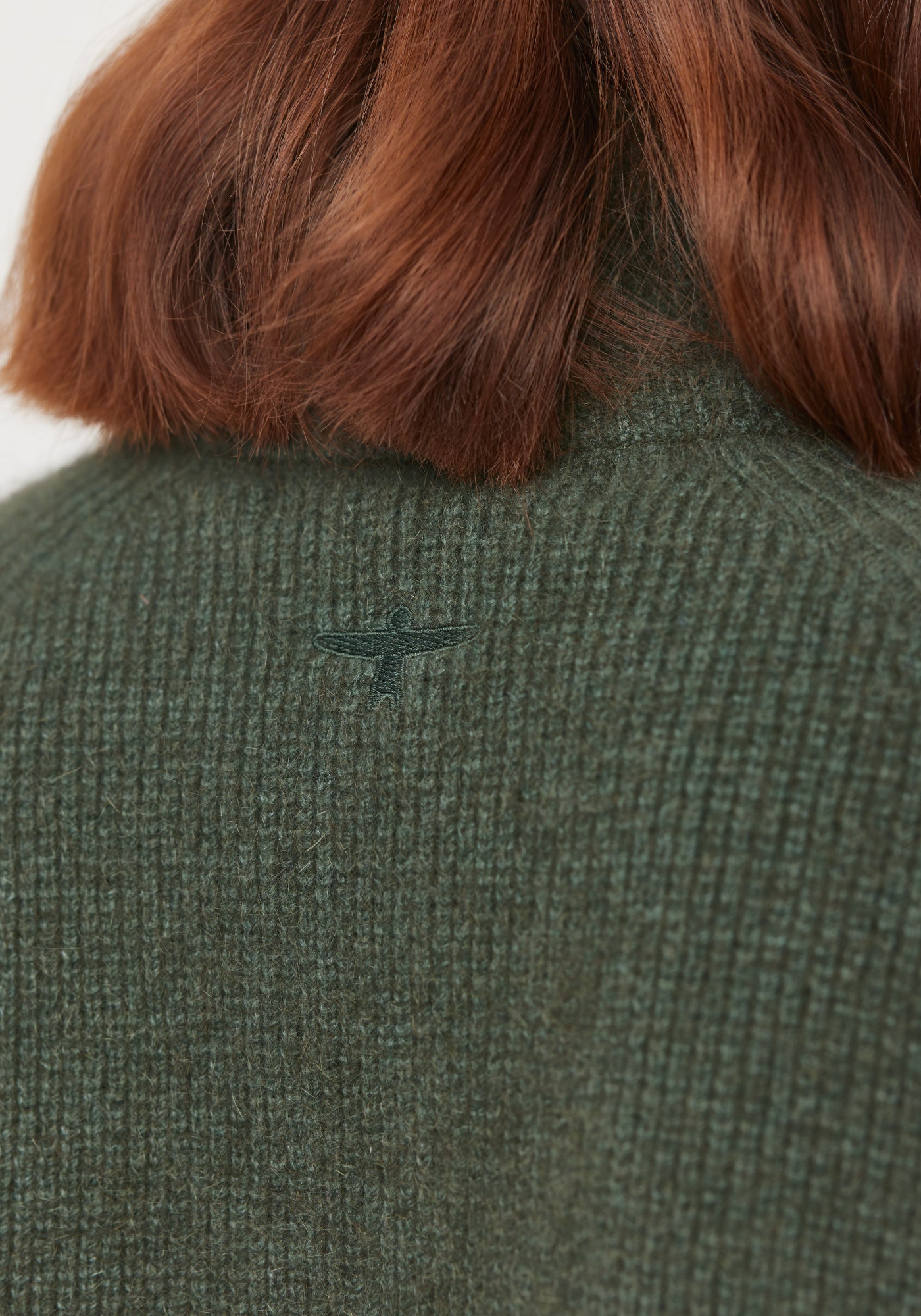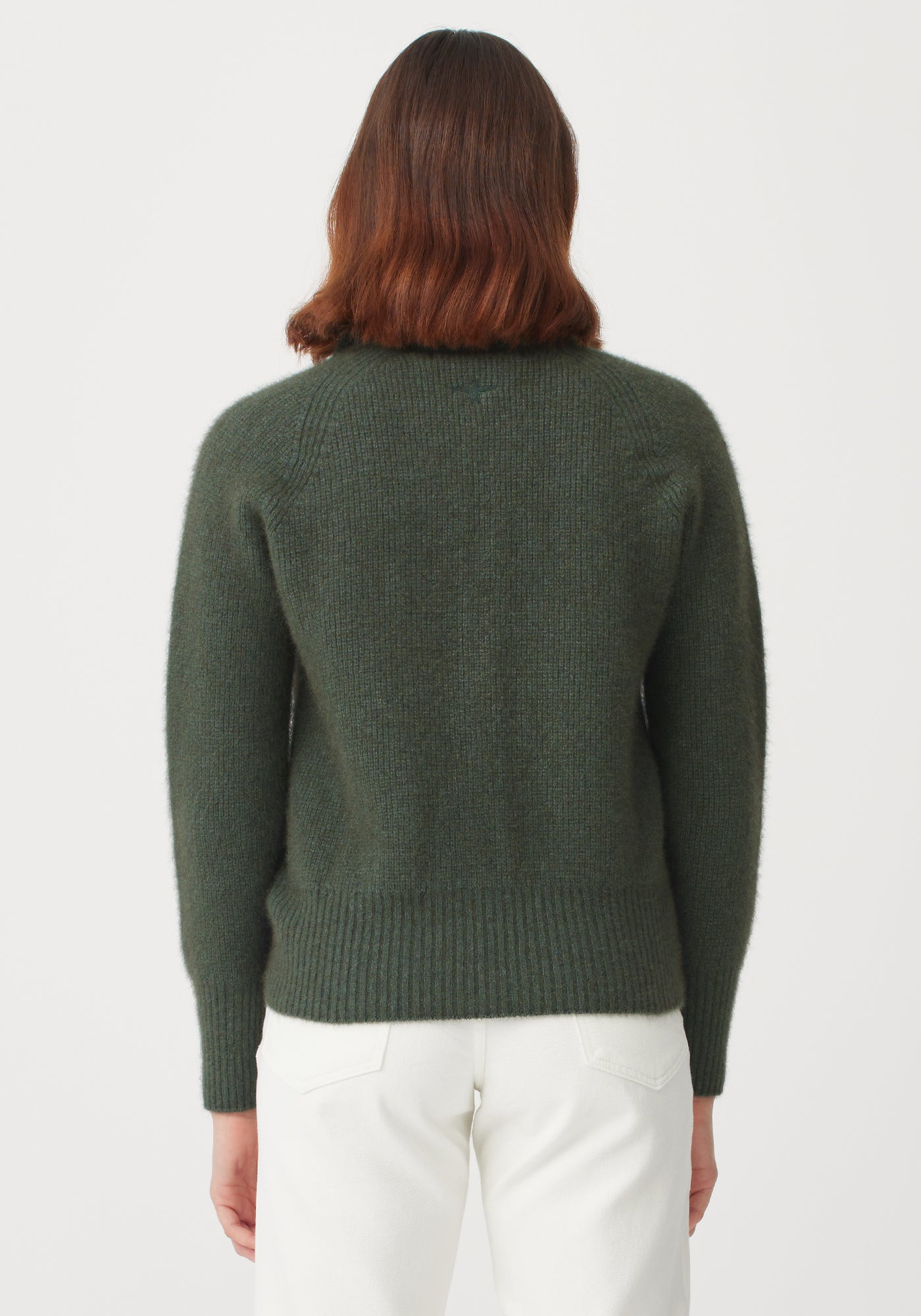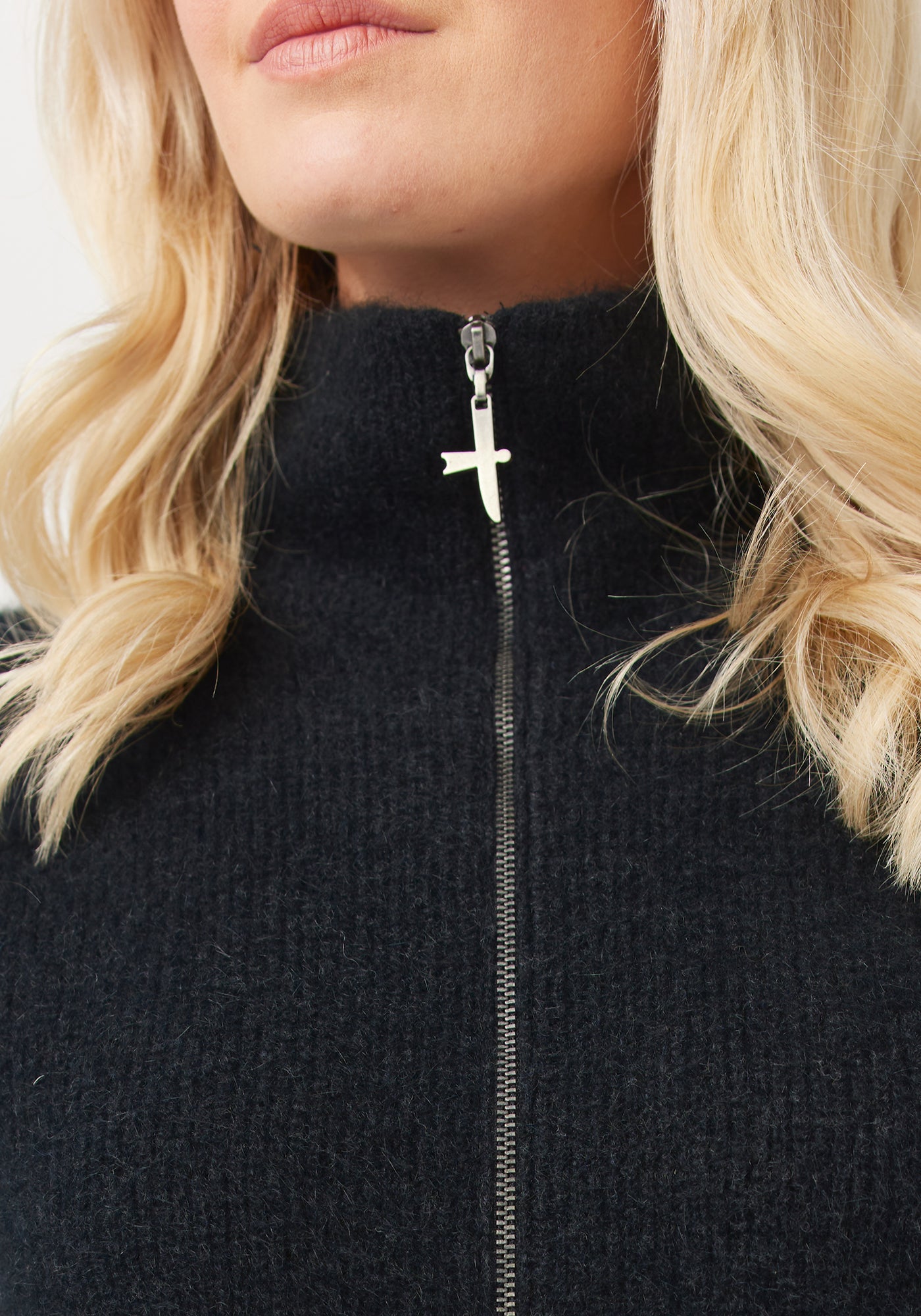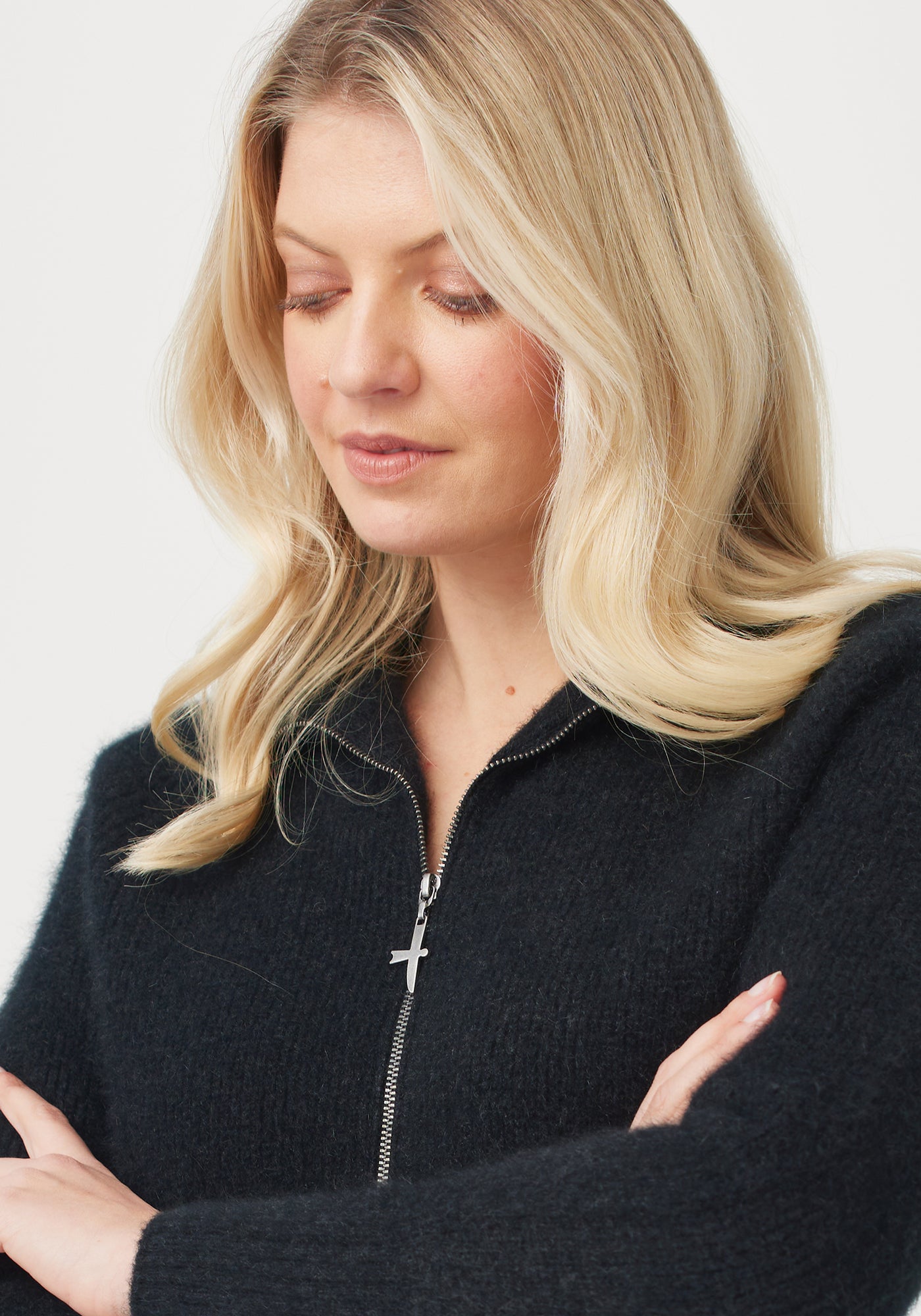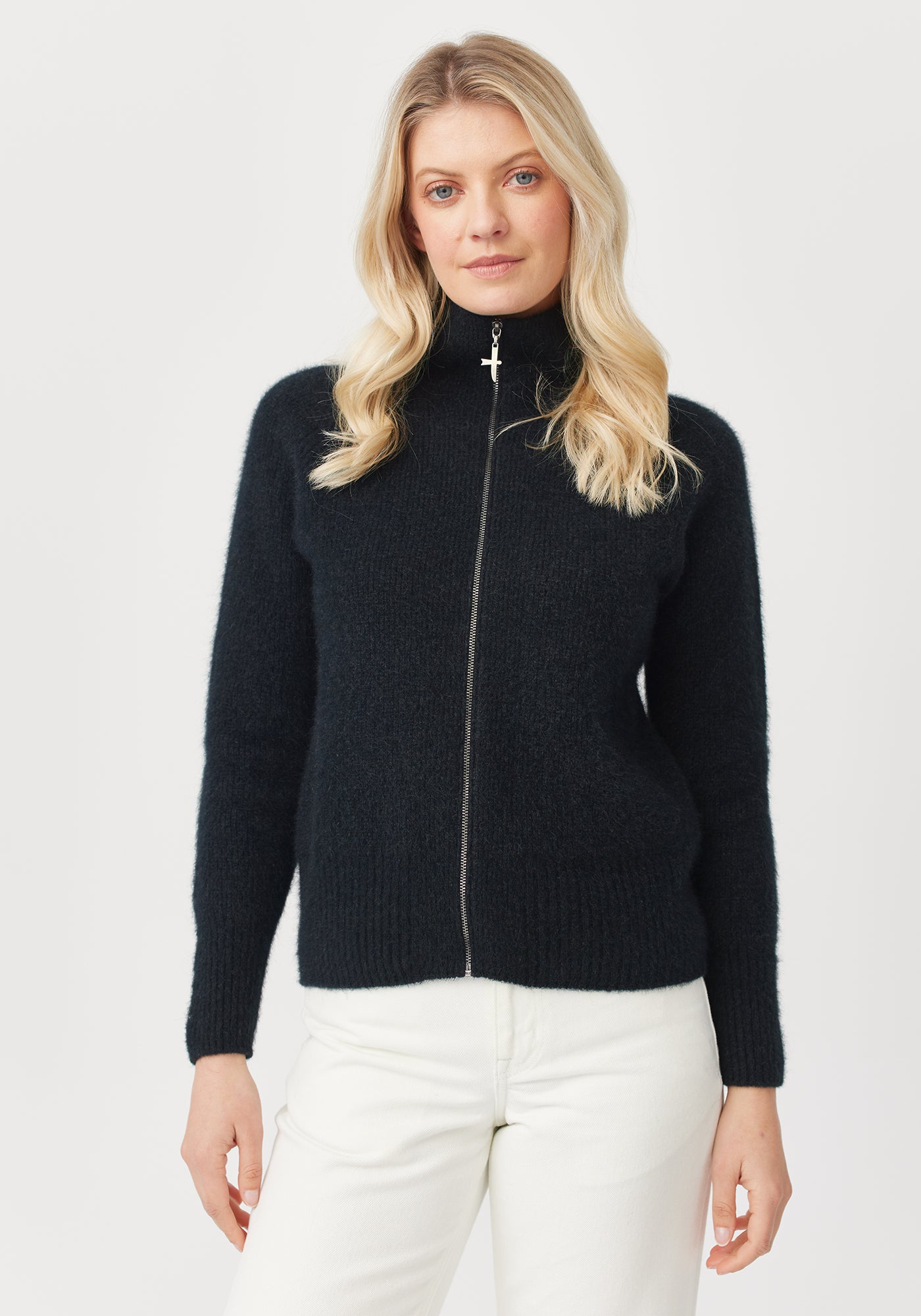Our clothes are often better travelled than we are. A typical garment can travel to five countries – sometimes as many as ten – before it reaches someone’s wardrobe. Imagine the journey: fibre is grown in one country, is then transported to another country to be turned into yarn, and then onto another country to be woven into fabric. That fabric is sent to another country to be cut and sewn, using thread that may well have come from somewhere else in the world too. The sewn garment is then sent to another country for printing or embellishment, then to another country for warehouse storage and distribution, and the customers buying the garment could live in any number of countries around the world.
When a garment covers thousands of miles while being manufactured, it racks up a sizable footprint, massively increasing its environmental impact. Local manufacturing is the opposite to this globe-trotting model. In an ideal world, fibres are sourced locally, processed locally, turned into fabric locally, and then sewn or knitted into a garment locally.
However, it’s not quite that straightforward, because not all countries create all fibres. For instance, Scotland in the UK is known for its wool industry, but its cold and wet climate means that cotton doesn’t grow there, so it must be imported.
Locally made can mean different things
If we stick with our Scottish example for a moment, a Scottish-made jumper could realistically mean a jumper made from local wool, which has been sheared and spun locally, and knitted into a jumper in a local factory. However, a Scottish-made cotton t-shirt would be a t-shirt made from cotton produced in a different country, which has then been sewn together in Scotland. Both descriptions are correct, and both ensure brand better oversight over how the people making the clothes are treated, but they mean different things and, as transparency is so important in pushing fashion forwards, it’s important to understand the difference to have the full story.

What we mean when we say locally made
We are proudly 94% New Zealand made, meaning 94% of our garments are made – sewn or knitted together - in our Christchurch workrooms. But we use a lot of local fibres and materials too, further increasing our support for our local community and decreasing the impact of our garments. For instance, over 90% of the wool we use in our collections is sourced from Glenthorne Station, a ZQ™ certified farm, just 110km away from our workroom.
We also use Ecopossum, an exclusive blend which features brushtail possum fibre. That fibre is also sourced here in New Zealand, reducing the impact of the garments which are made from it, and helping to control the possum population which poses many threats to the native flora and fauna.
For other materials such as cotton, we use fibres grown in different countries like Australia and USA, selected according to robust certifications and social and environmental responsibility. We then use this material to make Untouched World clothes here in our own workshops. In this way we can support building a better fashion industry globally, while still investing in our local community.

The movement towards hyper local
One reason brands must look outside their own borders to source materials is because the fibre used to be produced locally but it no longer is as it became cheaper to import it from another country. In other cases, the skills, resources, or facilities to process the fibre into yarn or fabric are reduced or simply no longer exist. For instance, while our merino wool is sourced from a local farm it is still sent offshore for scouring (removing the natural dirt and grease) and processing. Some of it is spun into yarn offshore, while some is spun locally here in NZ.
To counteract the scattered nature of the fibre supply chain, some pioneers are looking to reestablish the old way of doing things in their countries. For example, in the beautiful film The Nettle Dress, UK textile artist Allan Brown spends seven years making a dress by hand using only locally foraged nettles. In the US, Winona’s Hemp is aiming to reestablish locally grown hemp for fossil fuel-free textiles, with the next step being to build a mill to process the hemp on-site and turn it from plant into fibre. Here in New Zealand, meanwhile, graduates Ben Scales and William Murrel have created KiwiFibre, a composite material made from harakeke, New Zealand’s native flax which was traditionally used to make everything from baskets to clothing. In creating new demand for the crop by using it to create textile products, the pair hope to reinvigorate the industry around highly prized harakeke.
Many similar projects are cropping up globally and demonstrate a growing appetite for locally-made clothing manufactured from locally-made materials, which will be a great step forward for reducing the carbon footprint of our clothes.
Will fashion ever be 100% local? We don’t think so. Not only because it’s not possible for all countries to produce all fibres but because we also think it’s important that brands support sustainable production globally to build a better future for all. This isn’t an either/or kind of issue, but ultimately the fewer stops on the journey from fibre to finished garment, the better.
To learn more about locally-made fashion:














